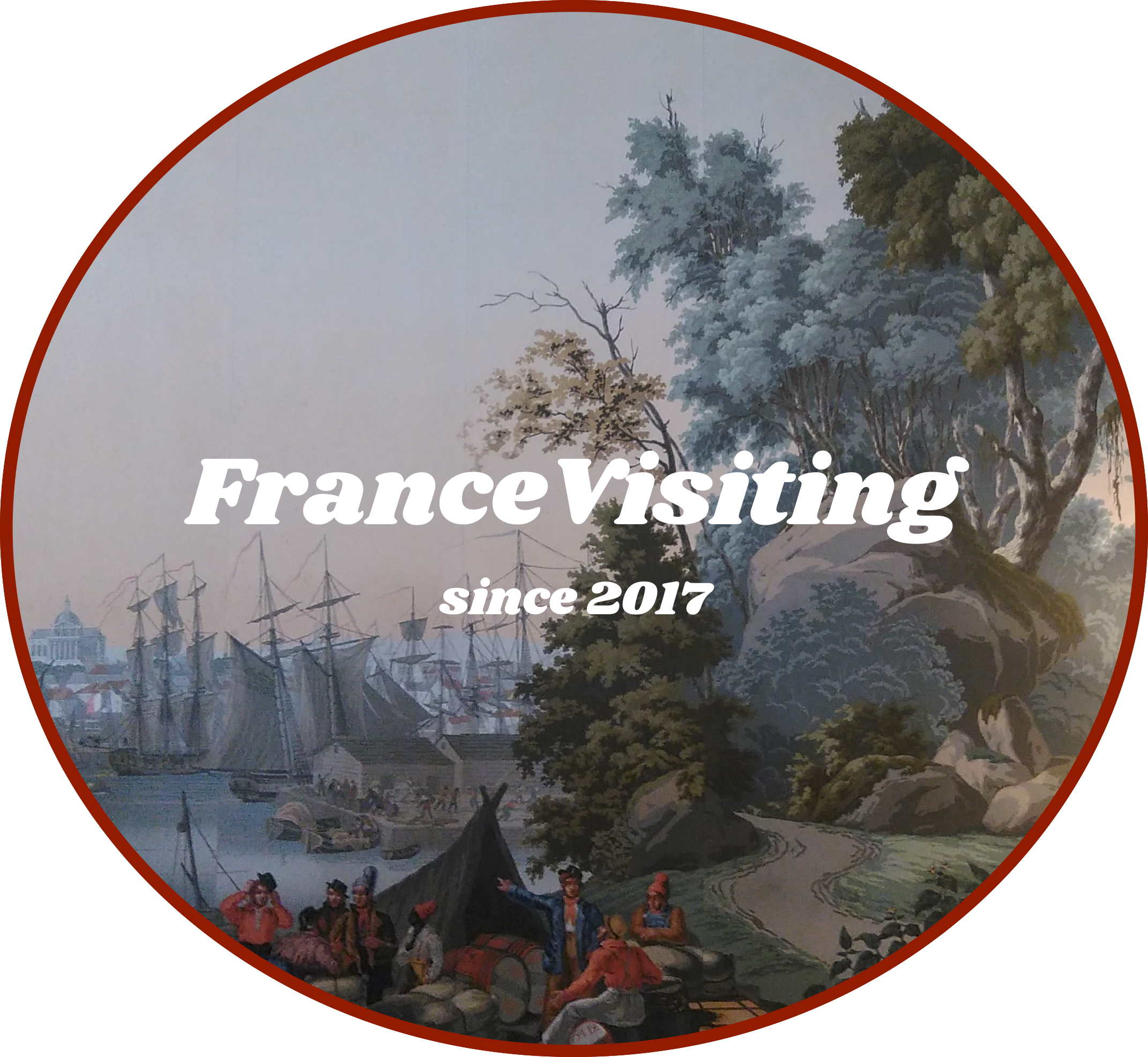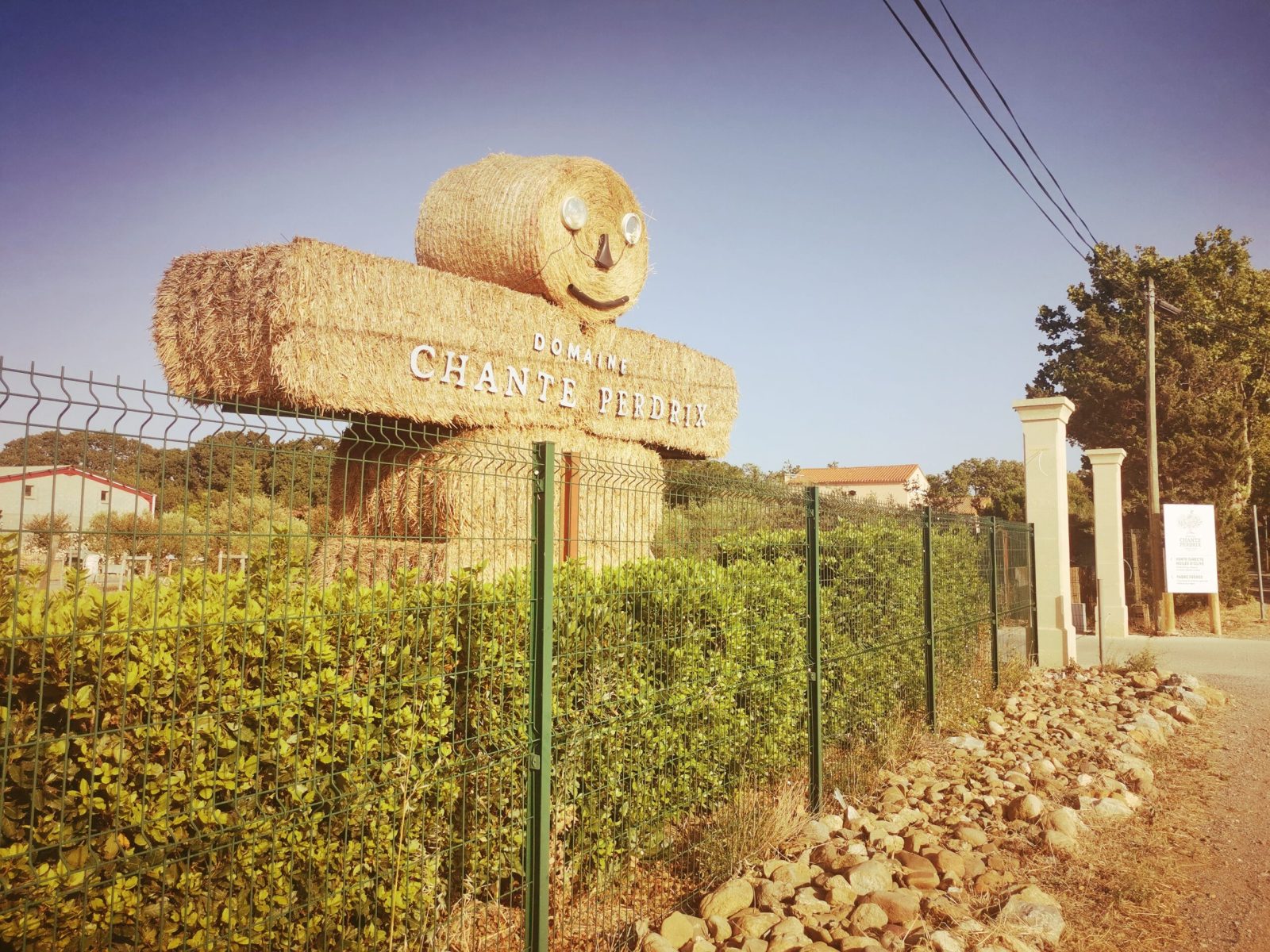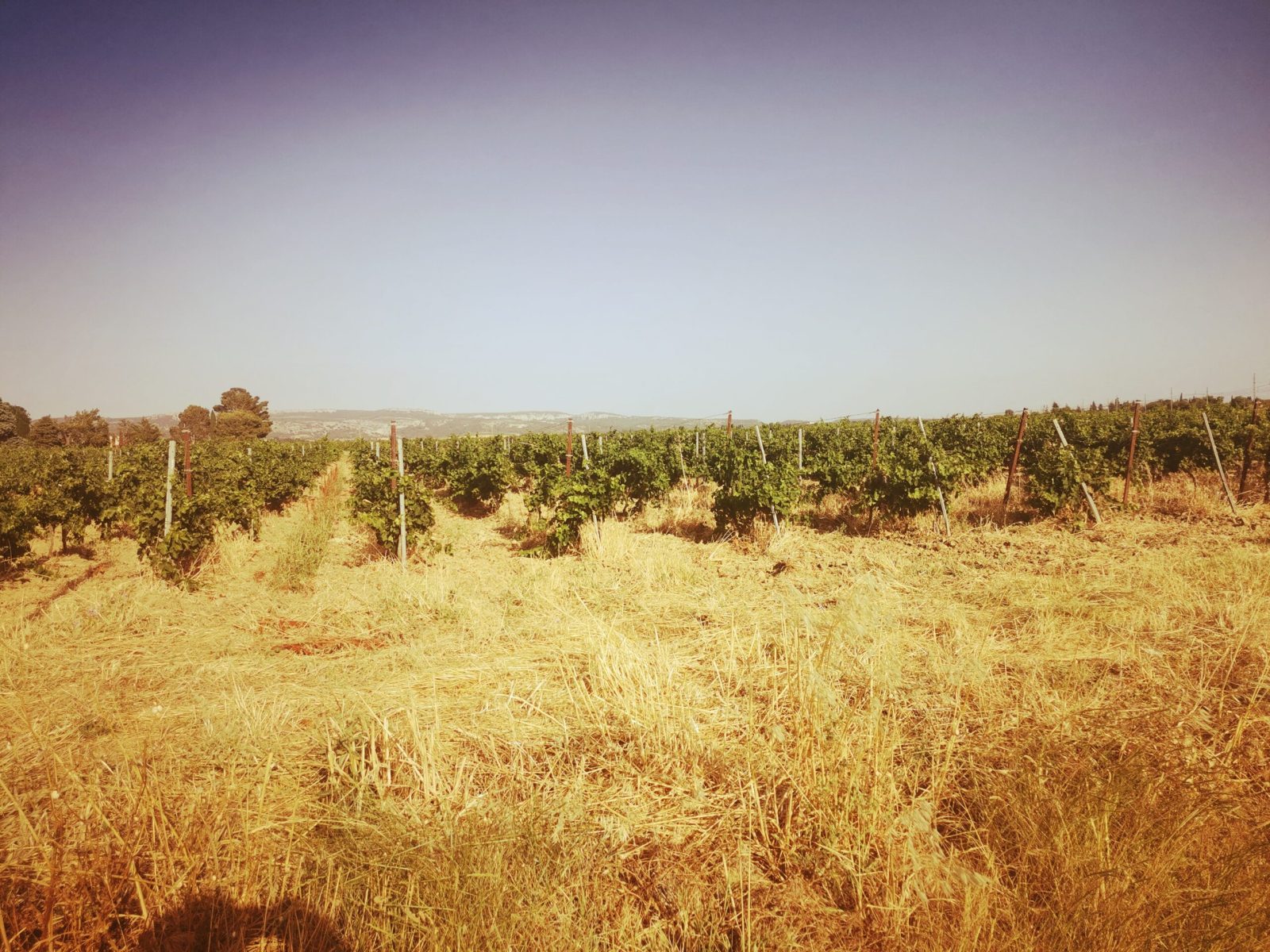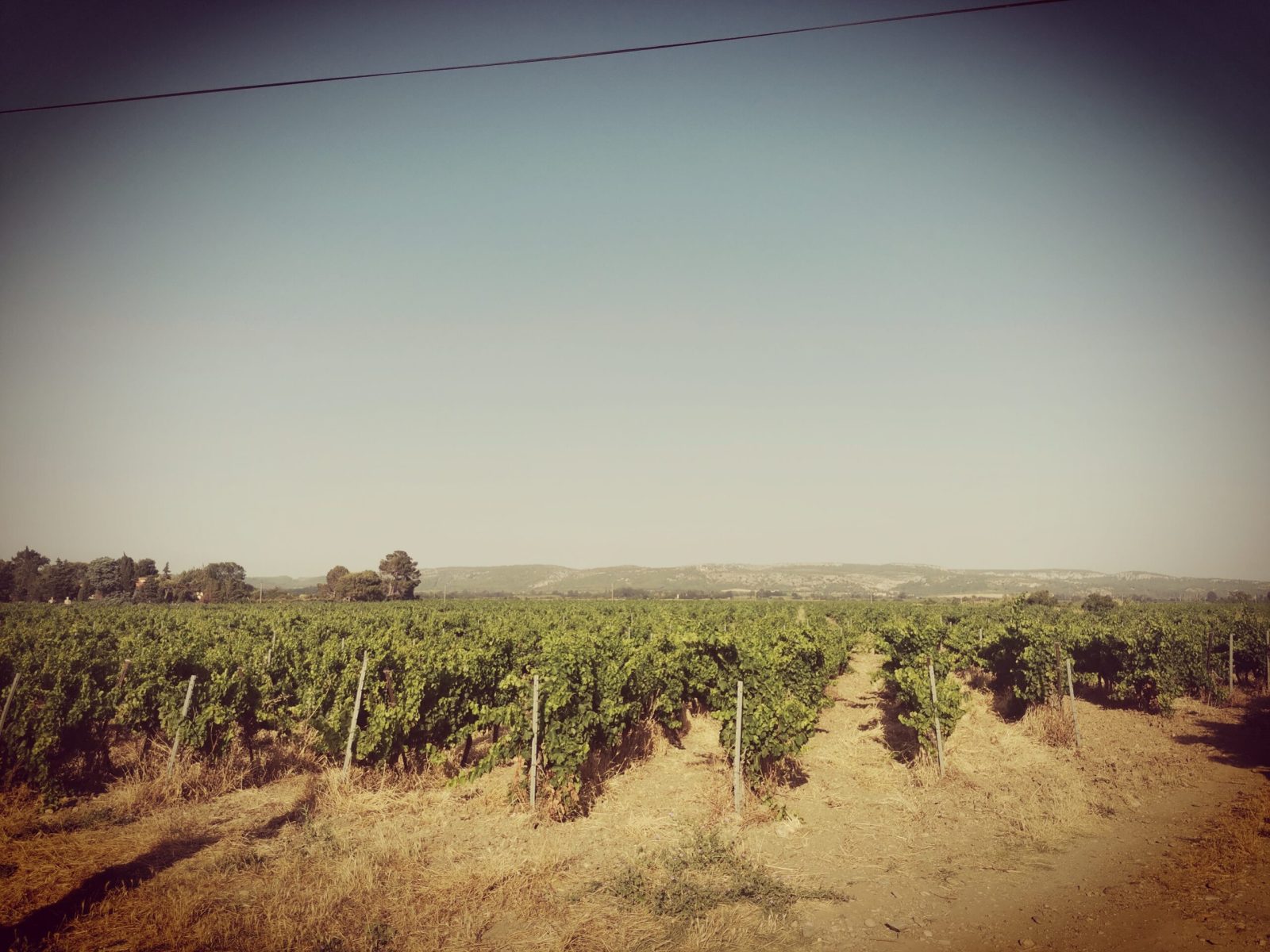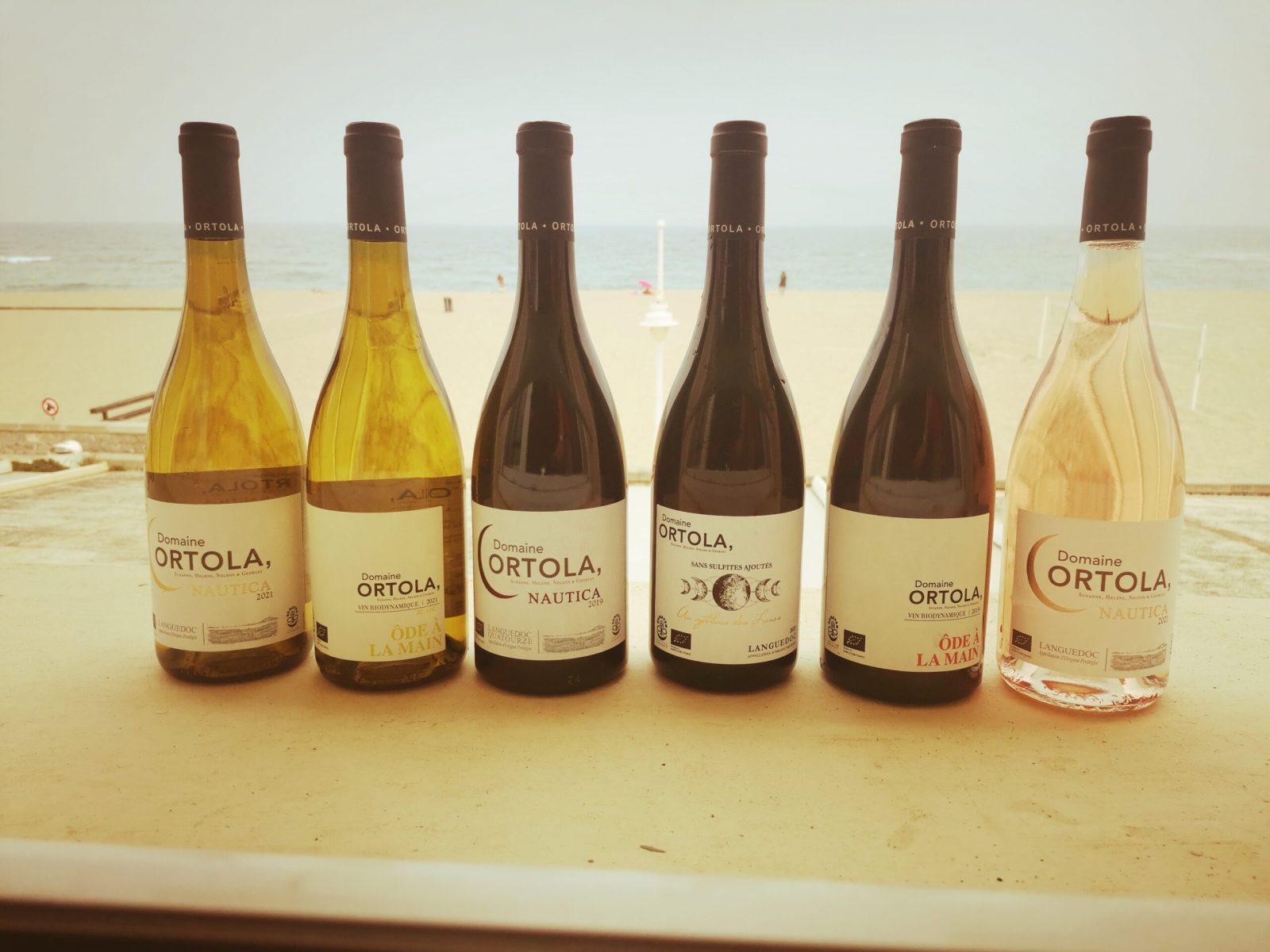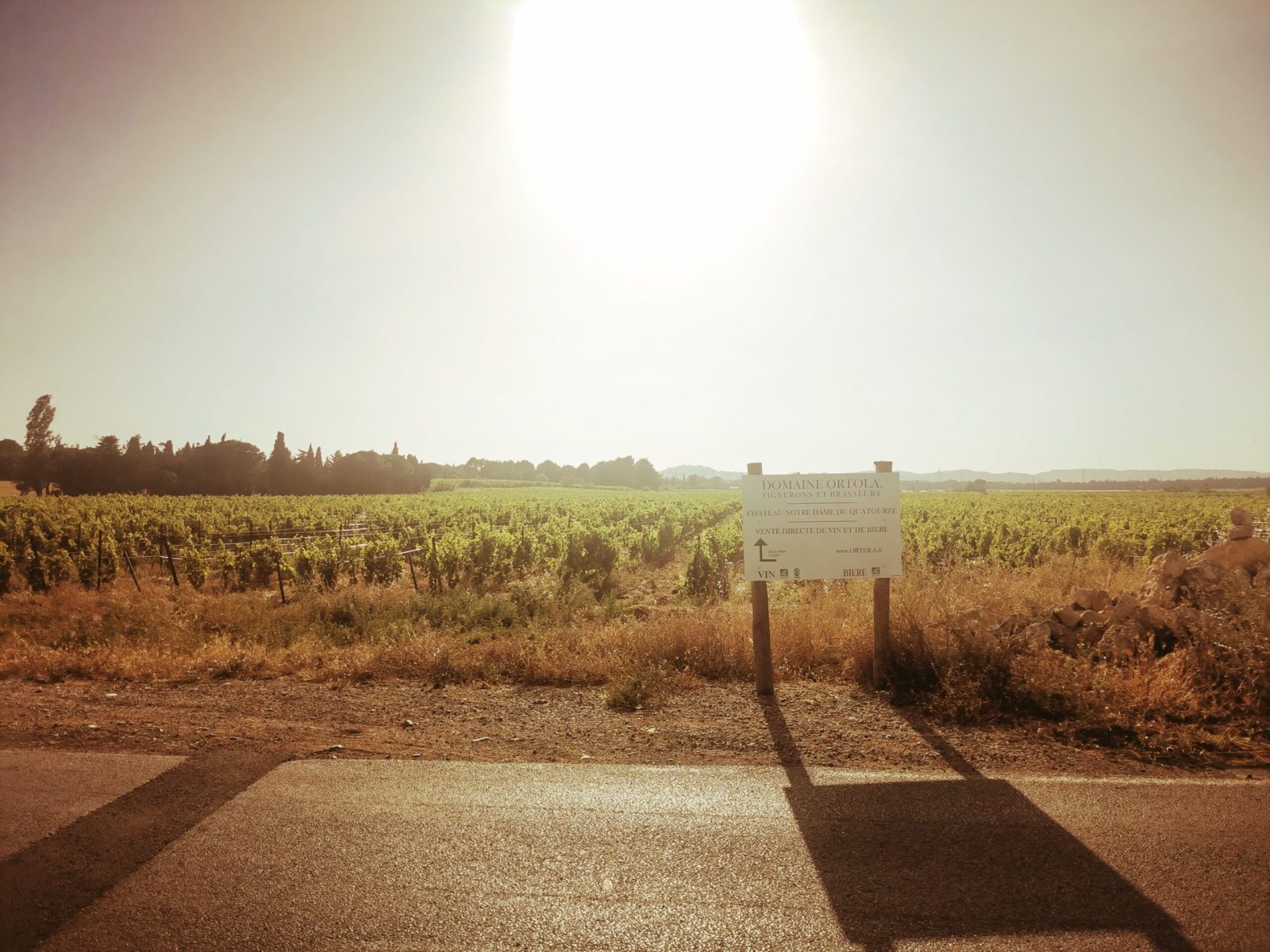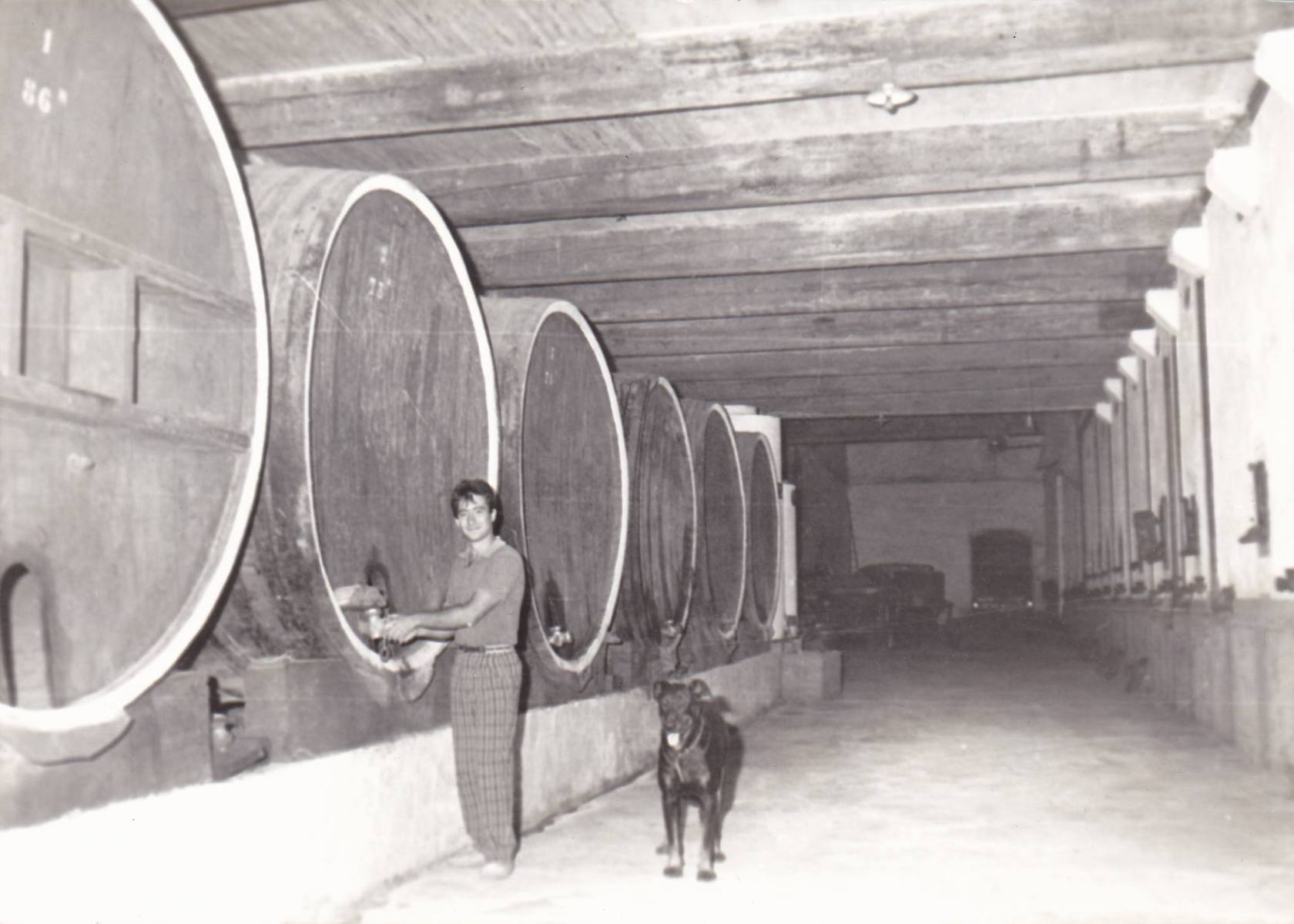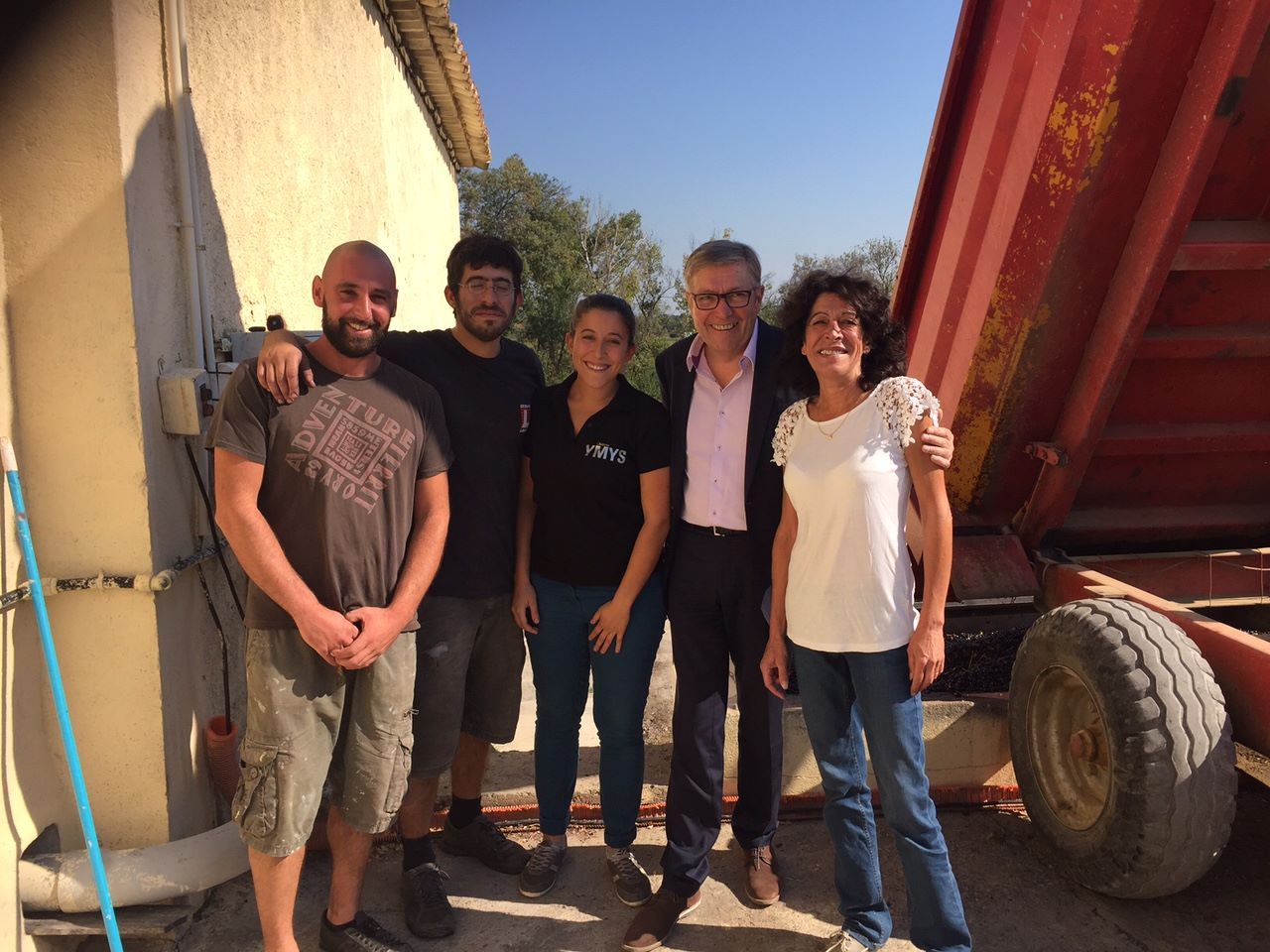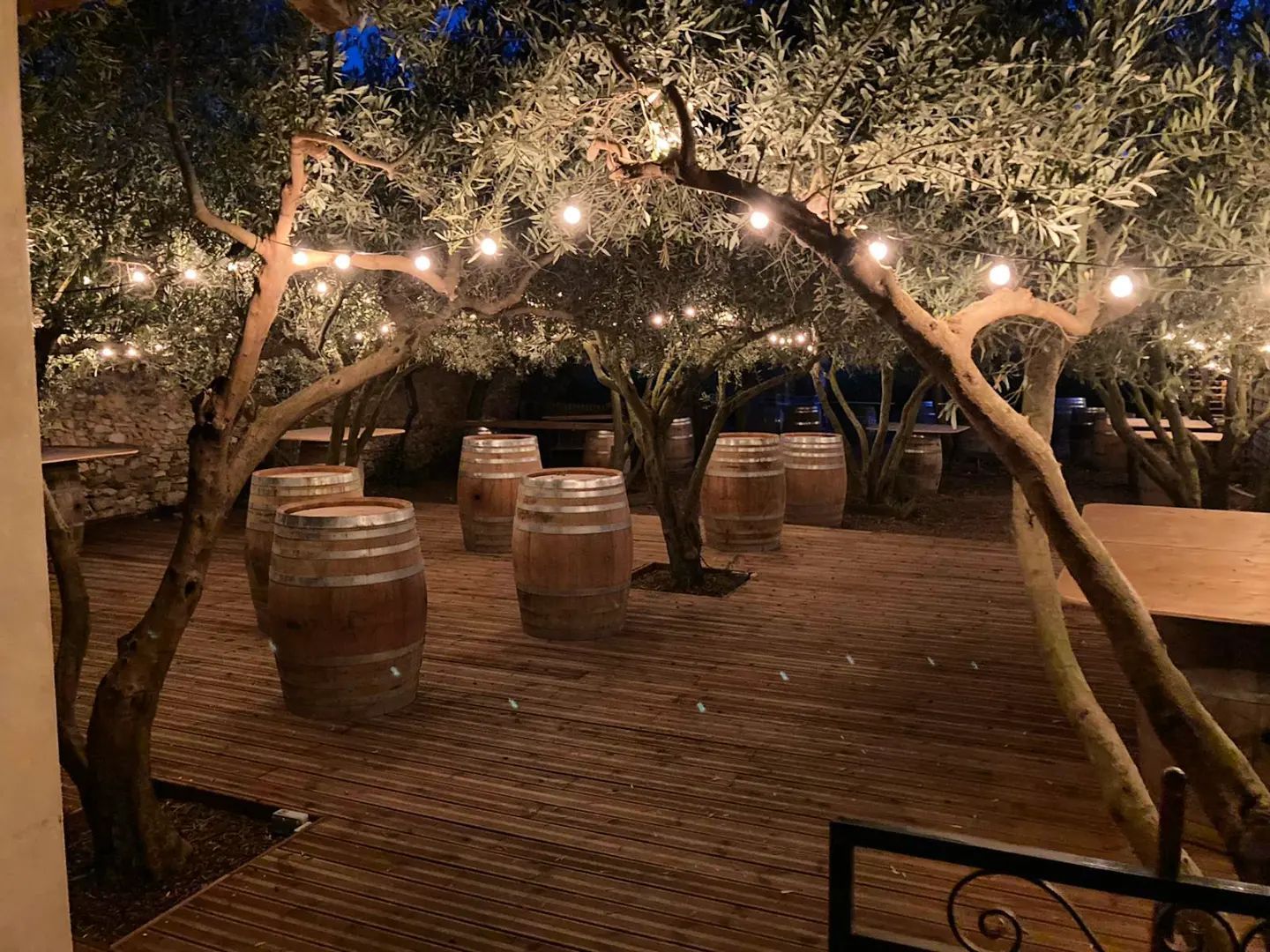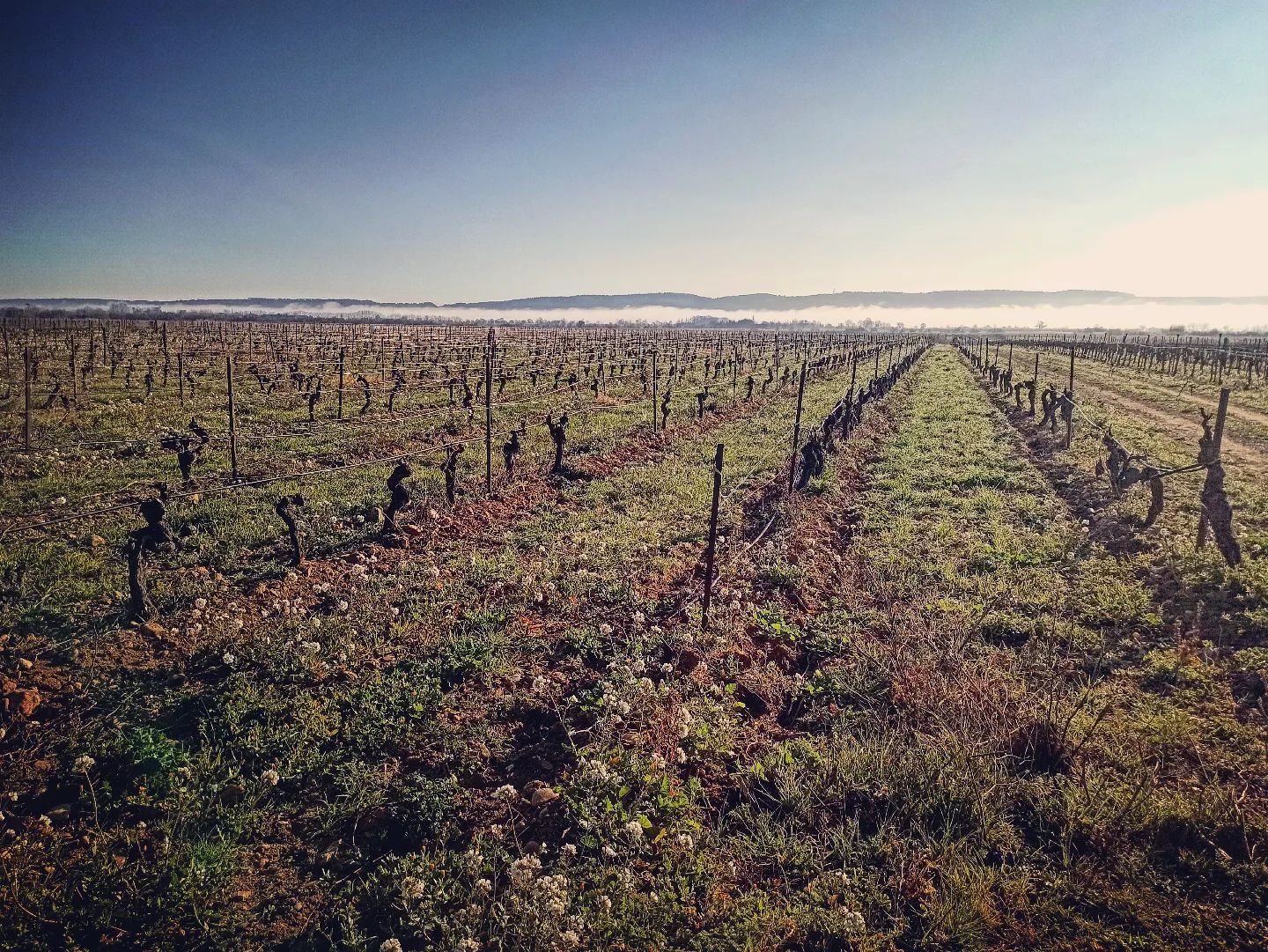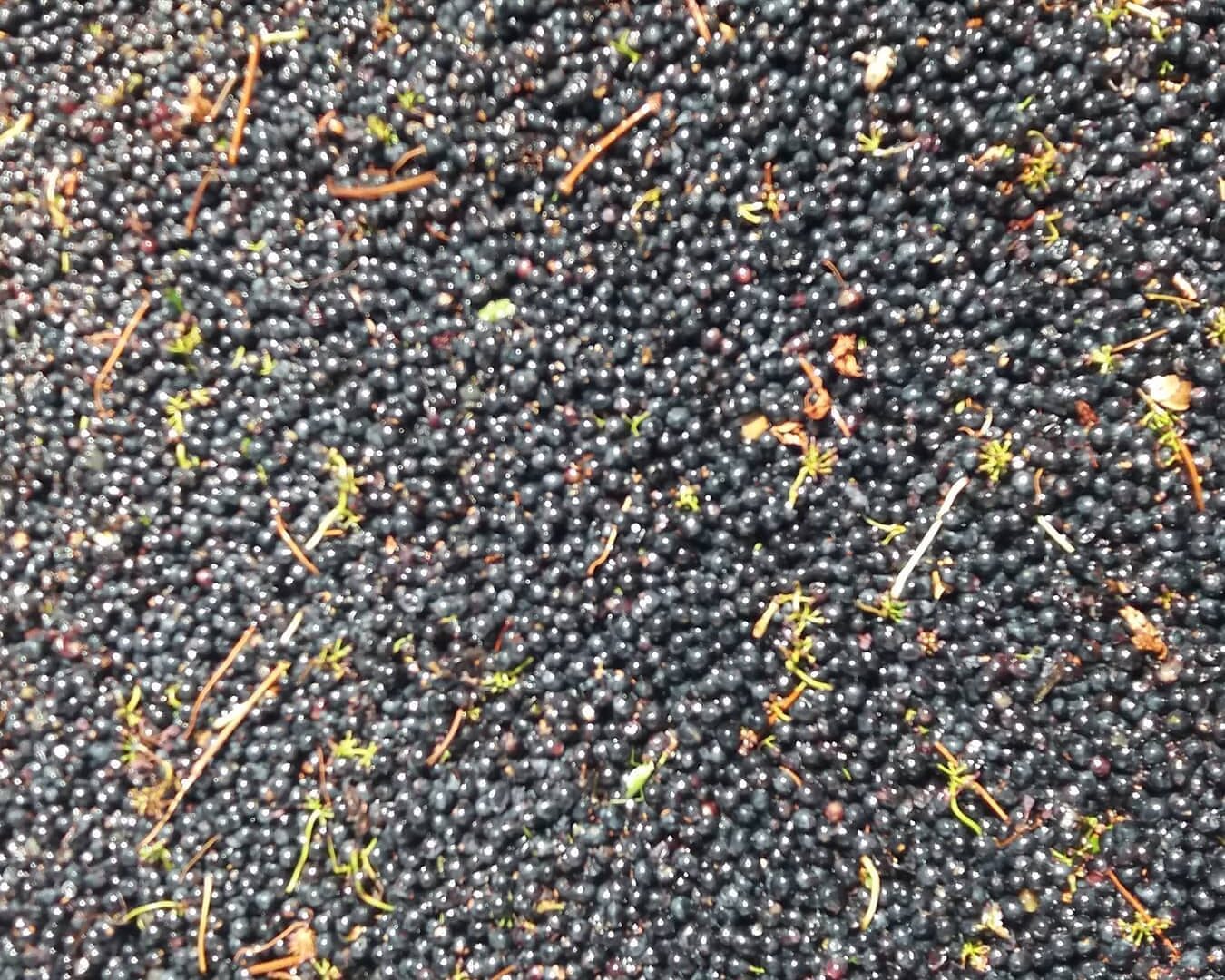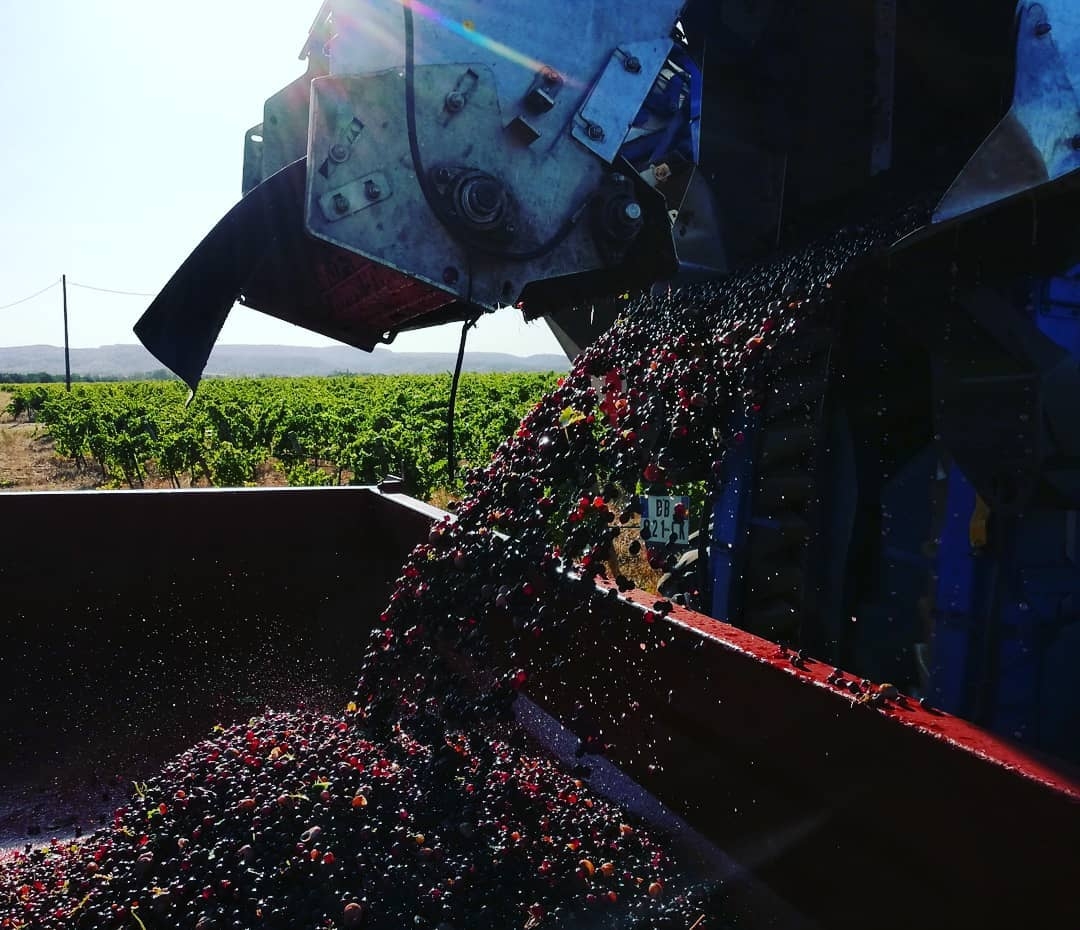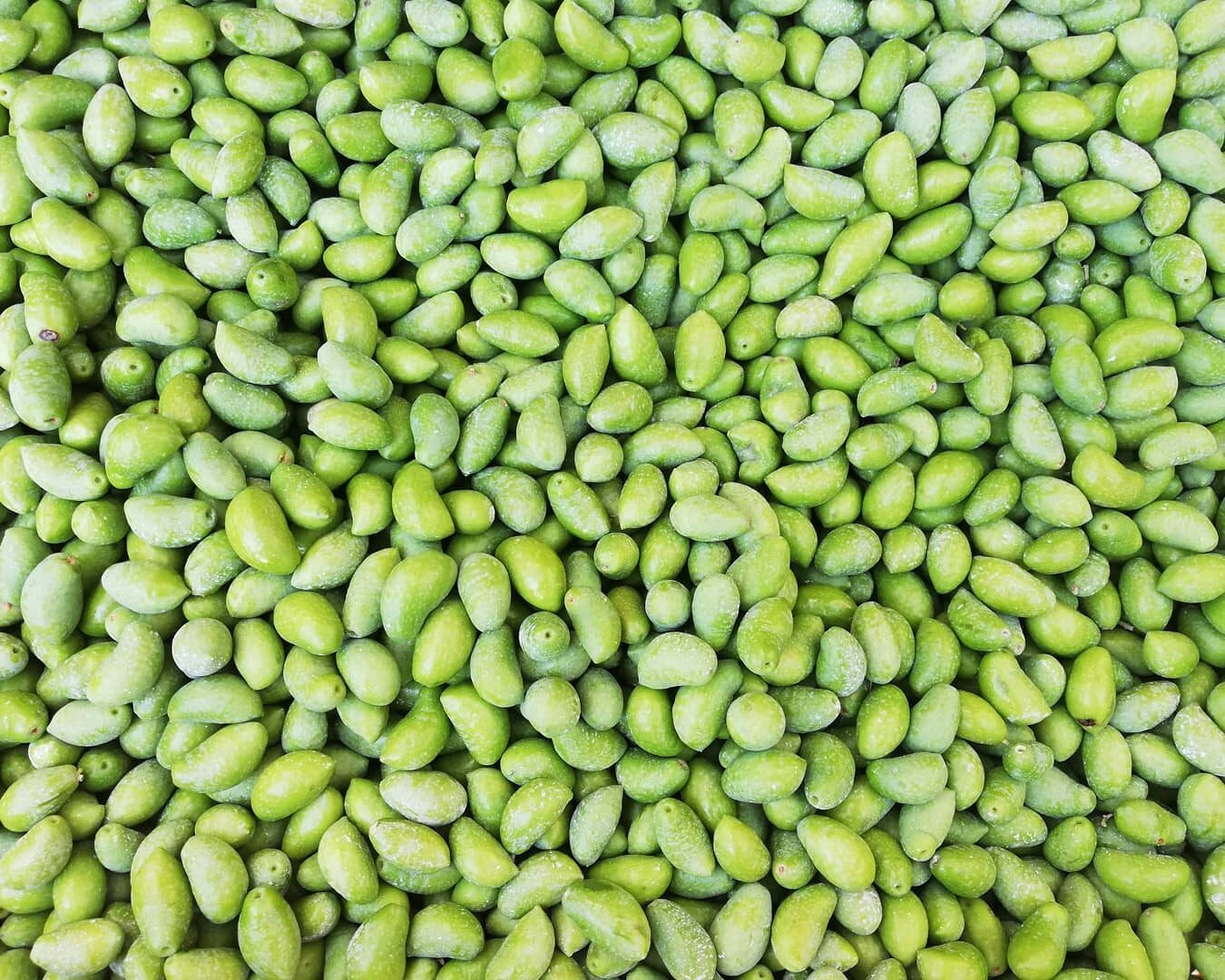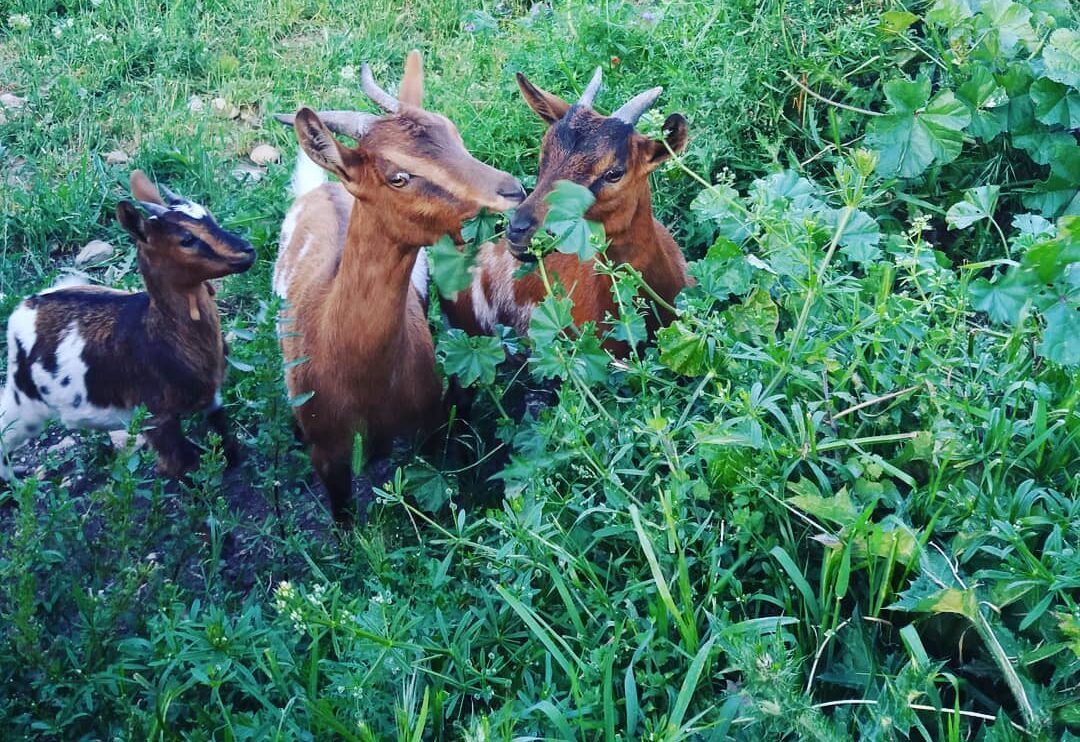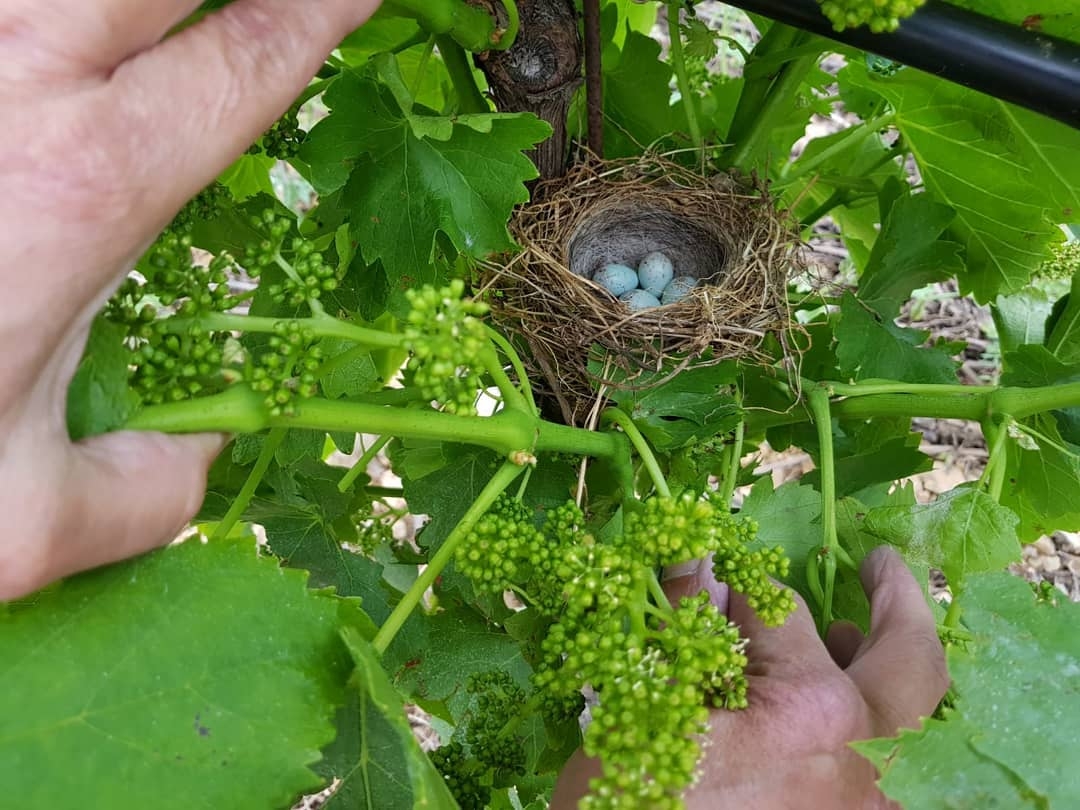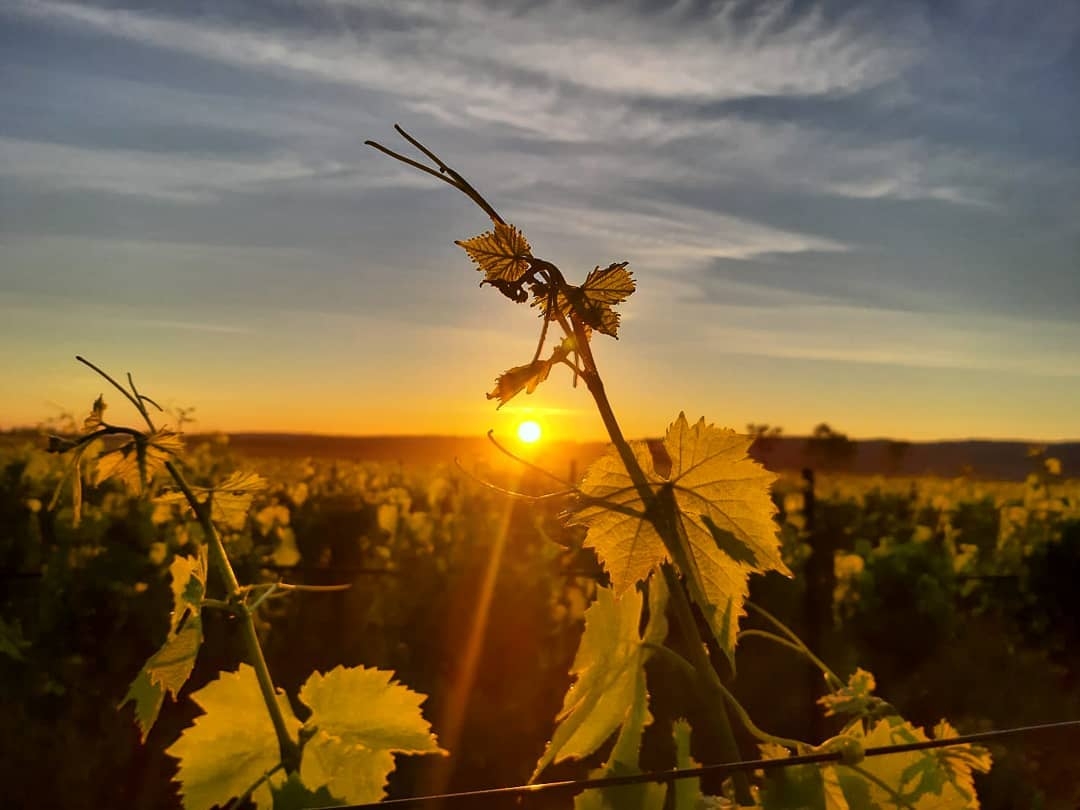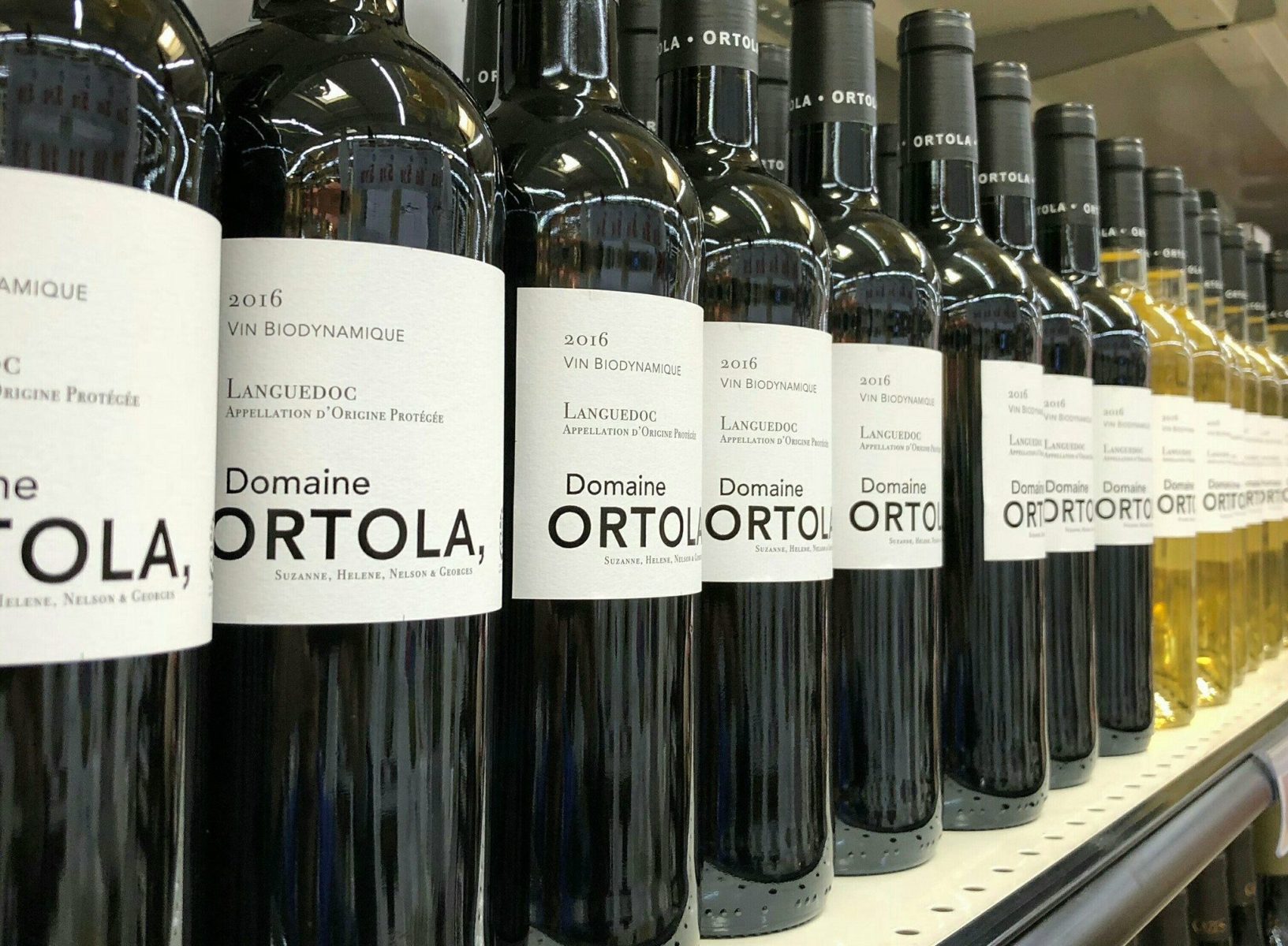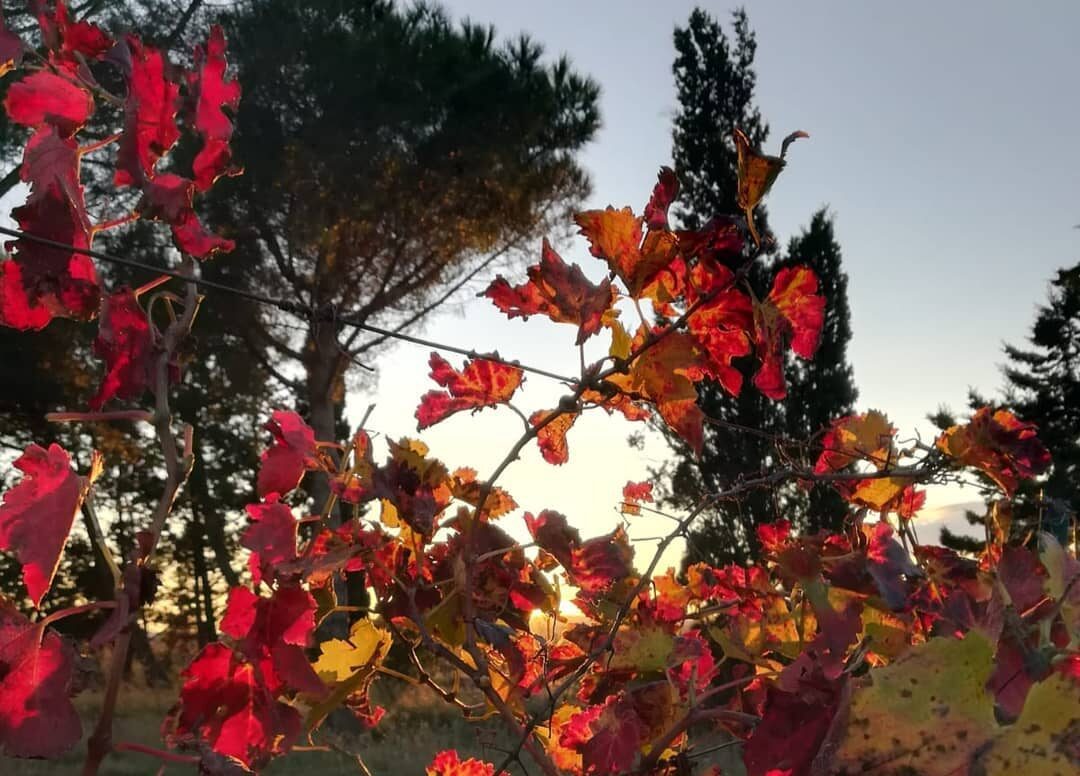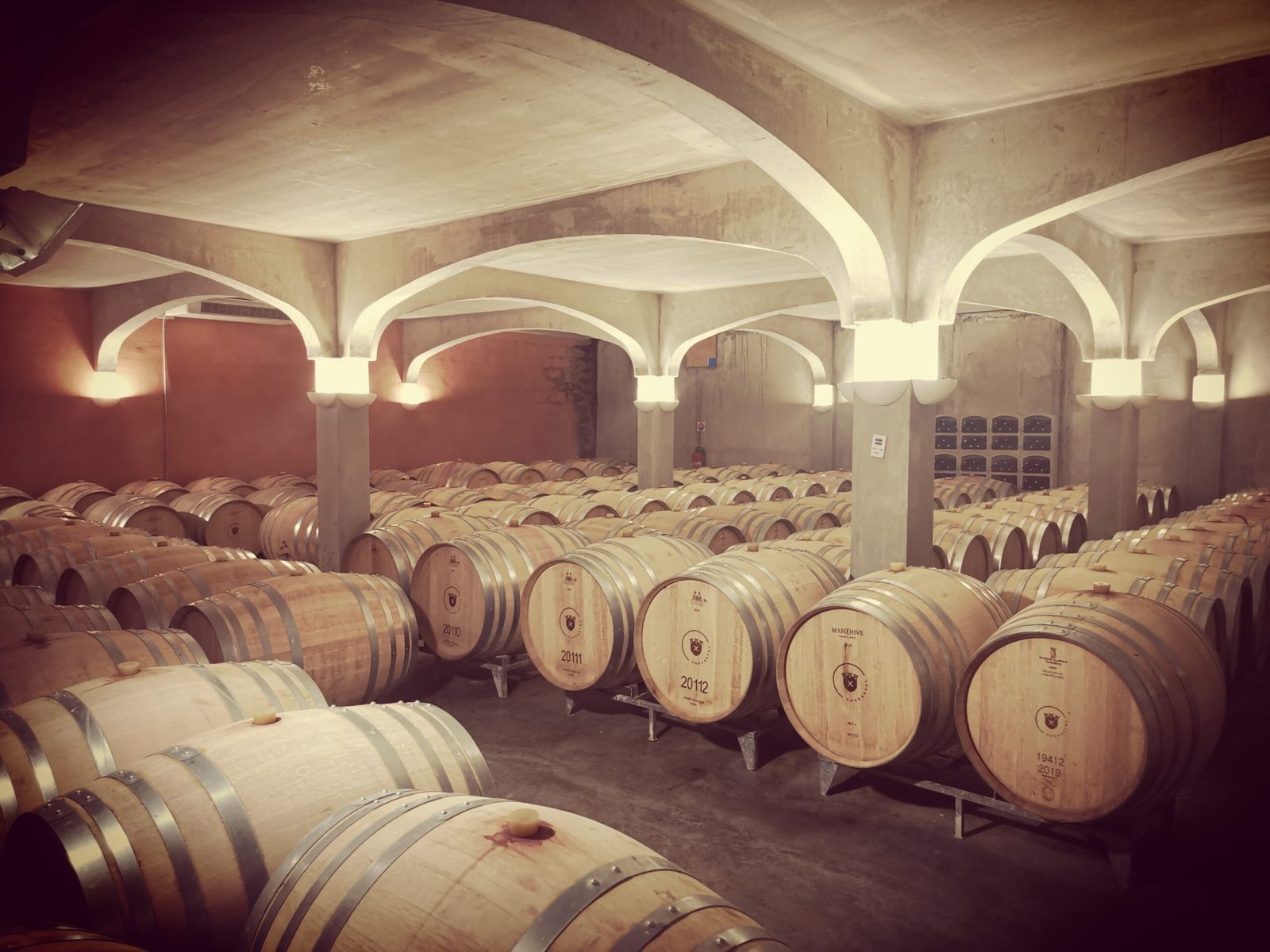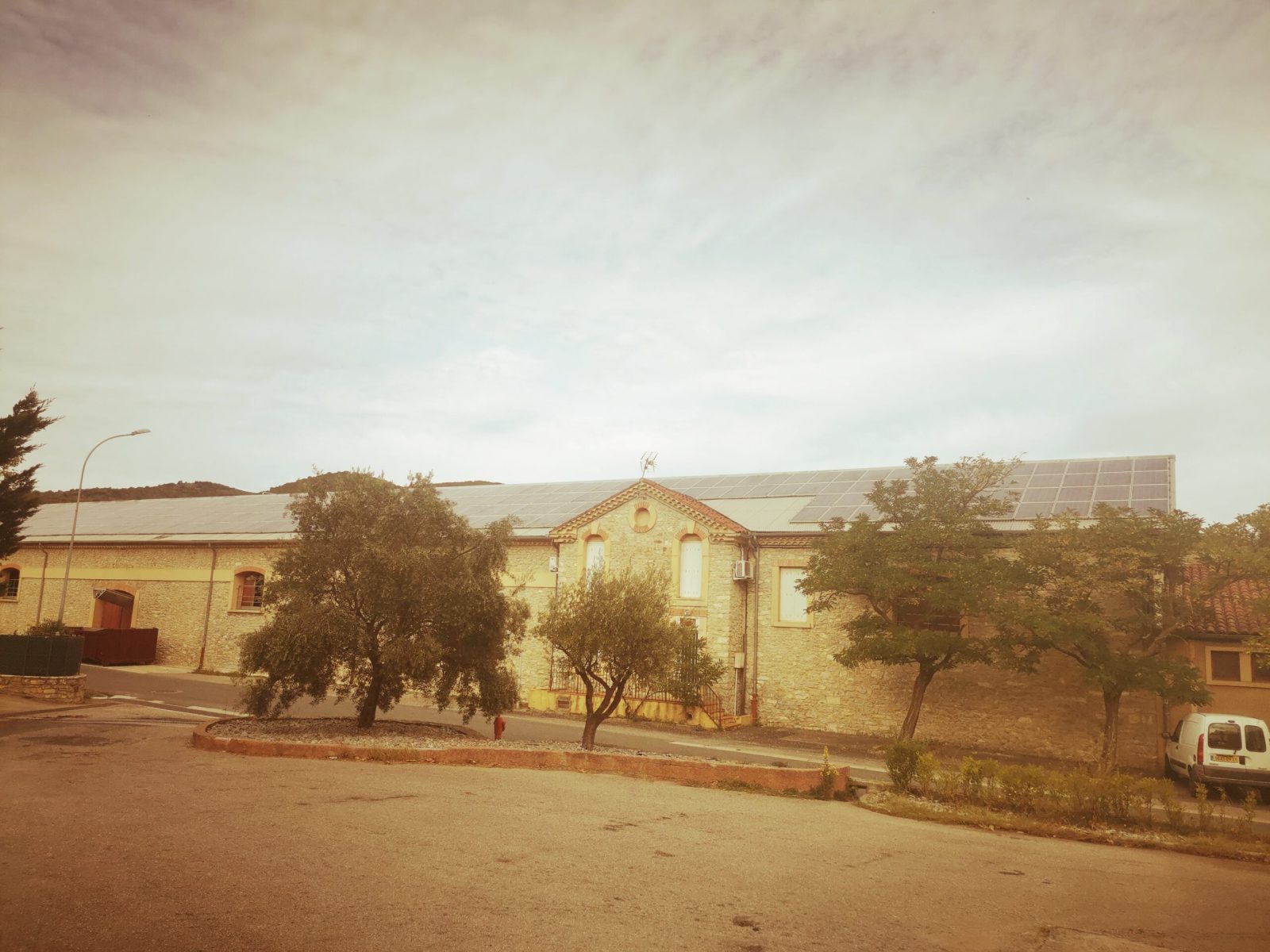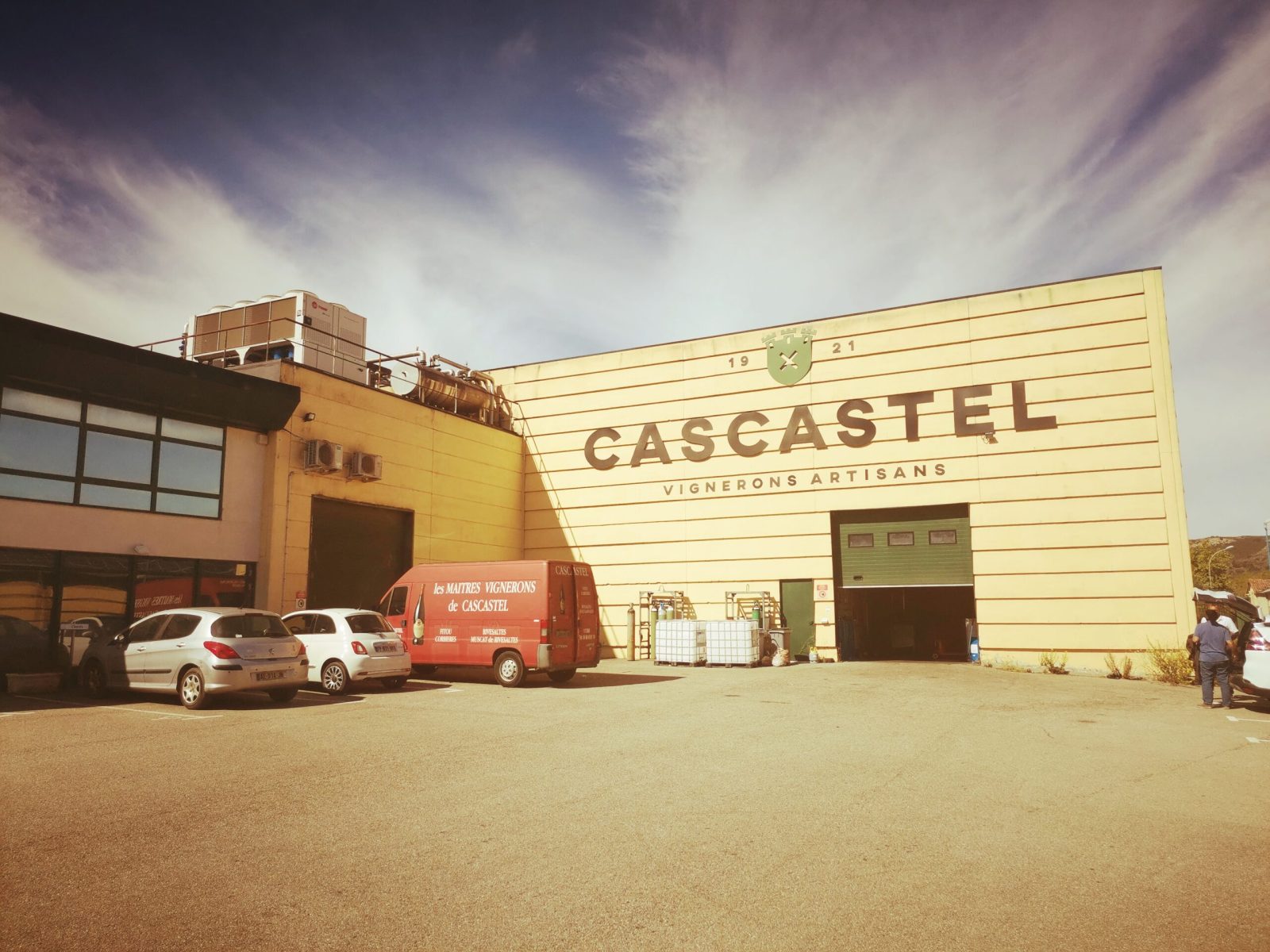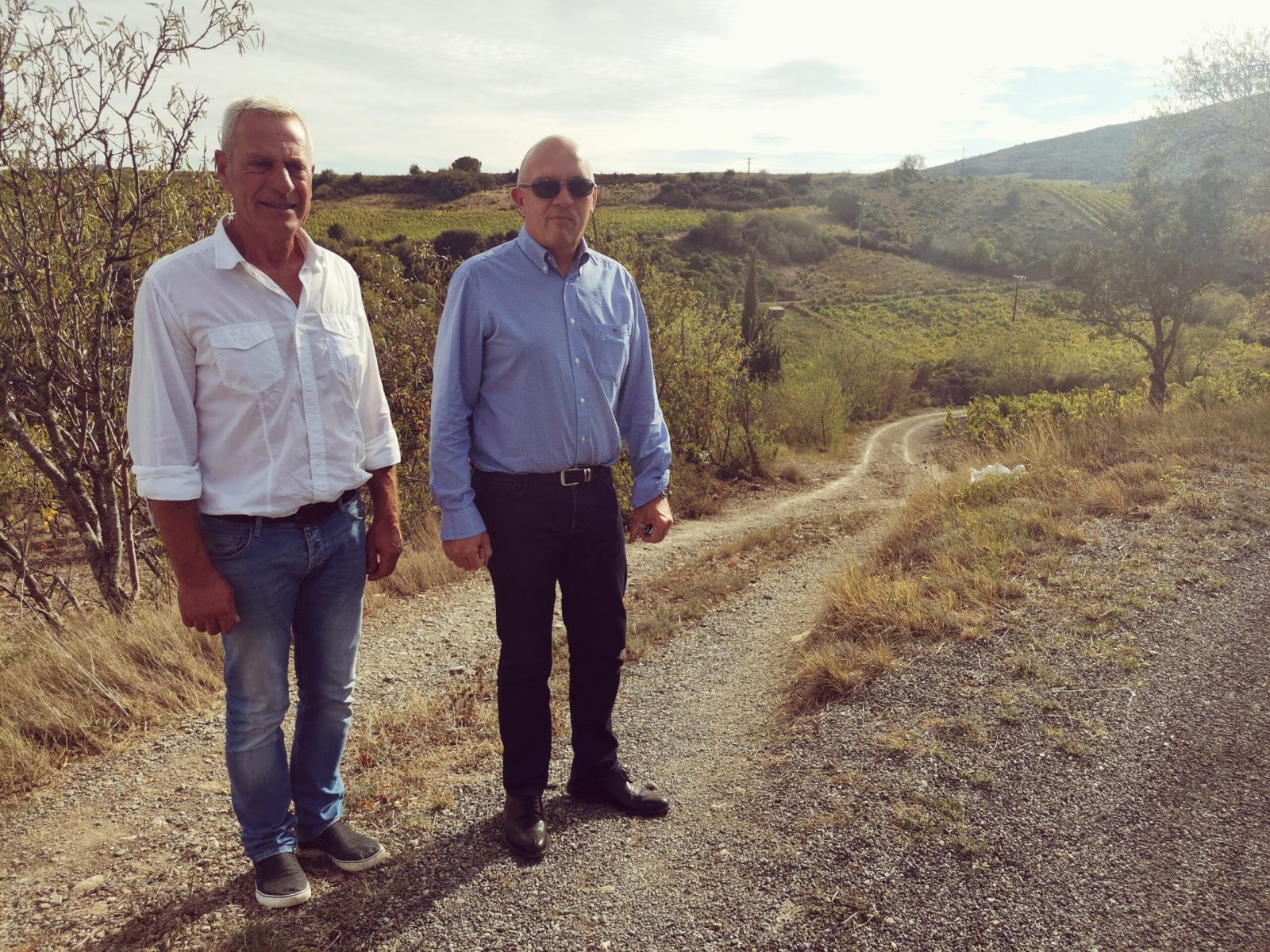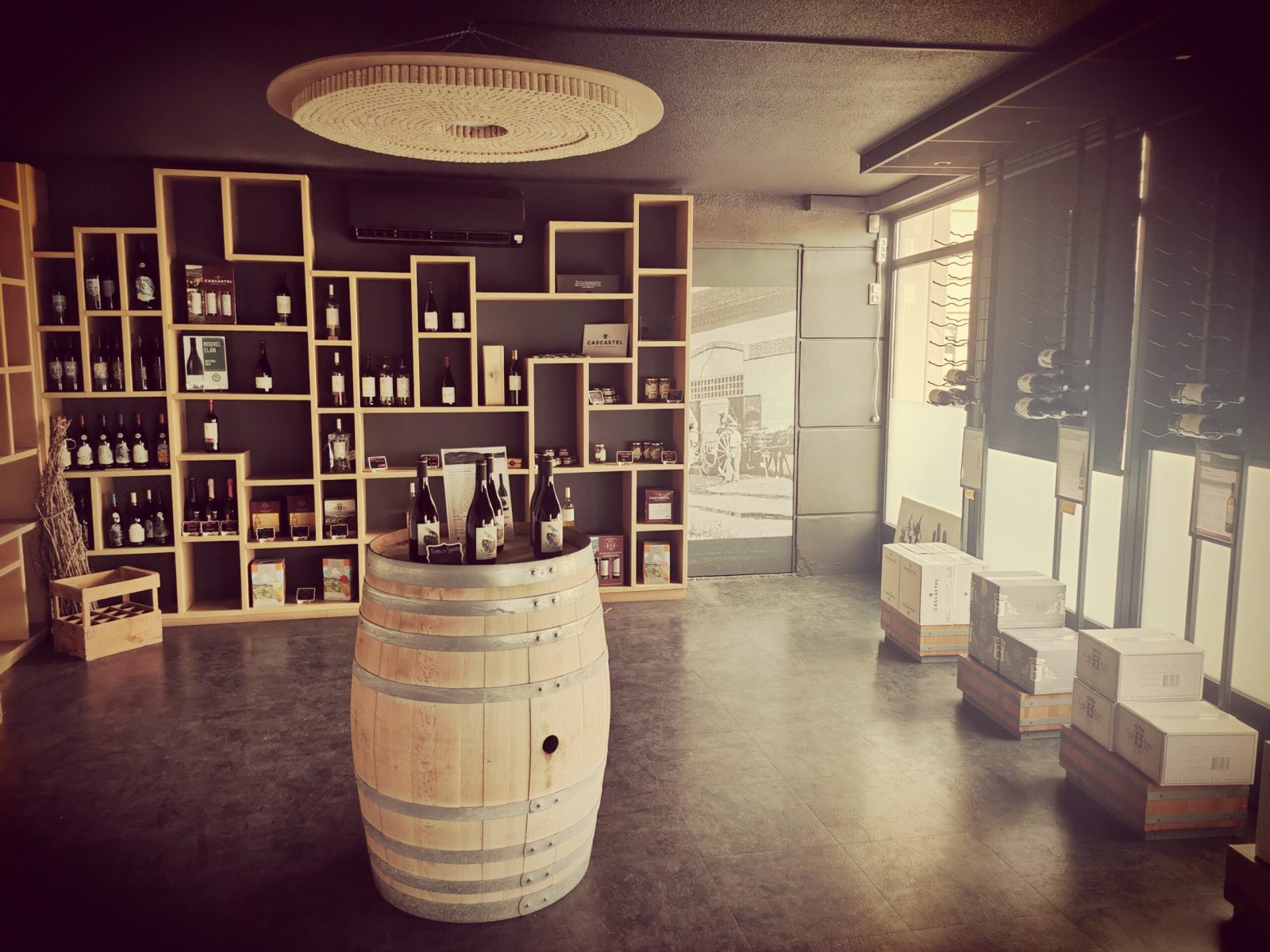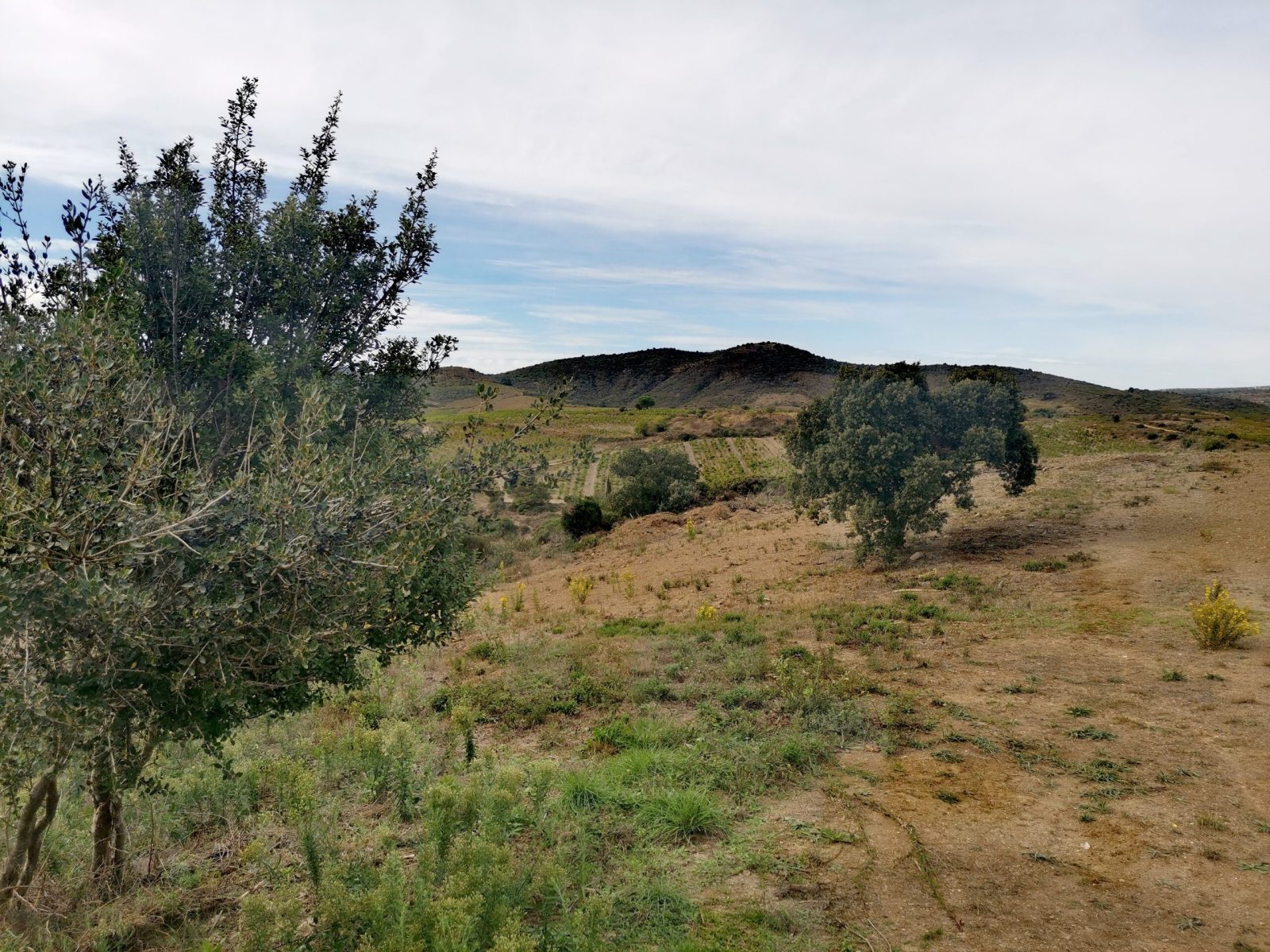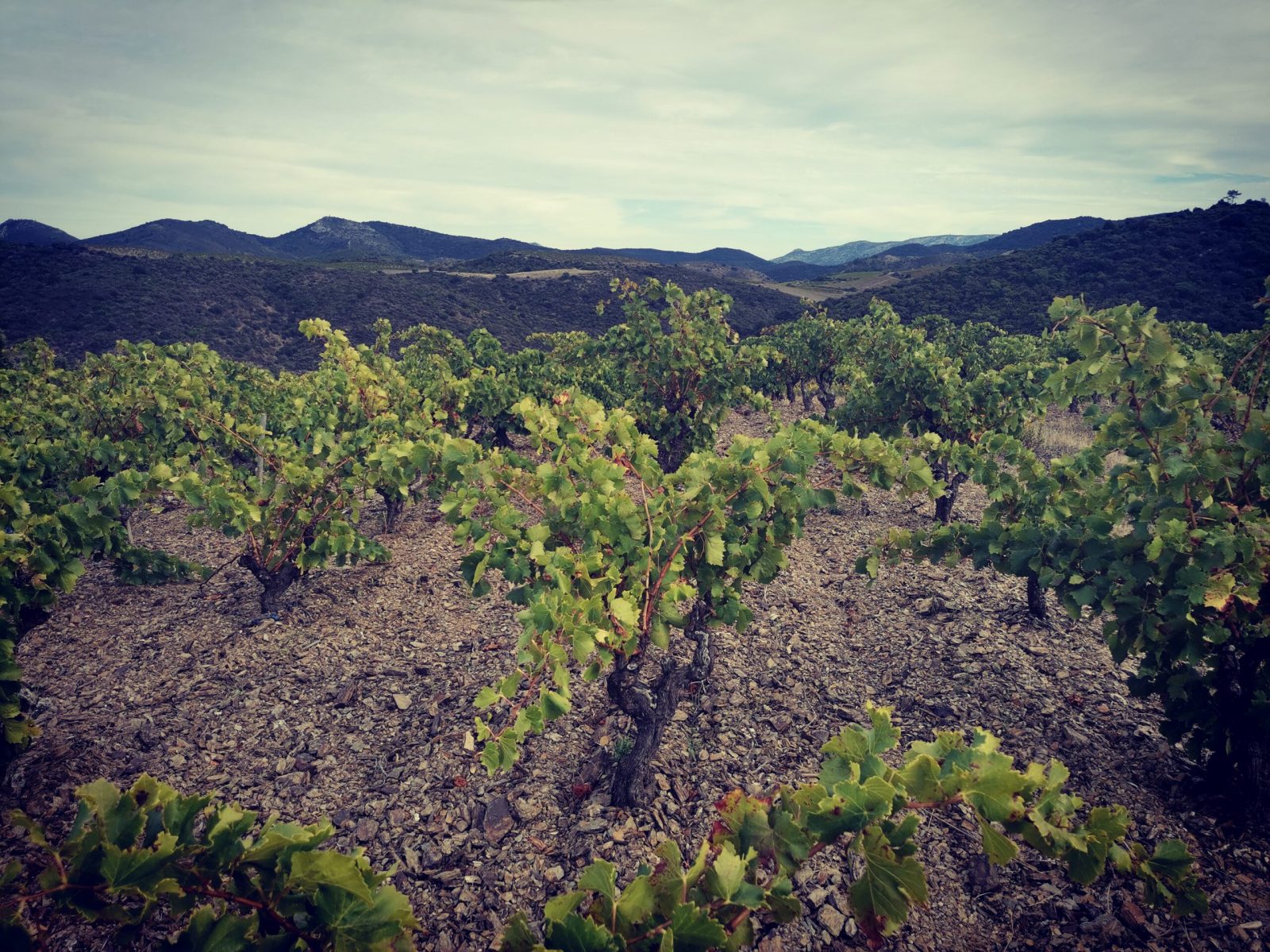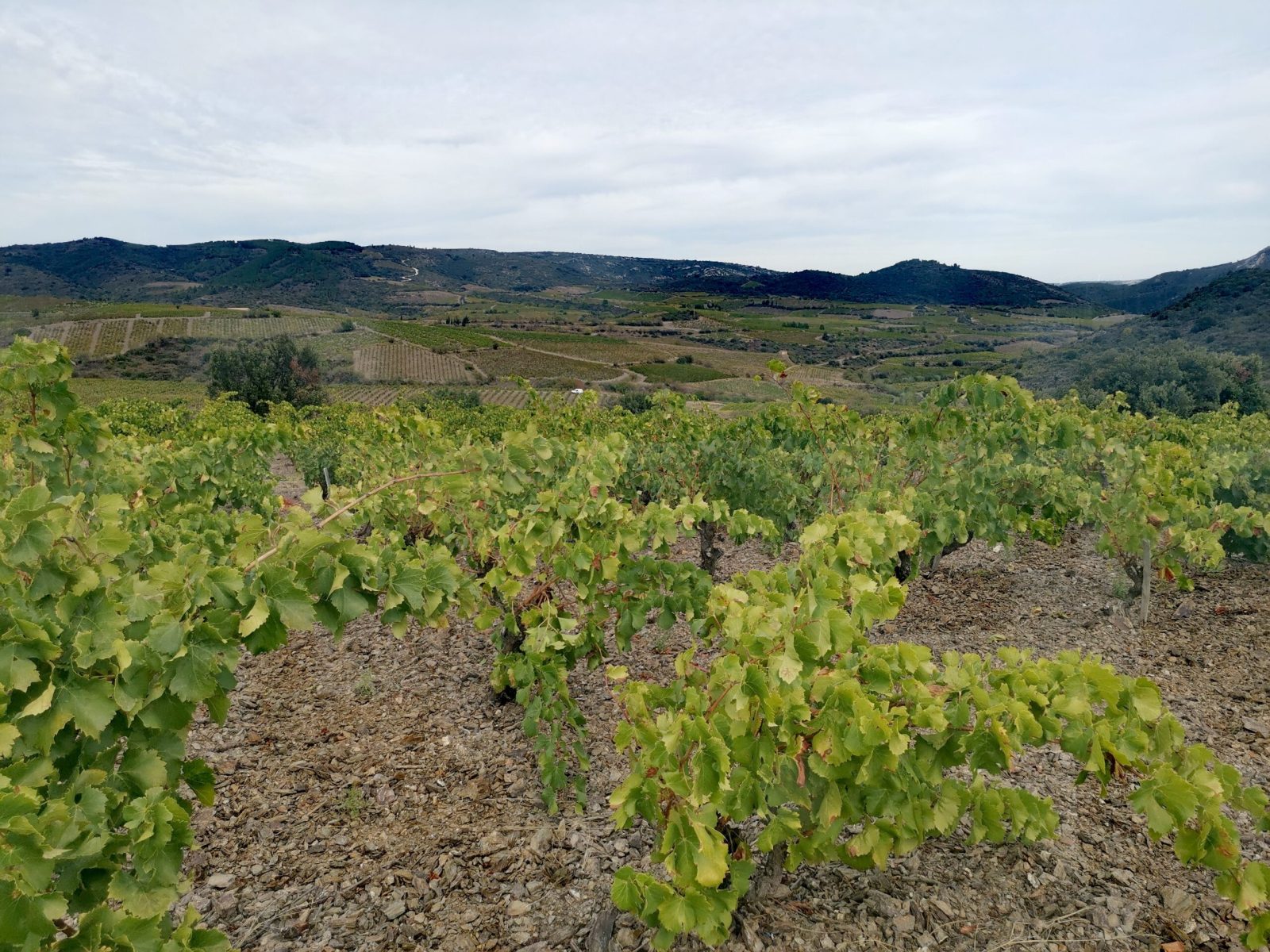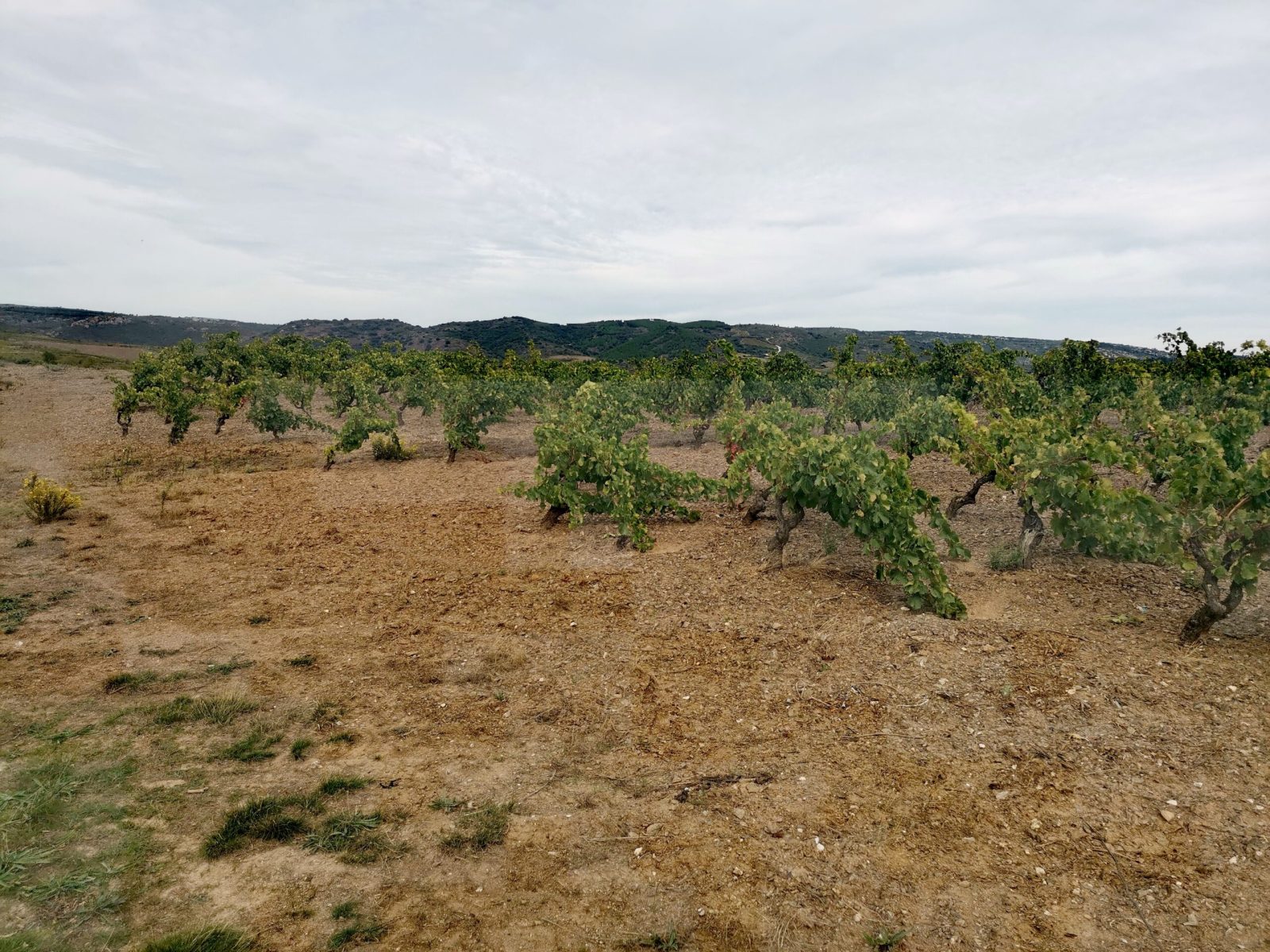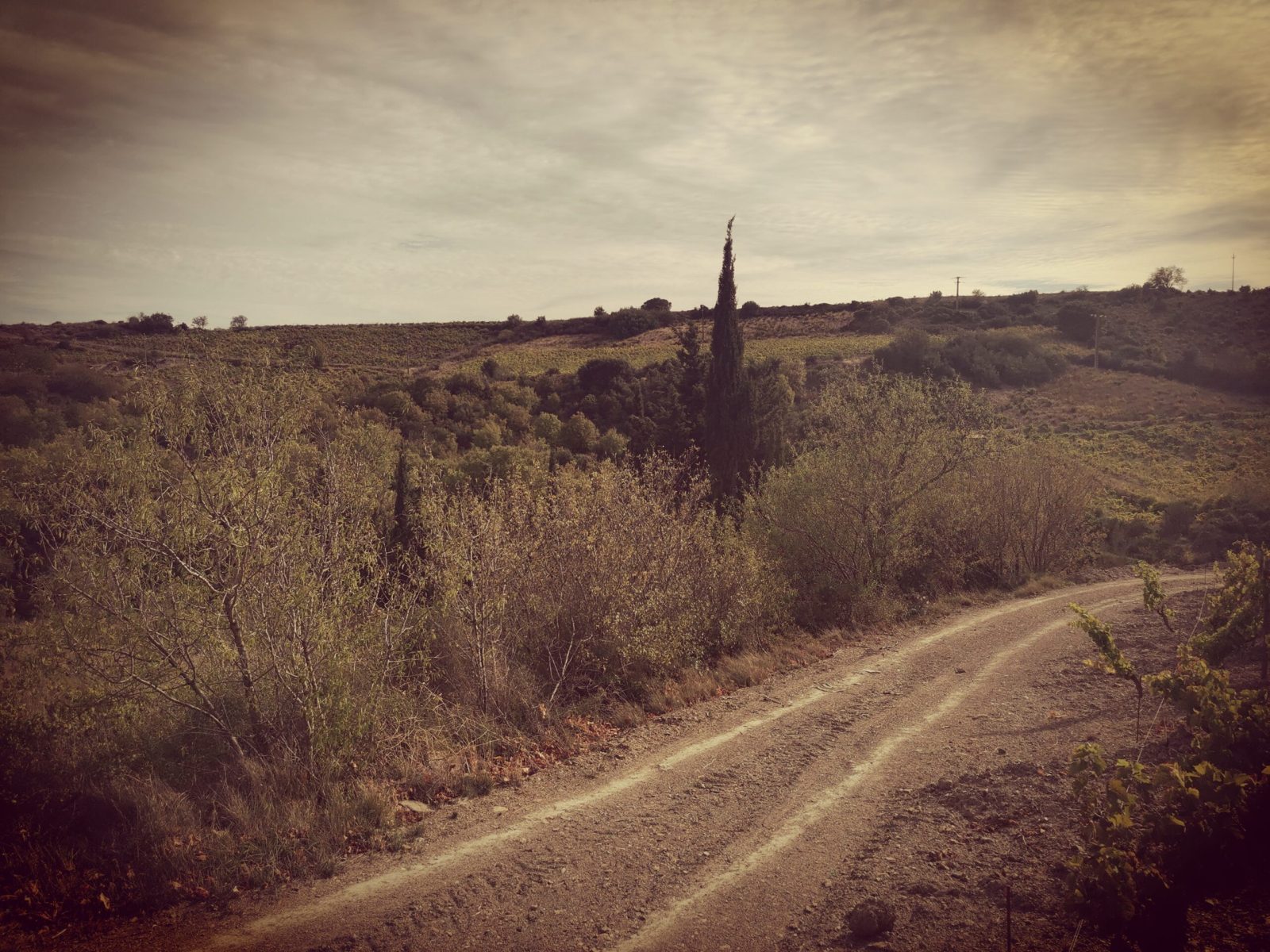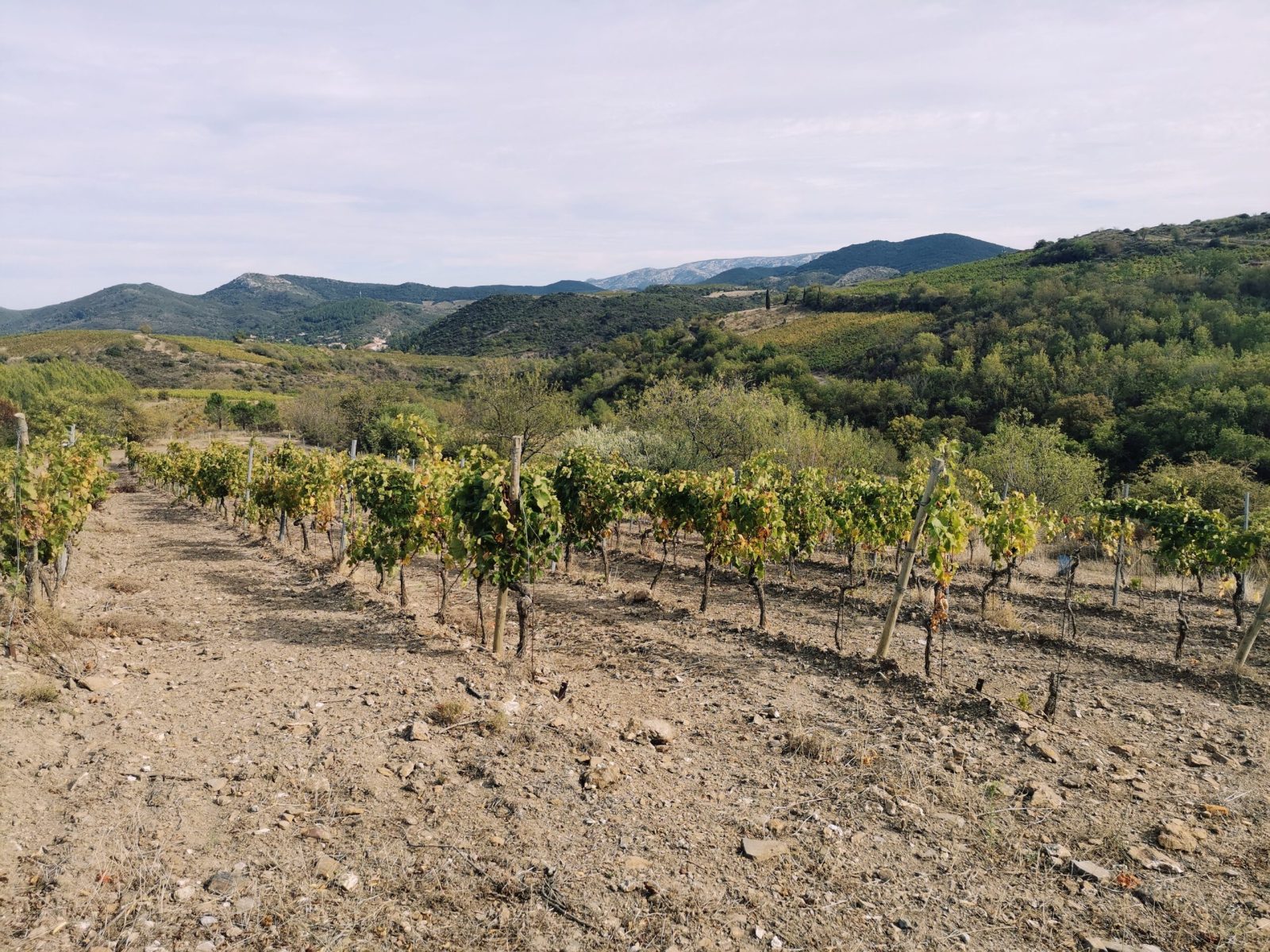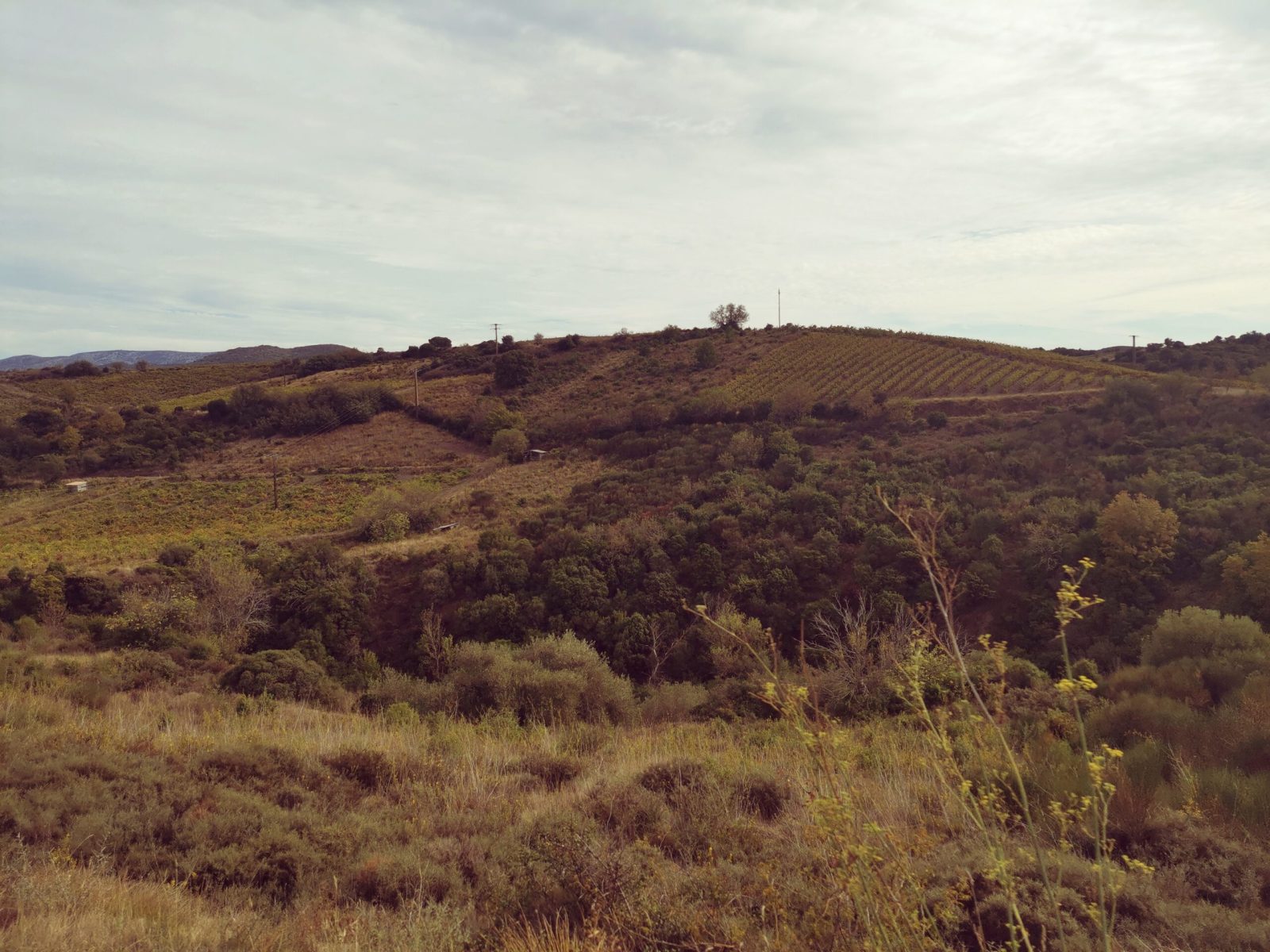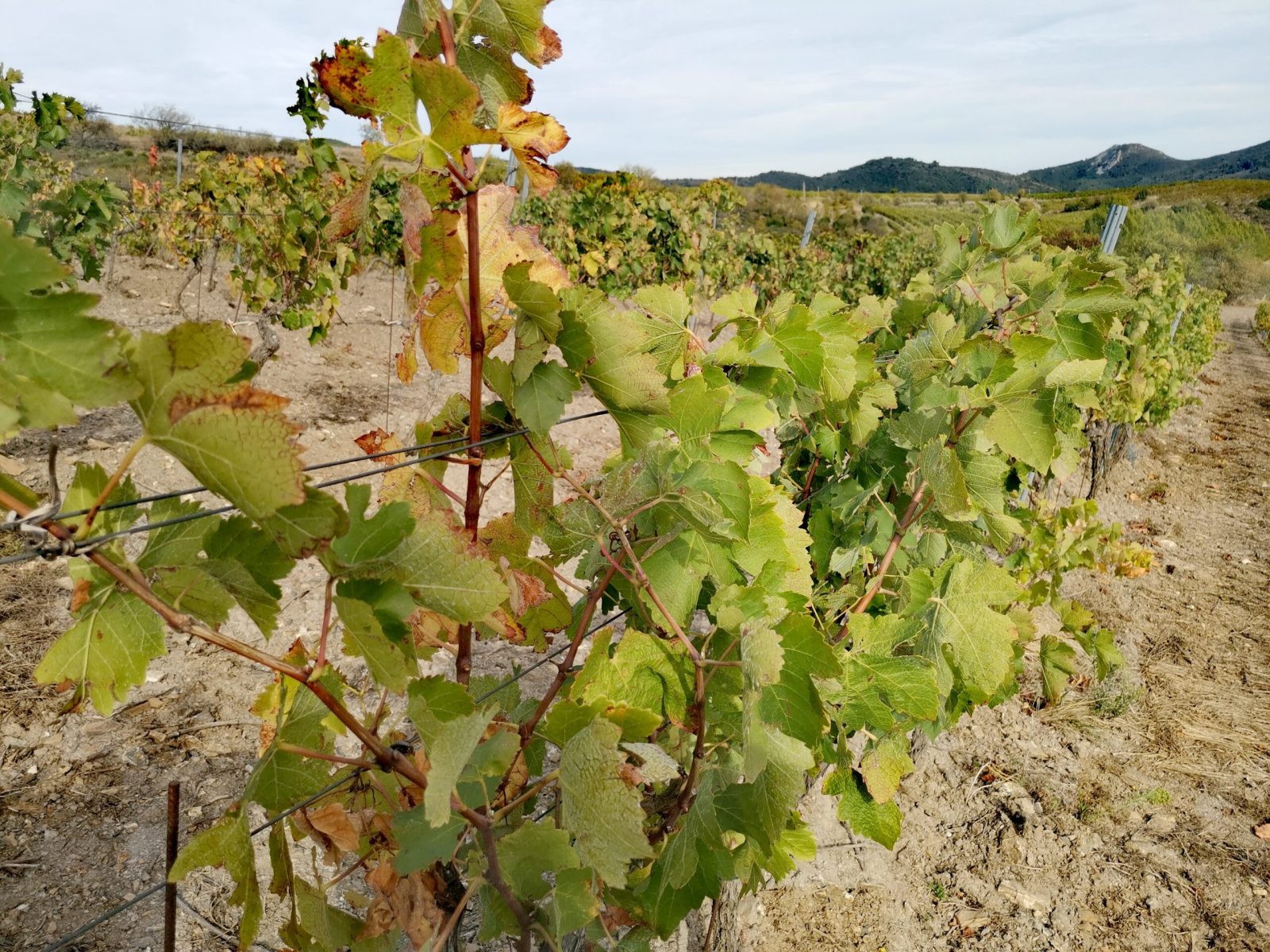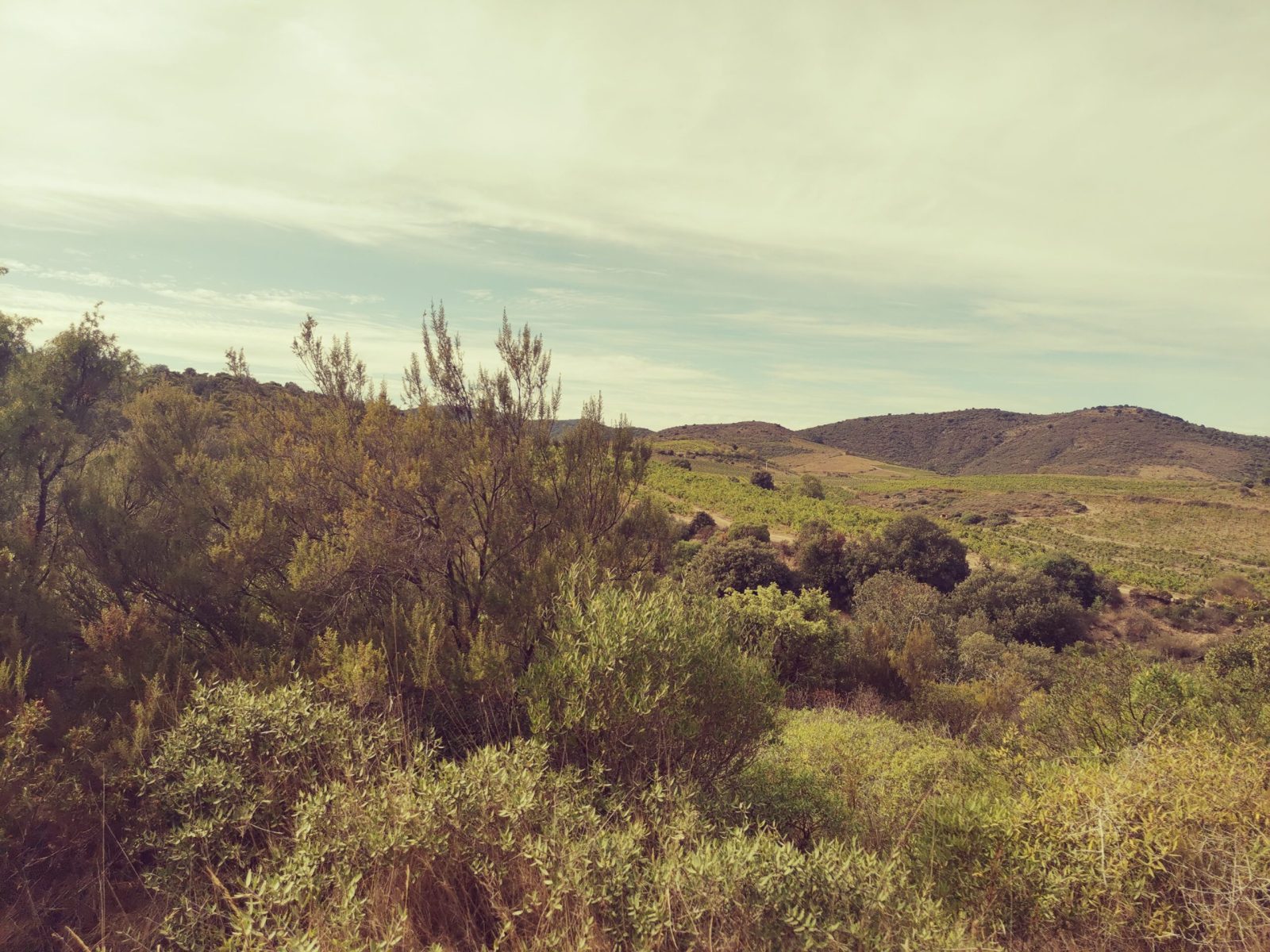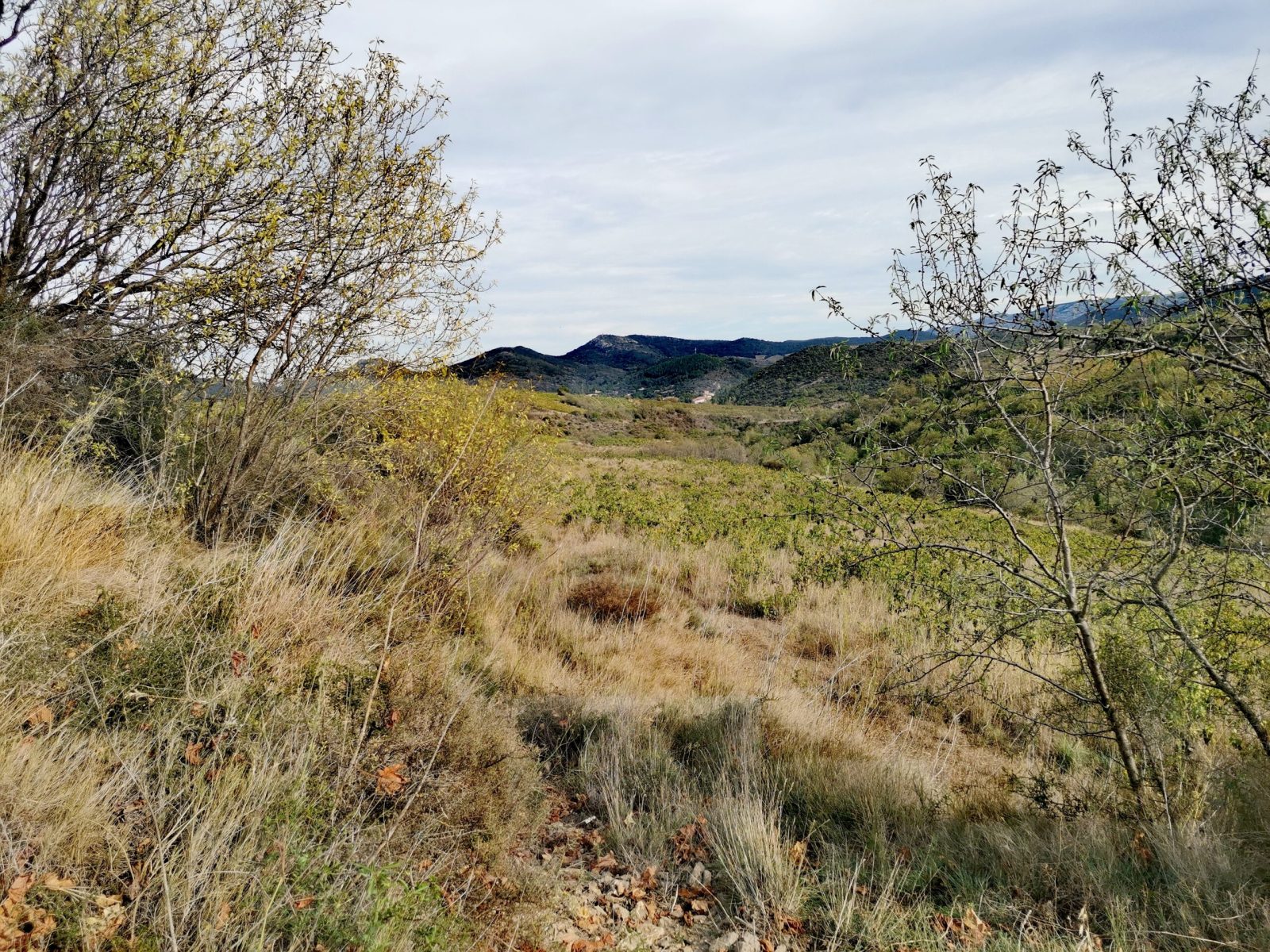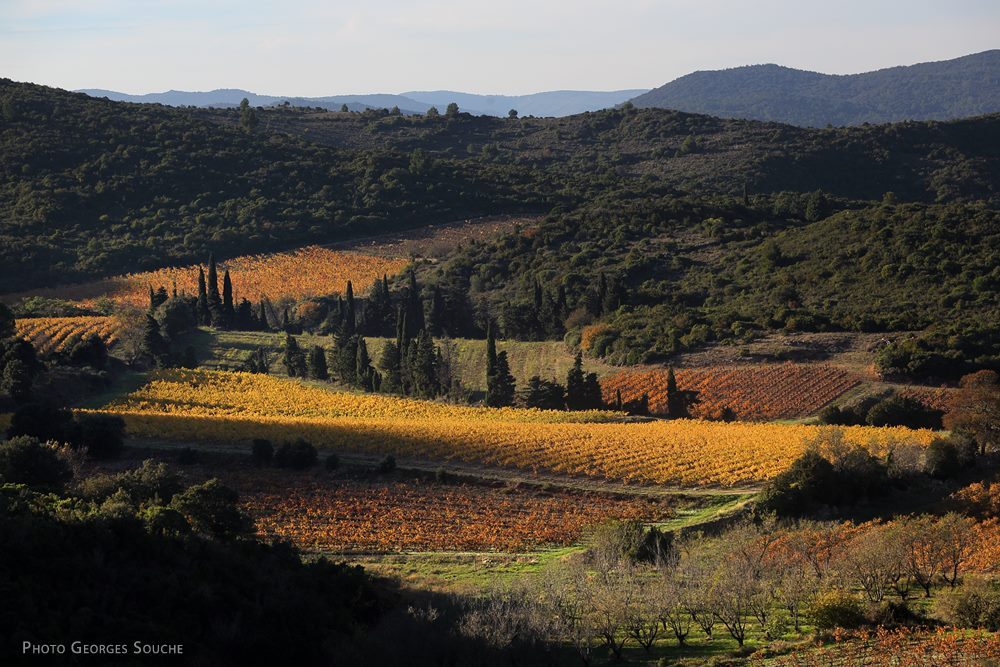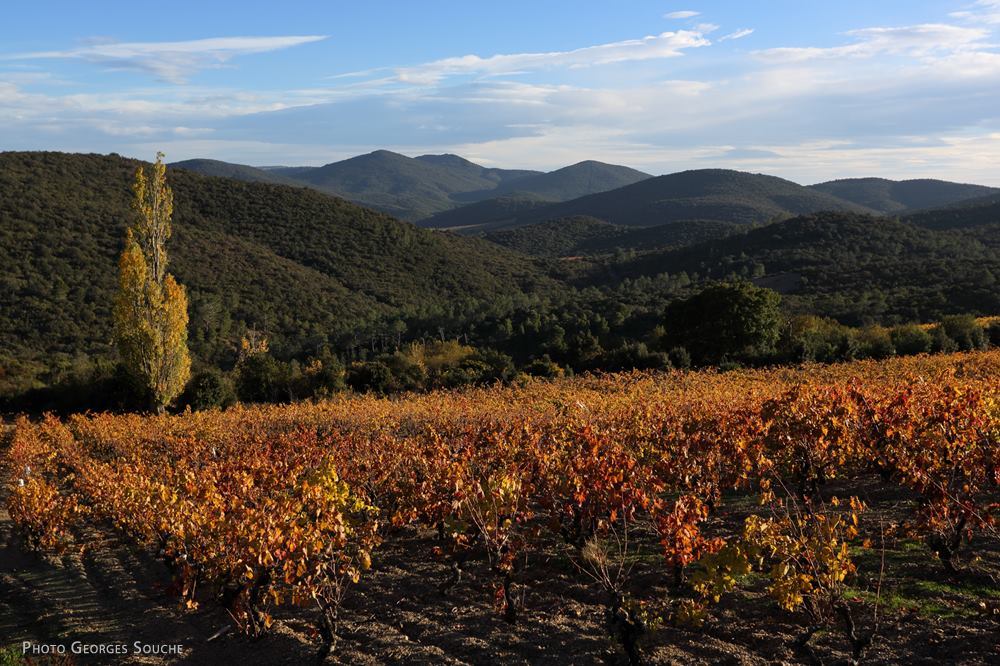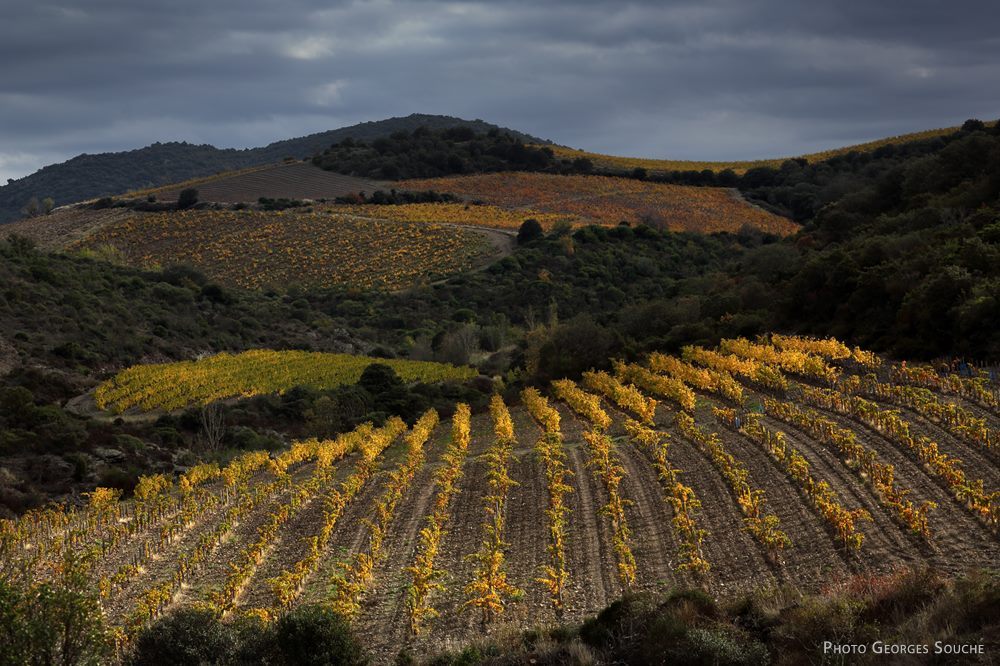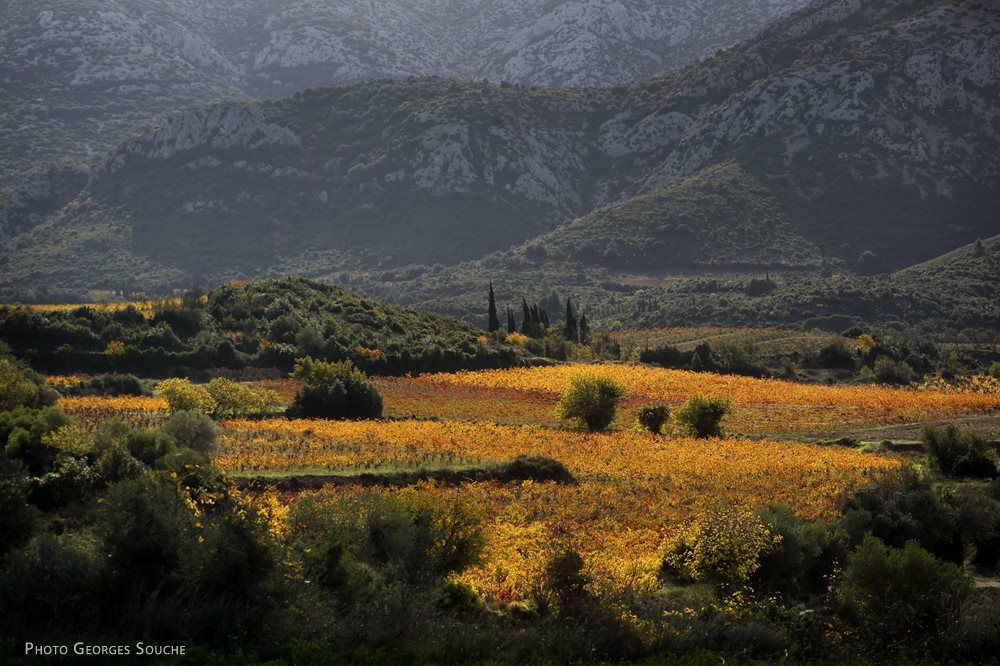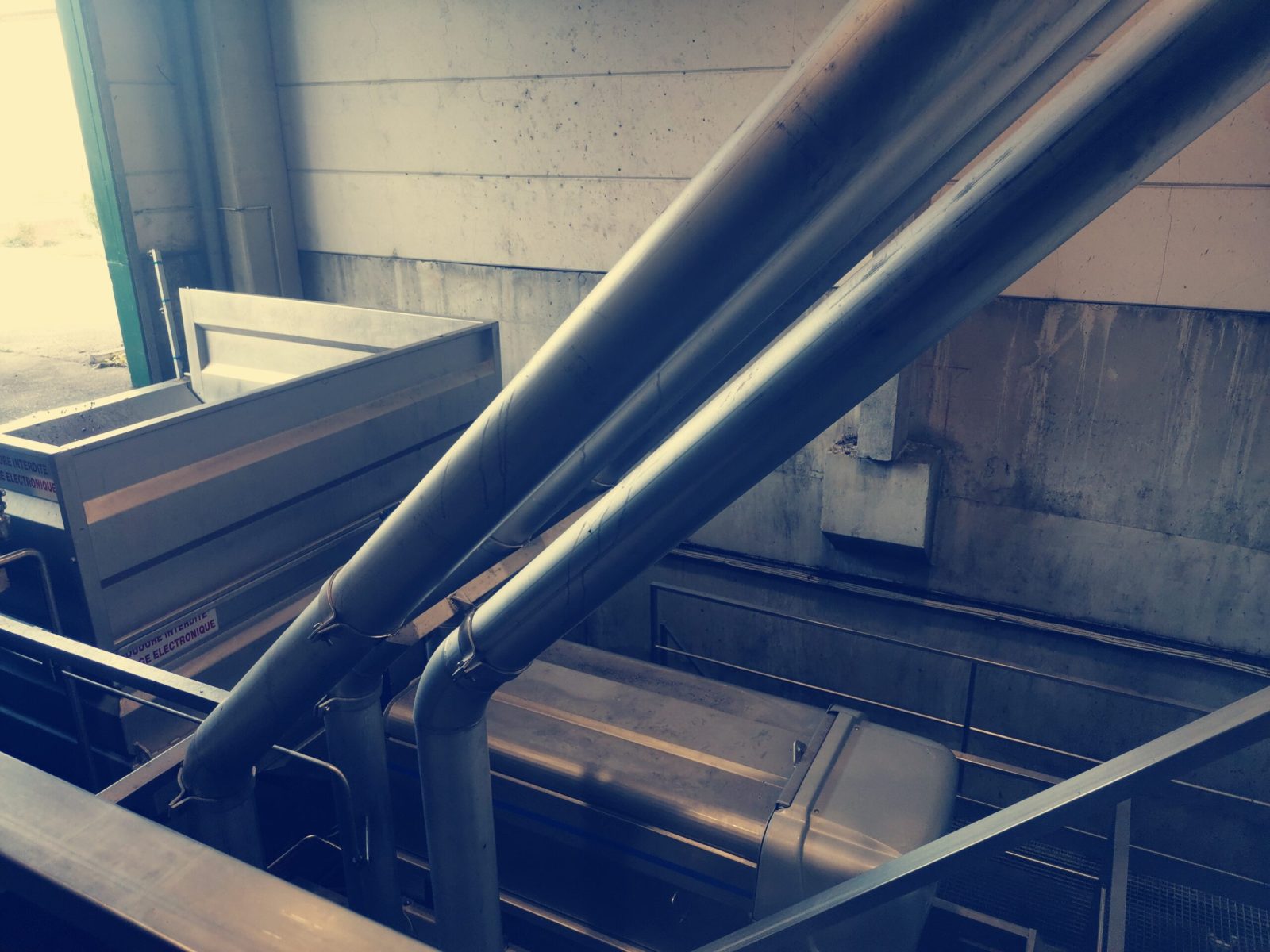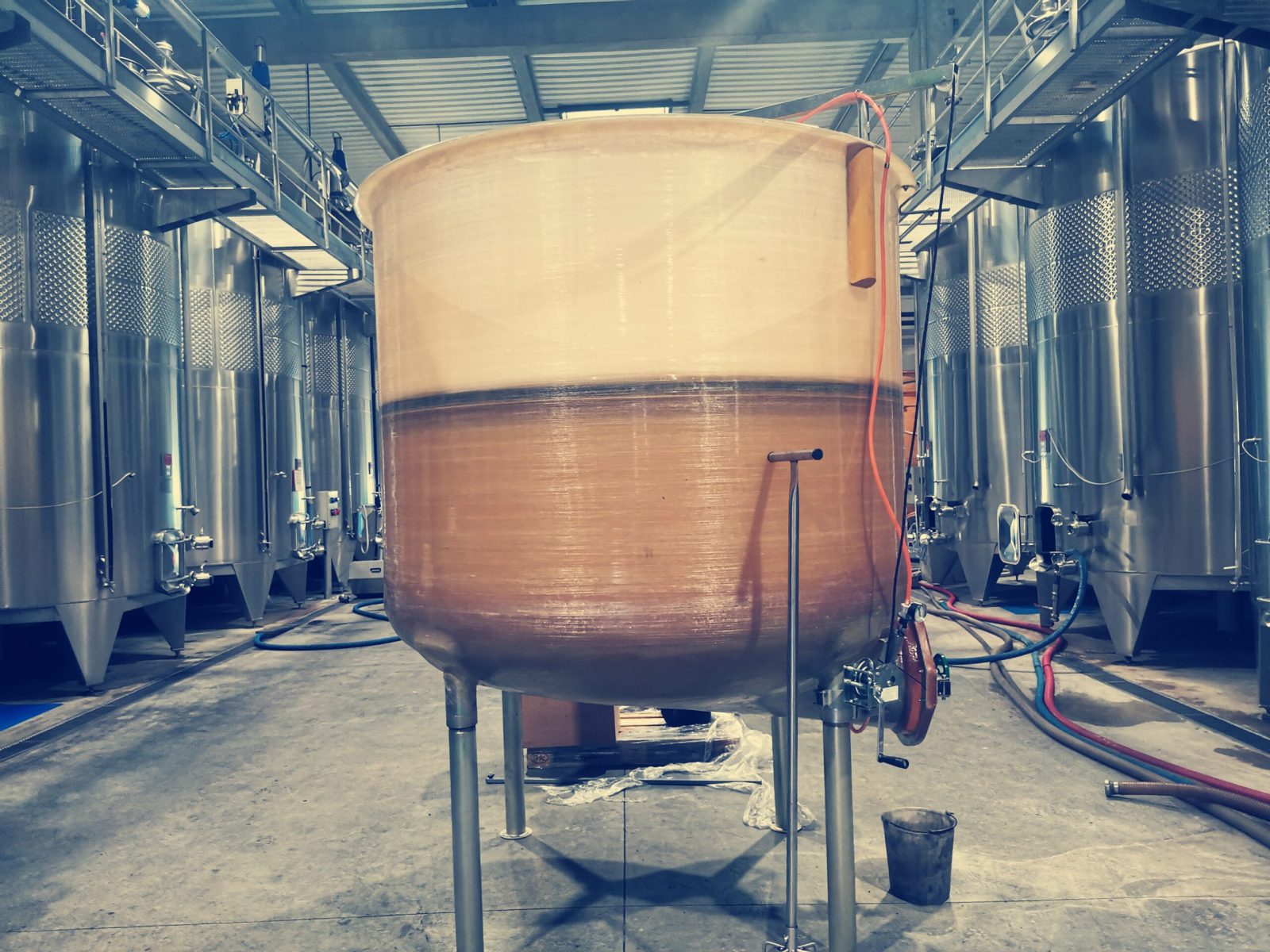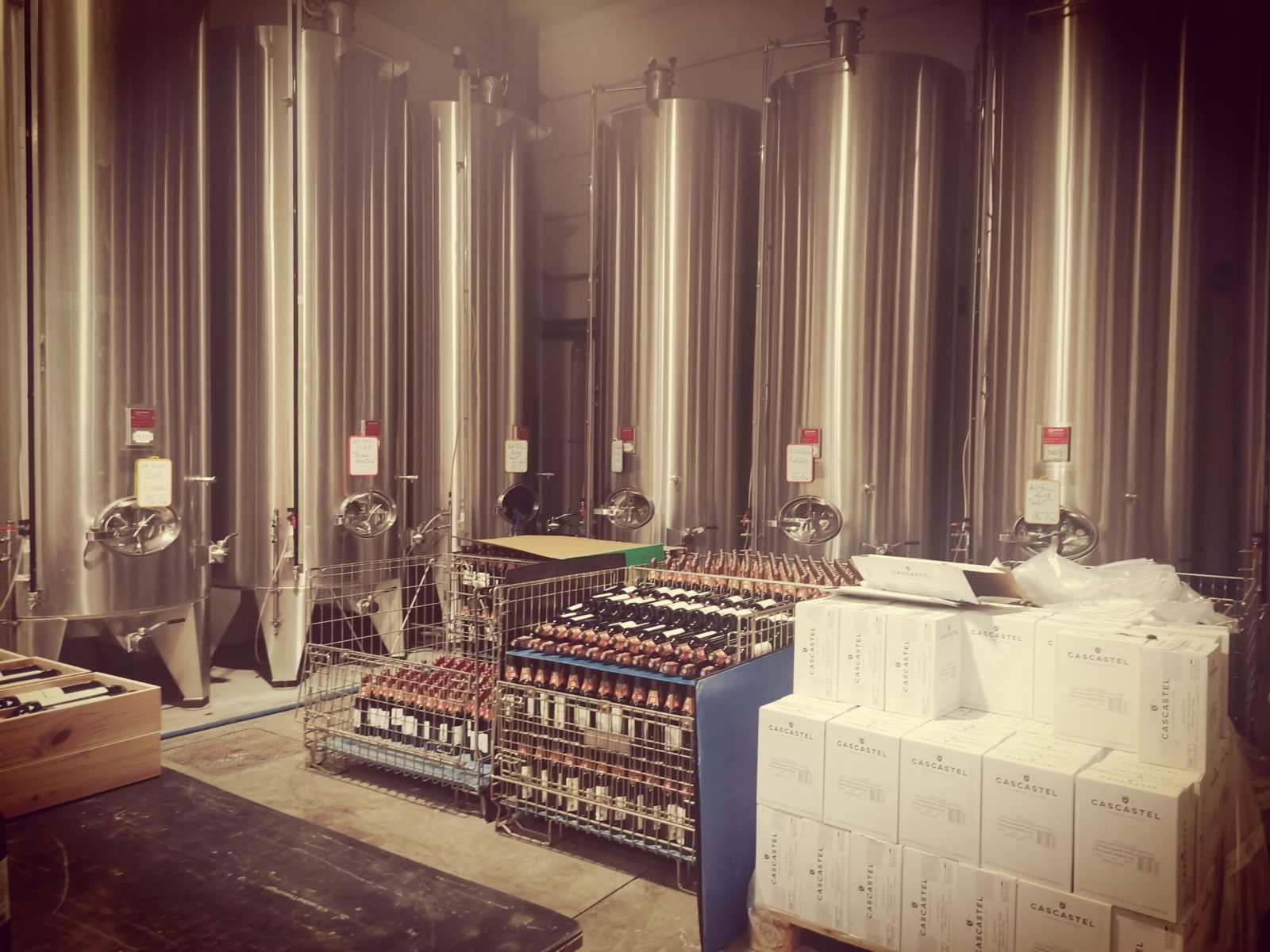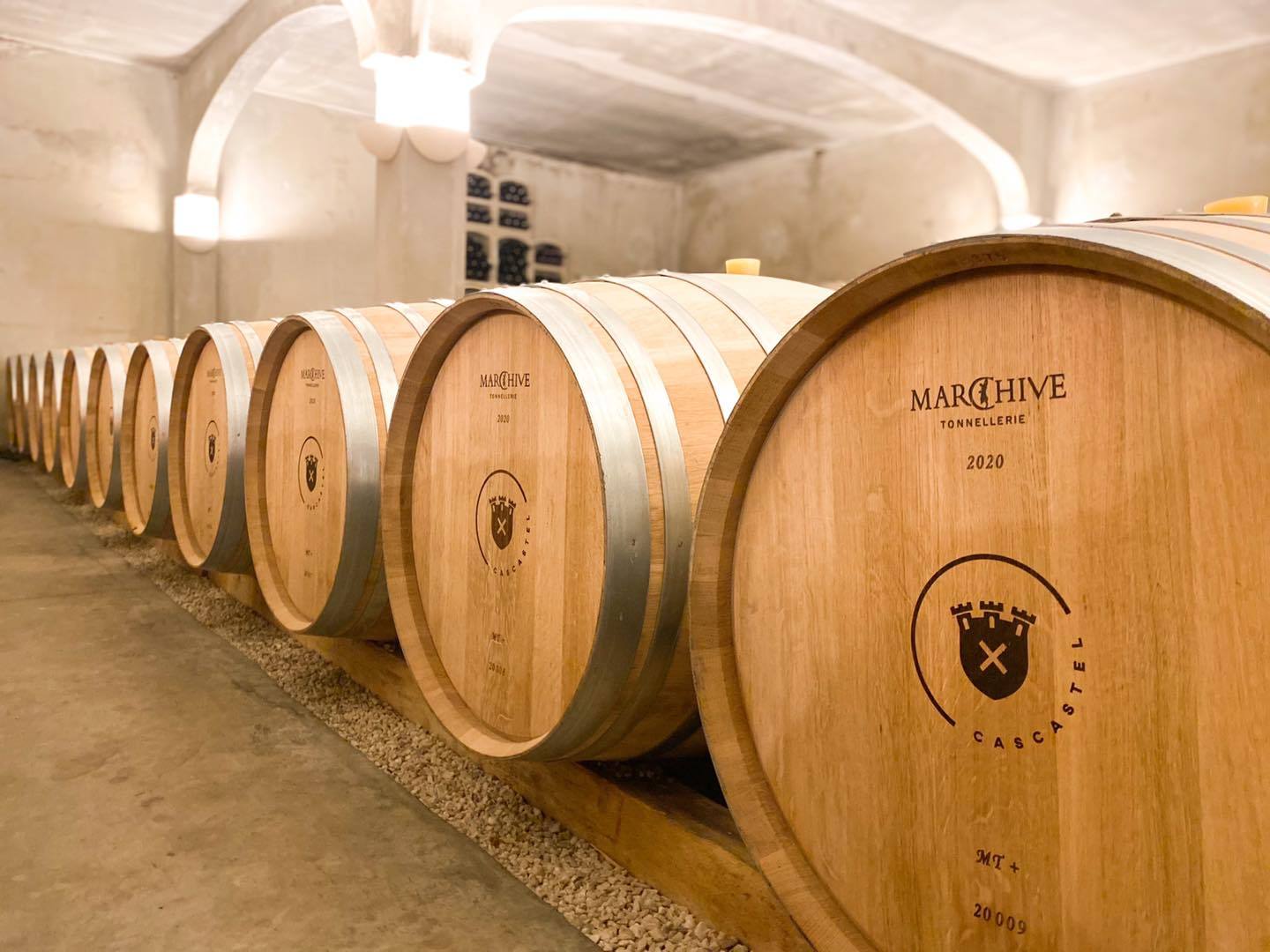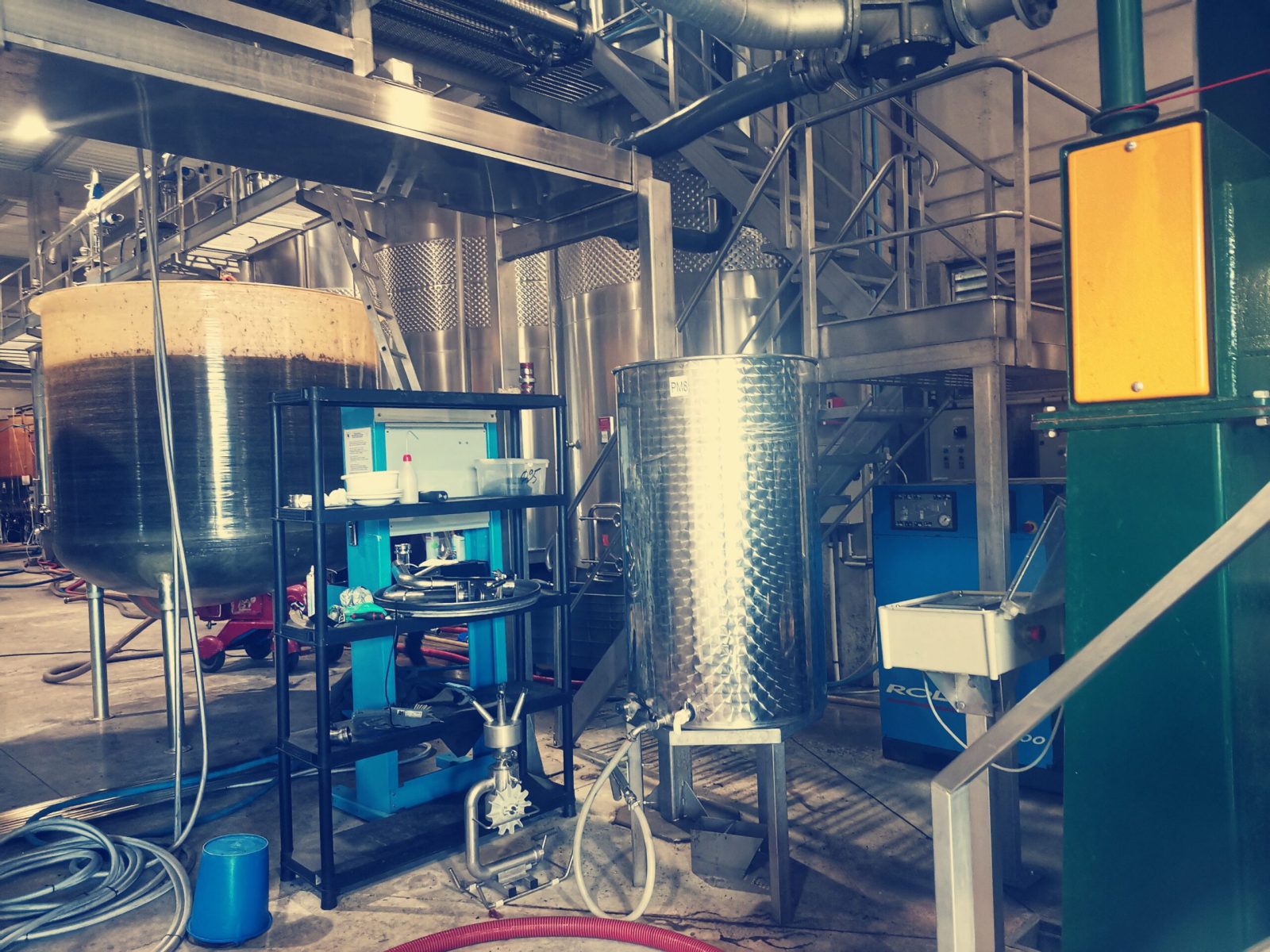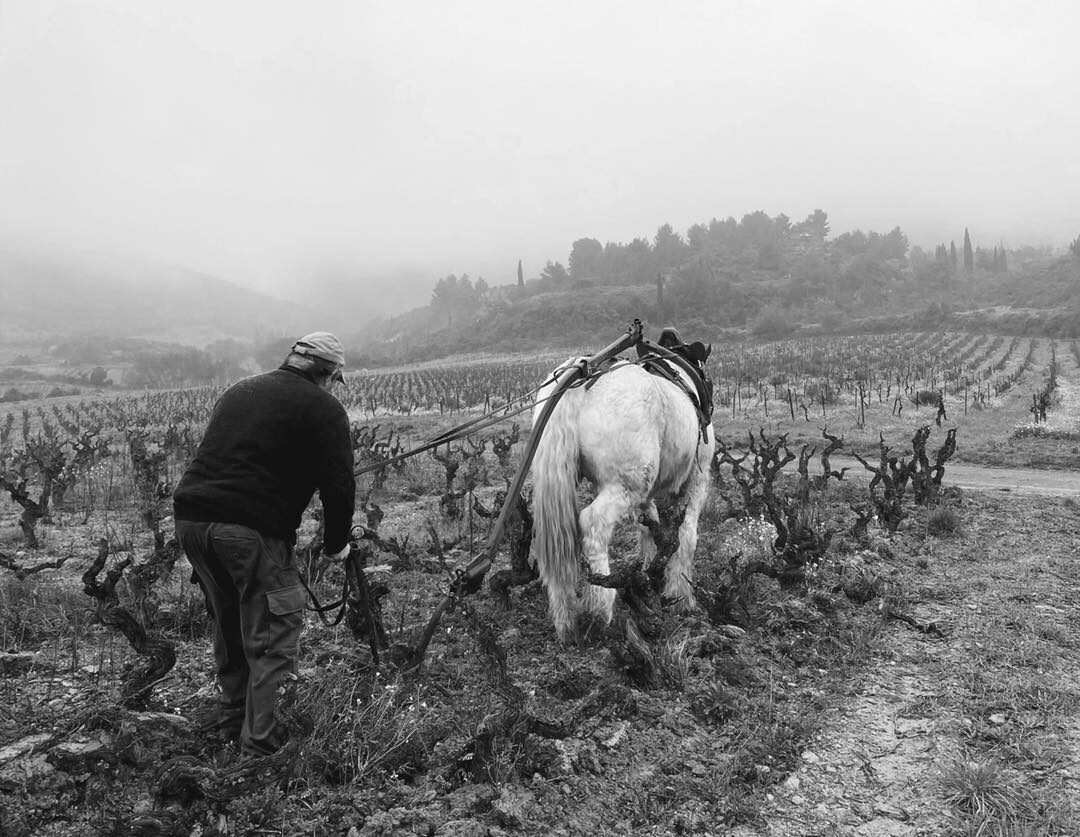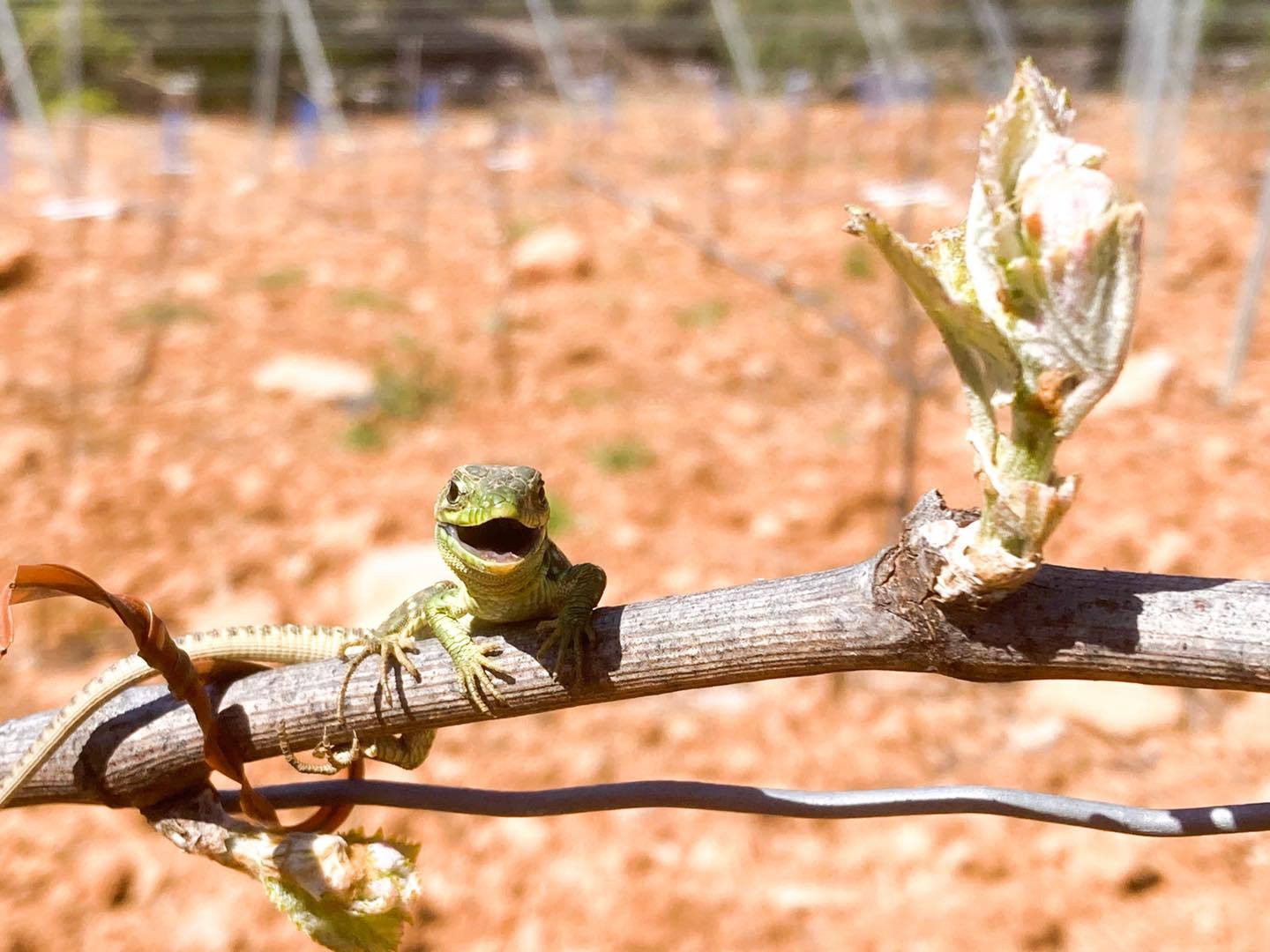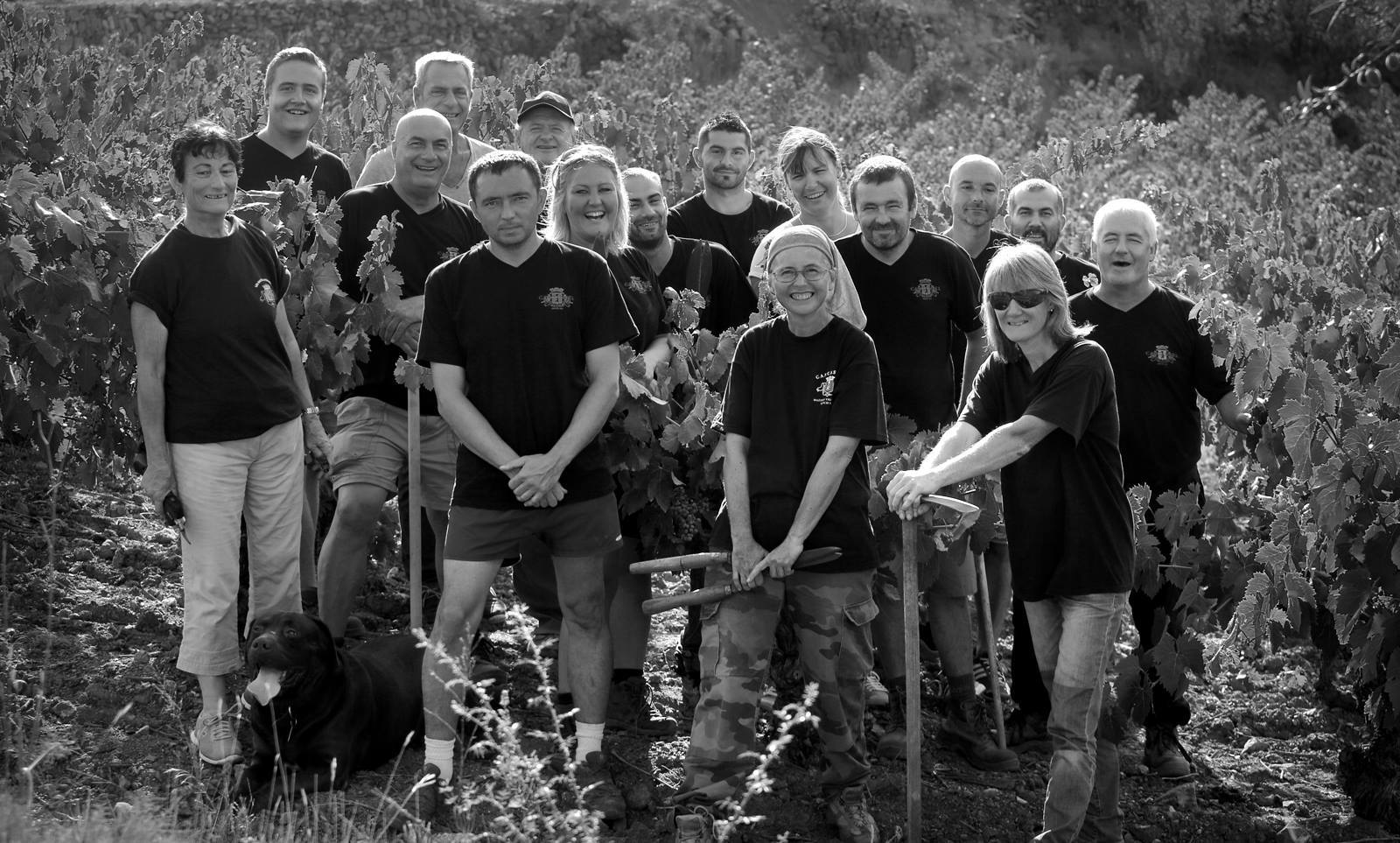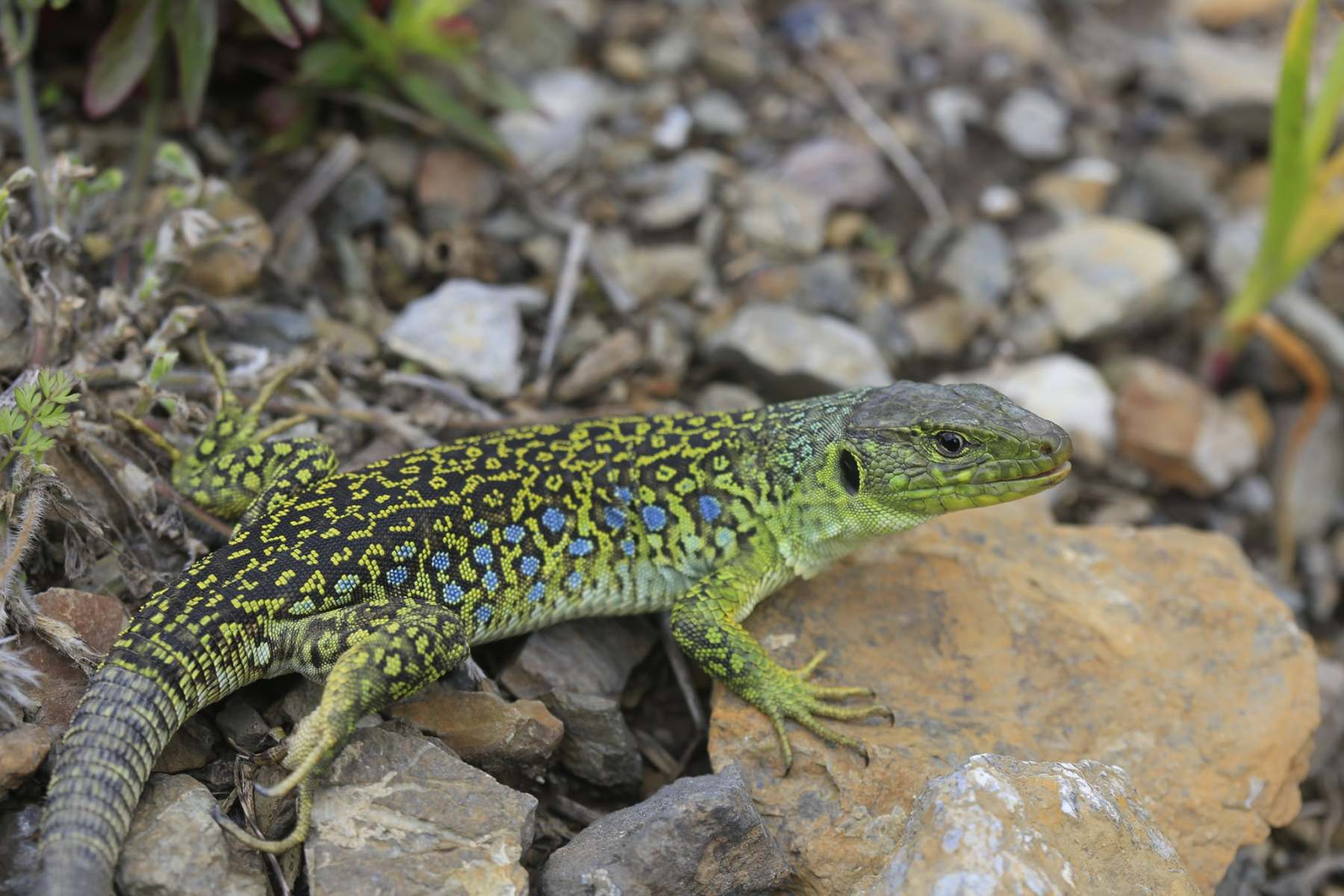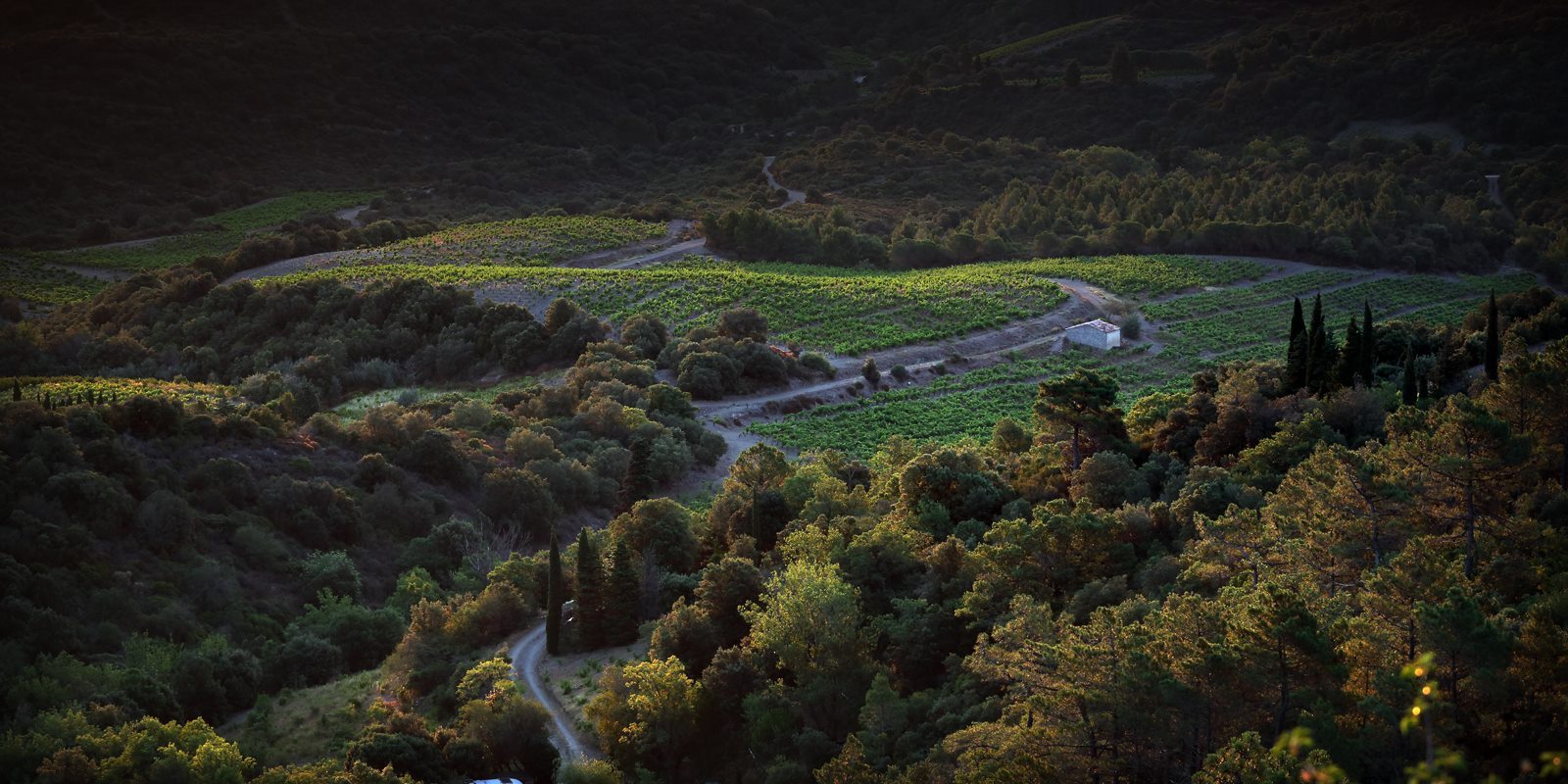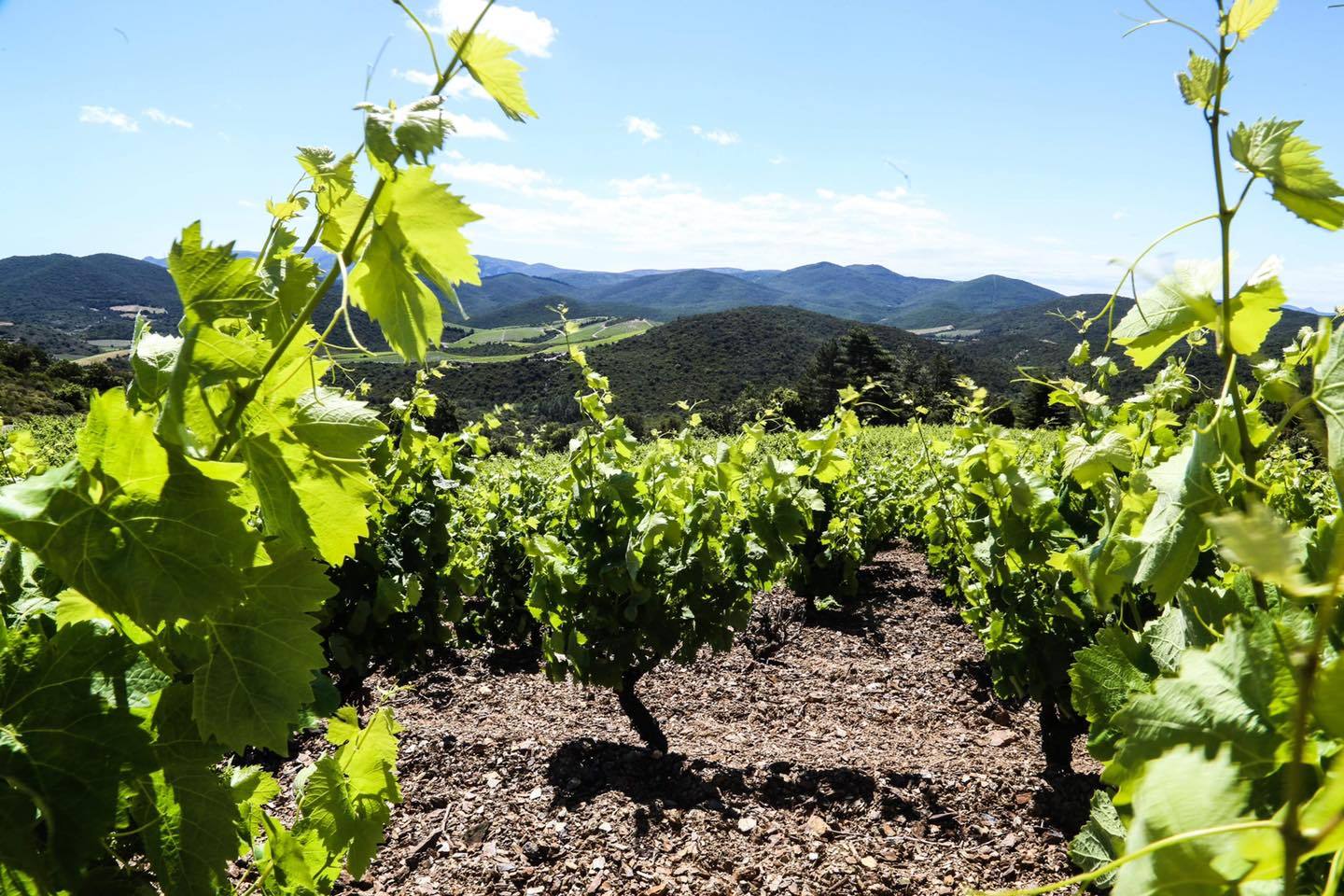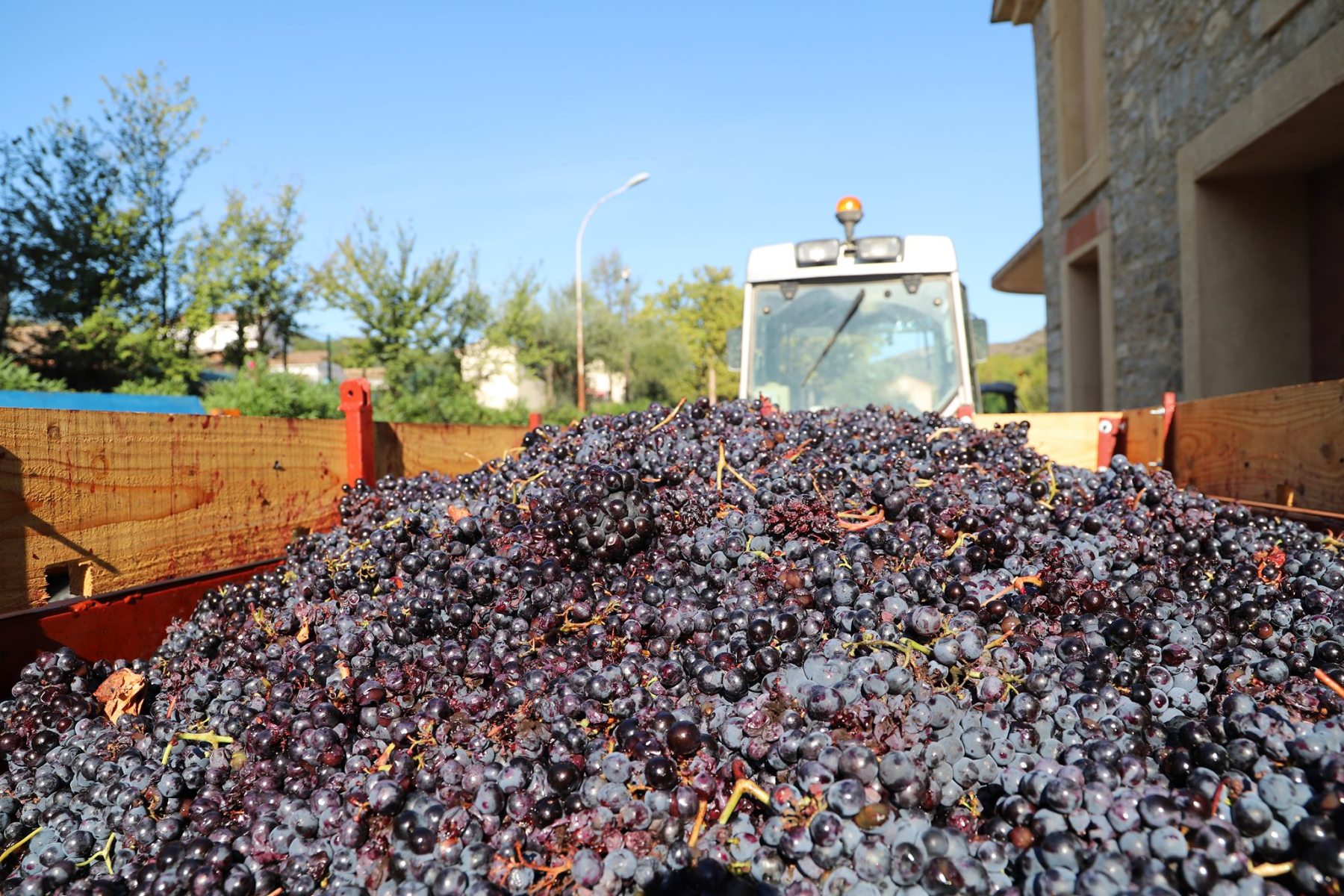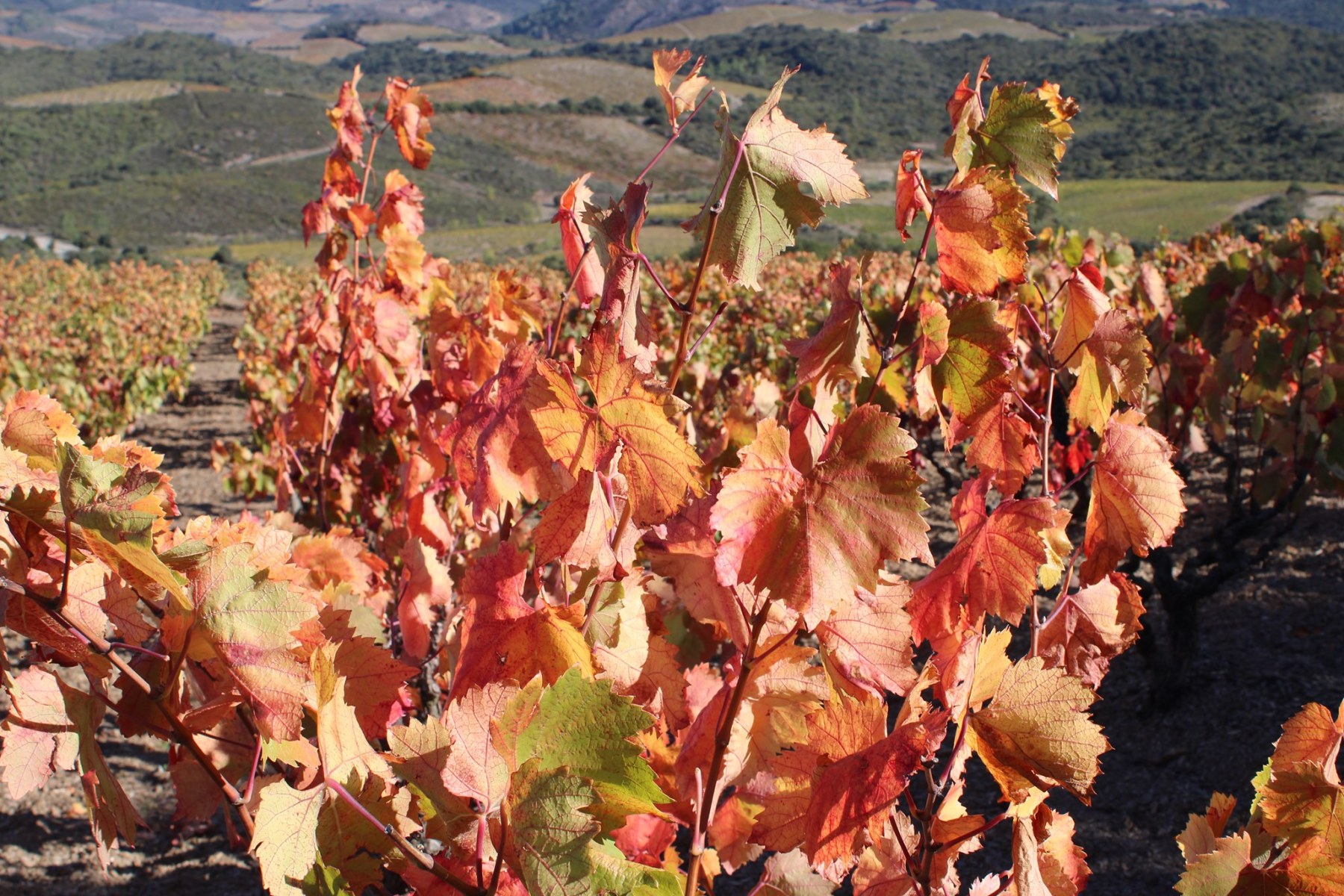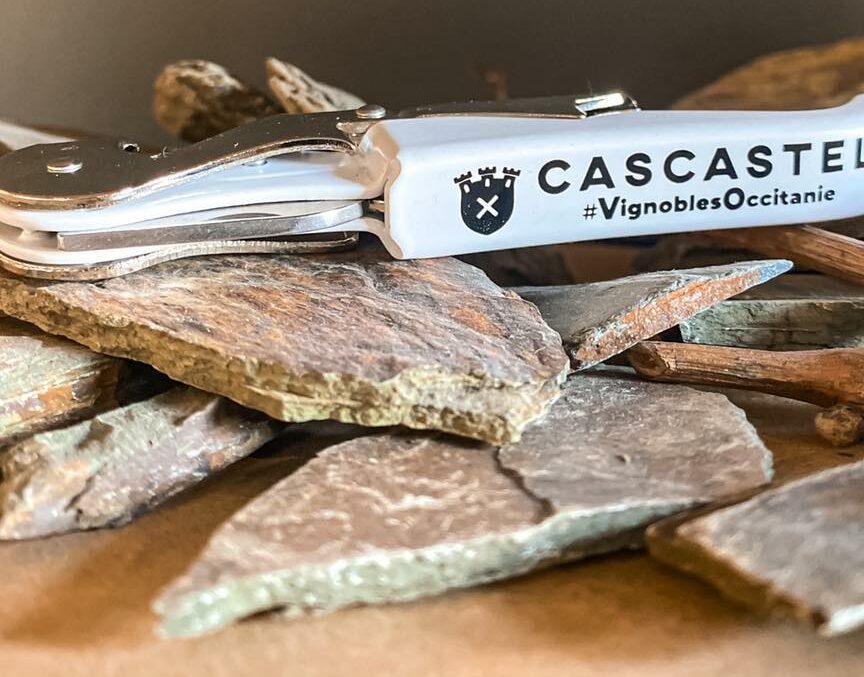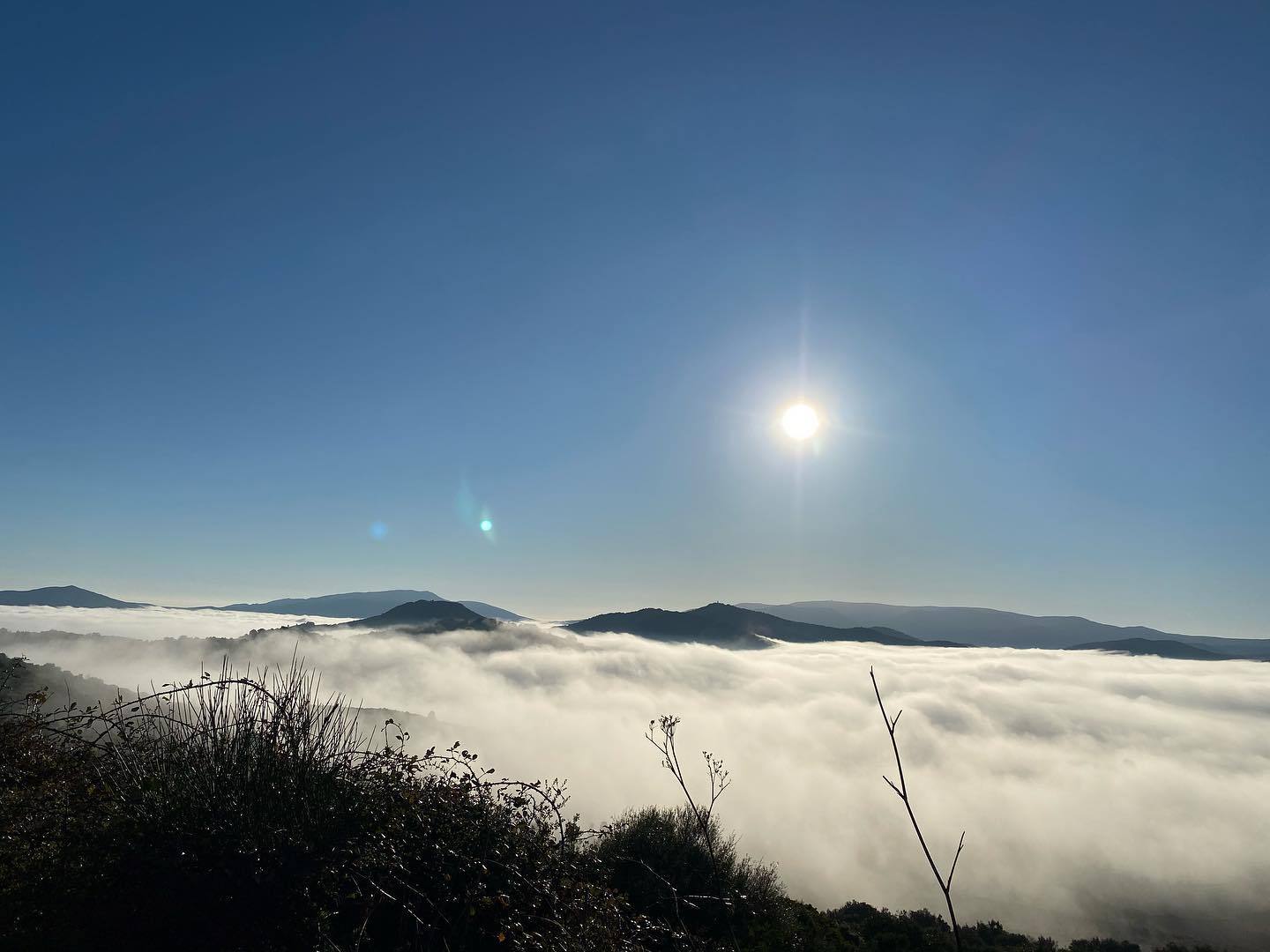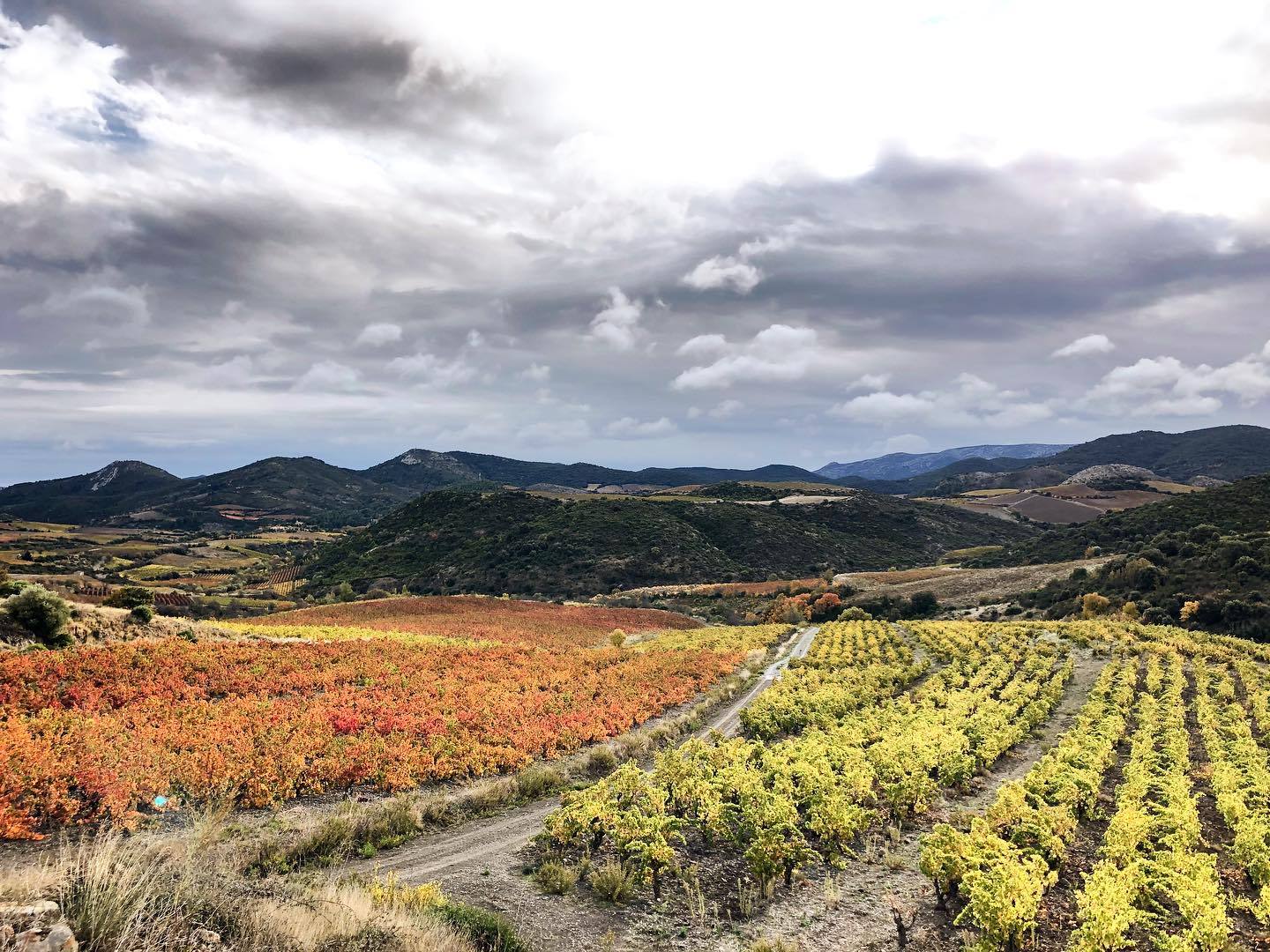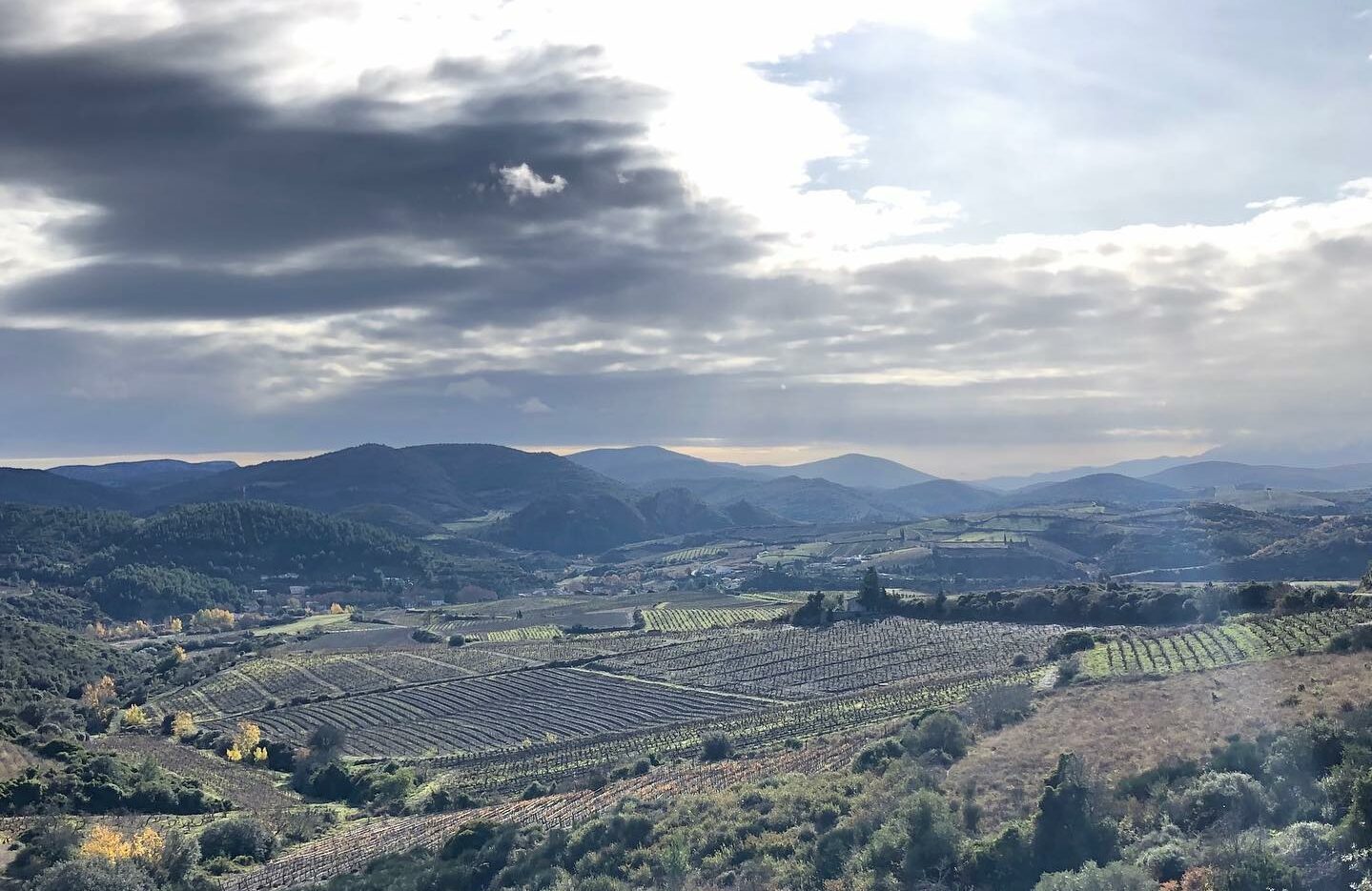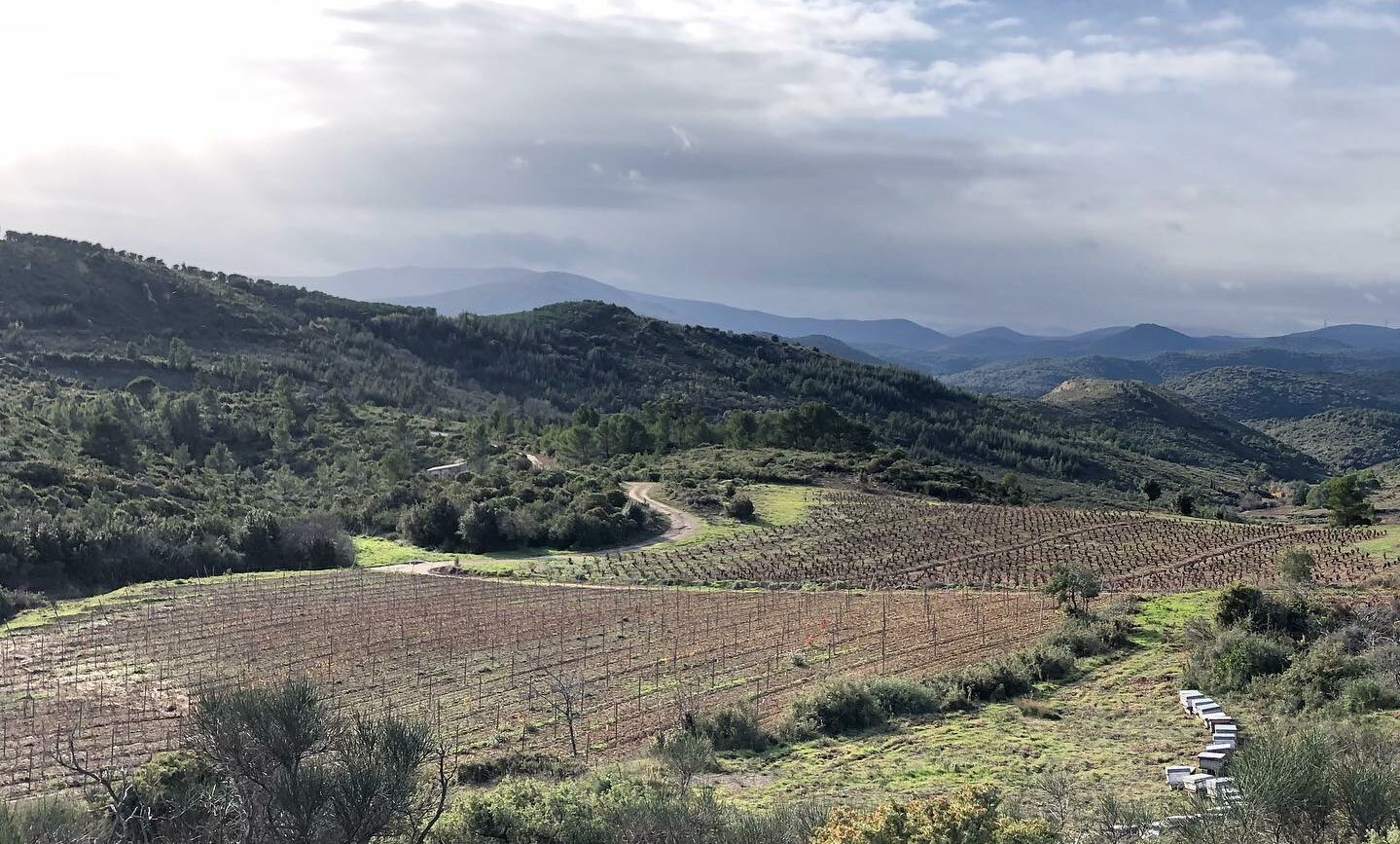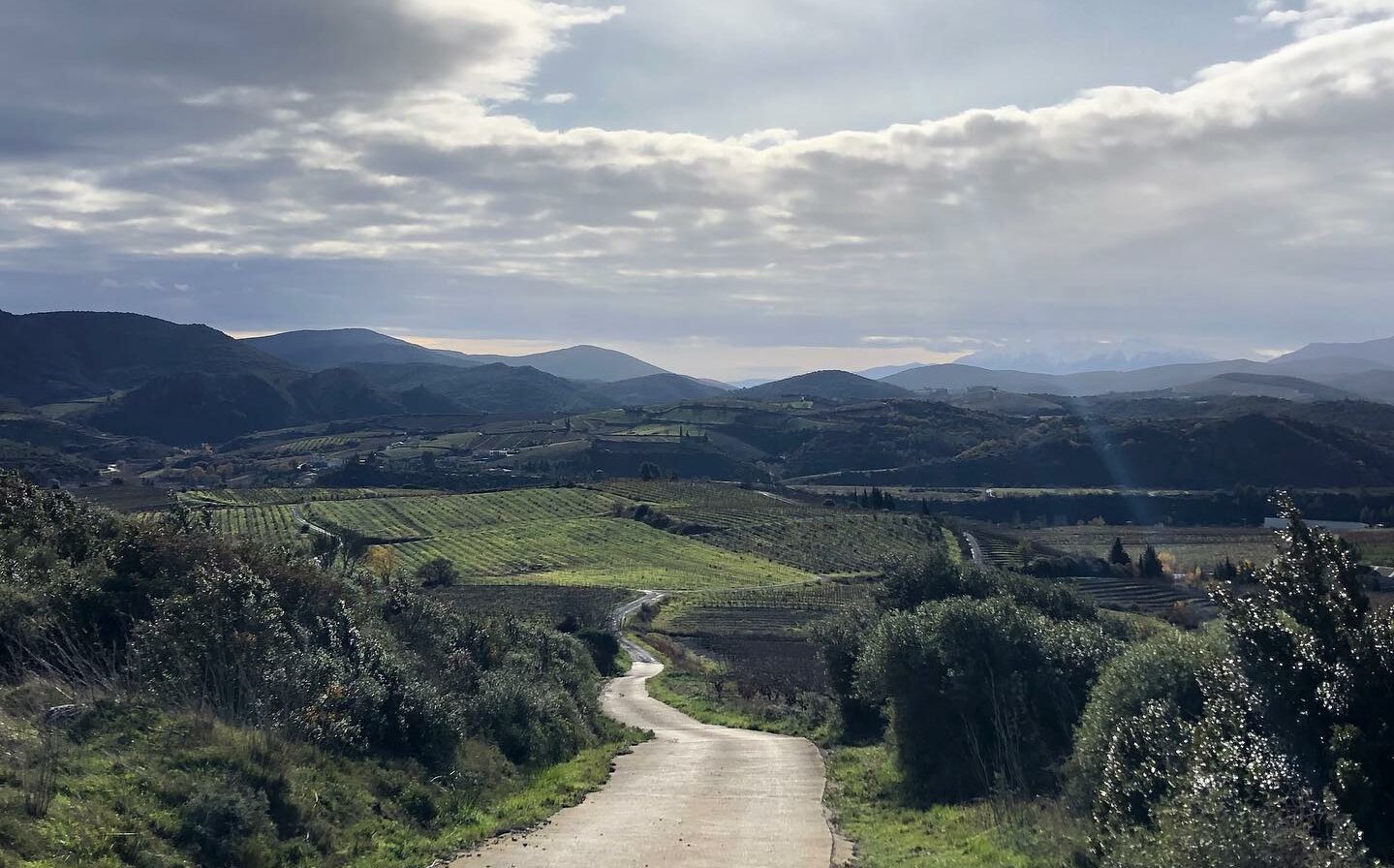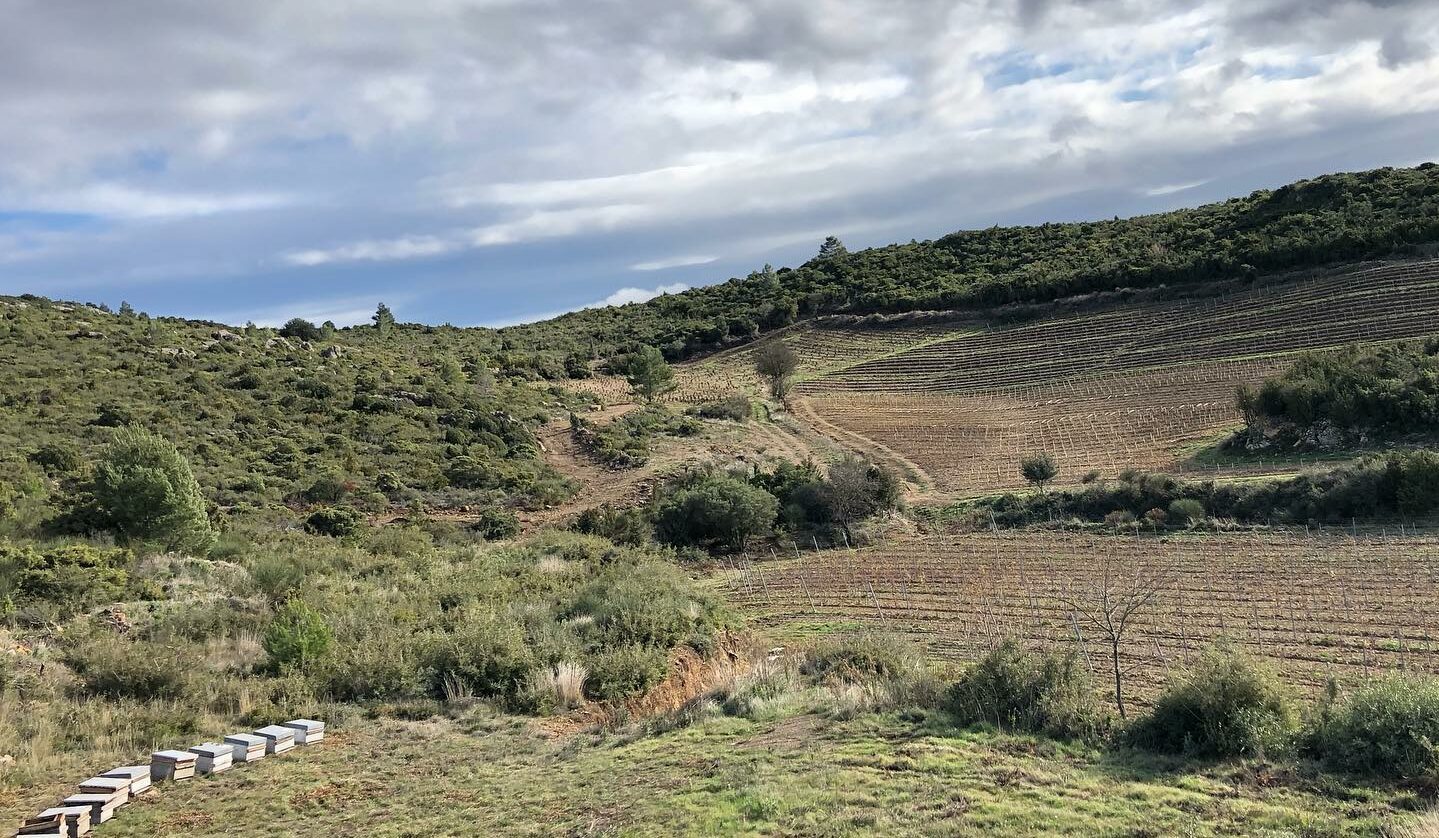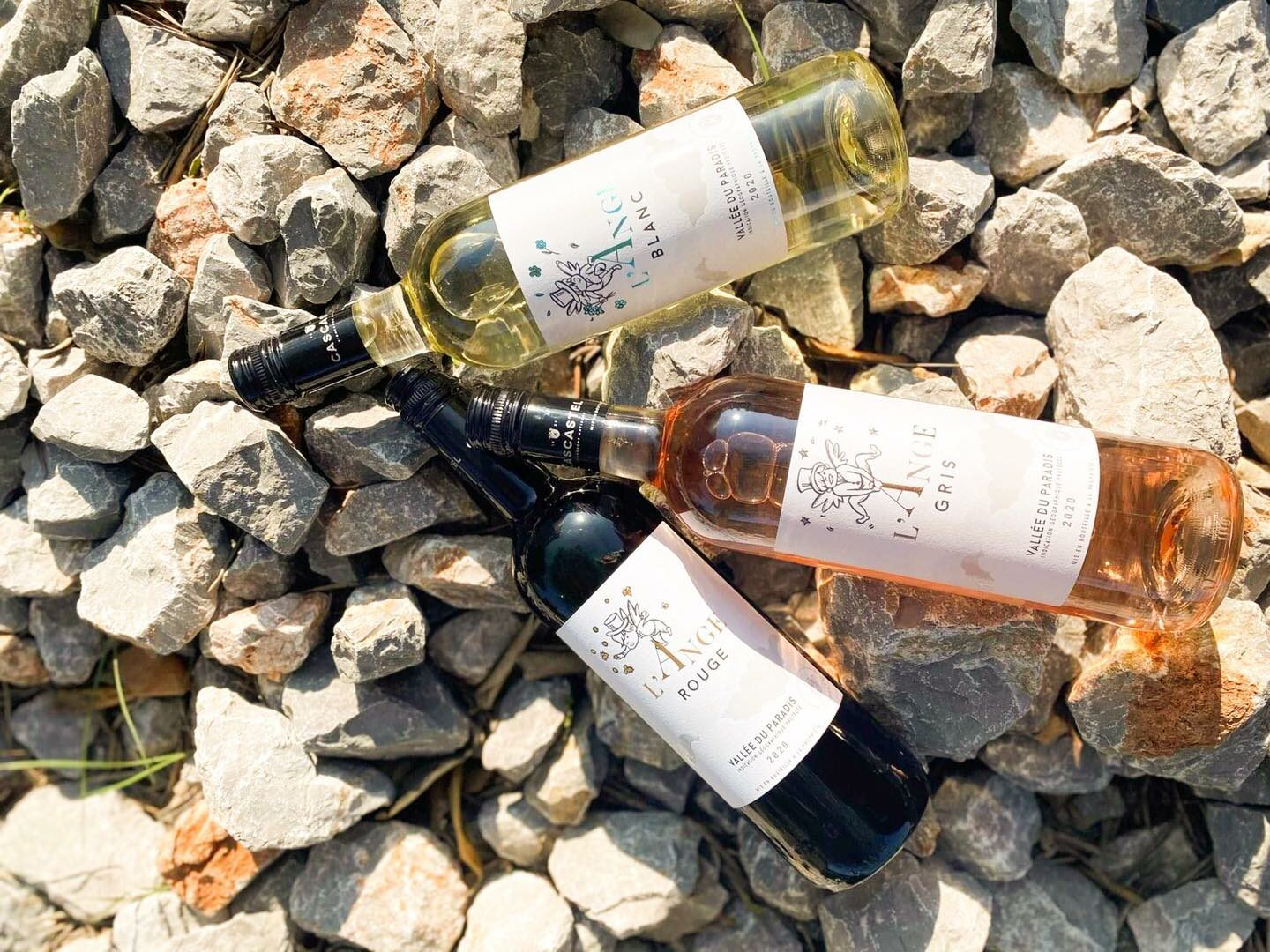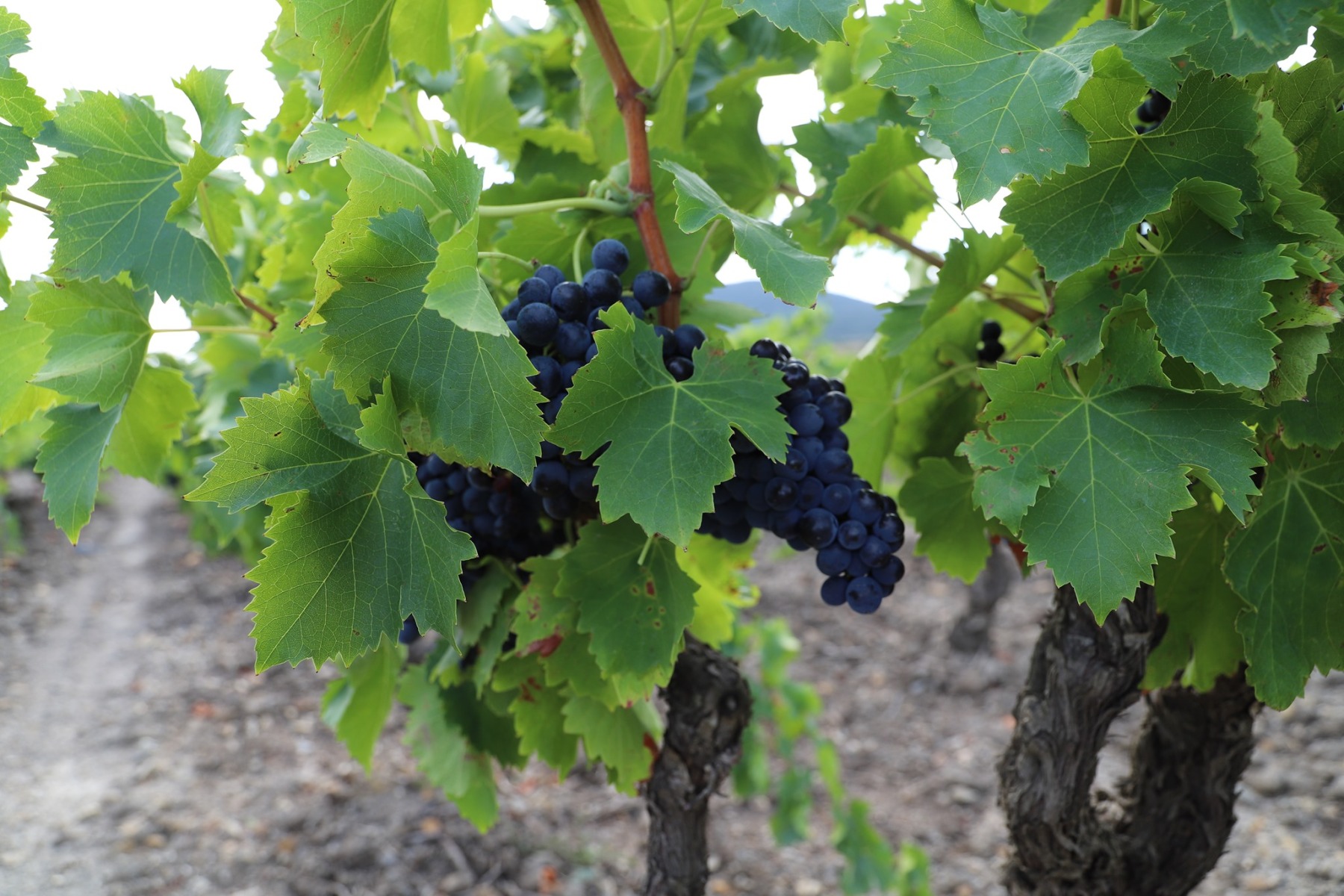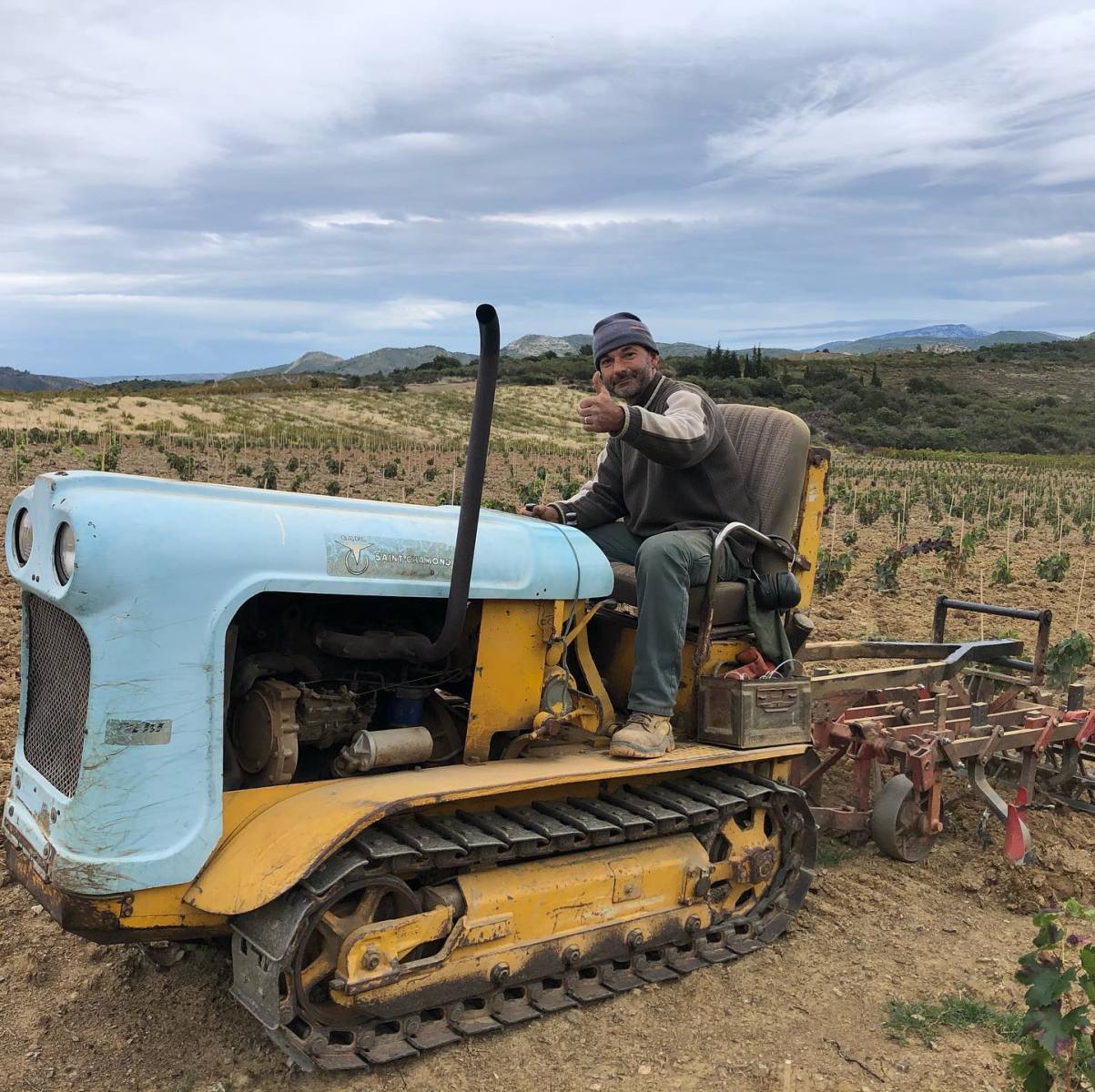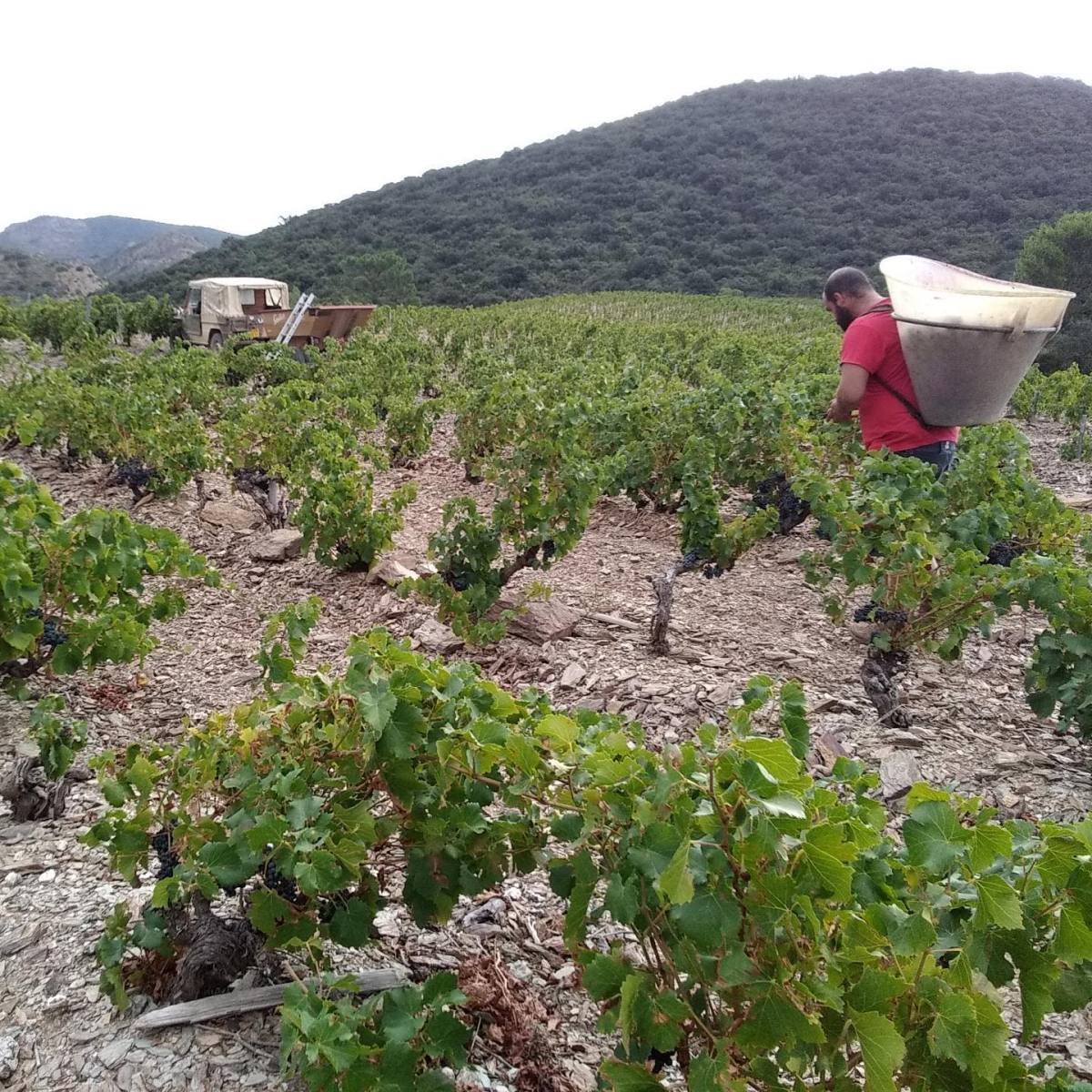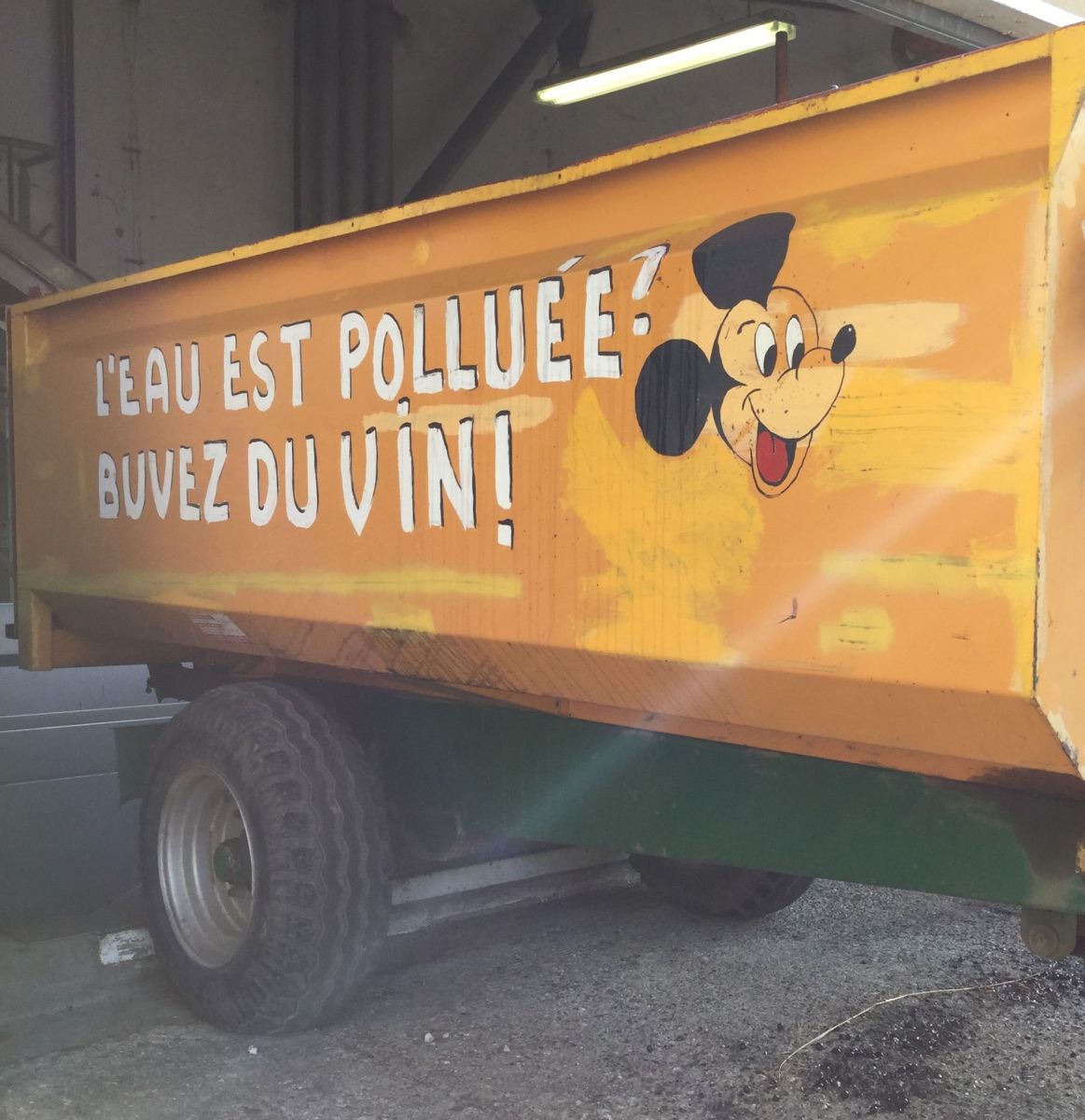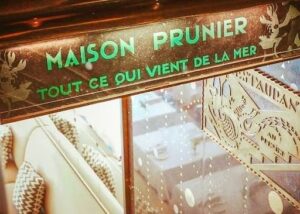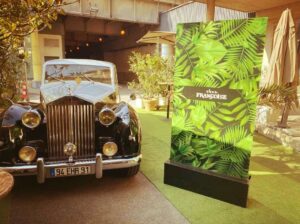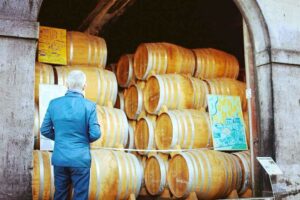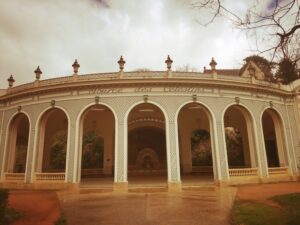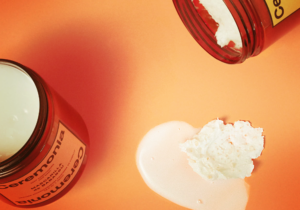Discover some Aude wines, introduced by Narbonne-Quatourze and Les Maîtres Vignerons de Cascastel wineries
14 min read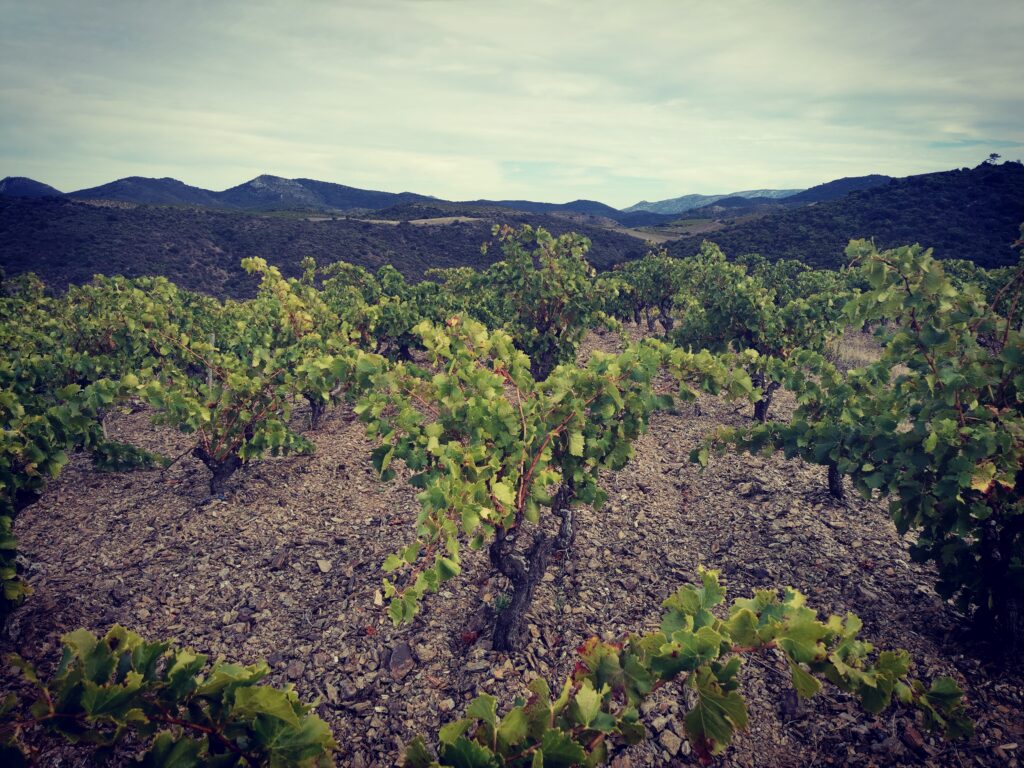
©

Still endless horizons for numerous treasures and secrets in the Aude department. Established on a vineyard land, just outside Narbonne, the Domaine Ortola is exploited under the labeled of reasoned agriculture, with a harvest that only takes place by hand in respect for traditions.
Plus, in the midwood area of Cascastel, counting a lot of winemakers, the creation of clubs was encouraged on such preserved environments, situated 25 kilometers away from the Mediterranean coasts. Indeed, this craftsmanship corporation of the Maîtres Vignerons de Cascastel cultivates a vineyard territory, full of well-established parcels at the heart of the garrigue, mainly on the terroir of the Haut-Fitou. By AP
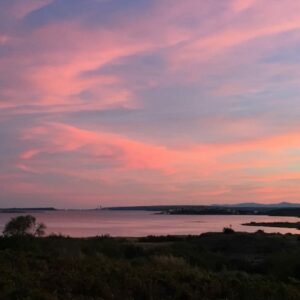 Just nearby Narbonne and around the beautiful Etang de Bages-Sigean, stands the AOC Coteaux-du-Languedoc Quatourze alongside the Robine of Narbonne, a monument listed as a World Heritage Site. This appellation is one of the oldest in Languedoc, established since April 1951, finding its name origin from the fourth milestone of the Via Domitia. For your information, those milestones were located every 1481m, through most of the former Roman roads.
Just nearby Narbonne and around the beautiful Etang de Bages-Sigean, stands the AOC Coteaux-du-Languedoc Quatourze alongside the Robine of Narbonne, a monument listed as a World Heritage Site. This appellation is one of the oldest in Languedoc, established since April 1951, finding its name origin from the fourth milestone of the Via Domitia. For your information, those milestones were located every 1481m, through most of the former Roman roads.
That’s why, this territory is mostly made up of pebbles of white quartz and hard sandstone that the Atax river has been depositing since the Quaternary era, essentially from the nearby Corbières and Pyrénées chain. Situated on a terrace, about ten meters above sea level, this appellation combines a very dry but in the same time maritime typed climate, naturally belonging to the AOC Coteaux-du-Languedoc for which a geographical mention has been made possible.
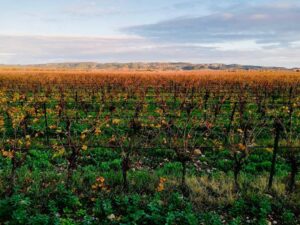 Spread over approximately 80 hectares, the appellation of Narbonne-Quatourze mainly produces around 6,000 hectoliters per year. powerful and fleshy red wines, mostly composed of Mourvèdre variety, along Syrah, Grenache and Cinsault. Those red wines can be sometimes made from short vatting, leading to a supple and aromatic variation on red fruits, whereas they tend to become more tannic with notes of cooked fruit, cocoa and spices, while on medium or long vatting.
Spread over approximately 80 hectares, the appellation of Narbonne-Quatourze mainly produces around 6,000 hectoliters per year. powerful and fleshy red wines, mostly composed of Mourvèdre variety, along Syrah, Grenache and Cinsault. Those red wines can be sometimes made from short vatting, leading to a supple and aromatic variation on red fruits, whereas they tend to become more tannic with notes of cooked fruit, cocoa and spices, while on medium or long vatting.
In the other hand, the few white wines produced are low in acid, since they are made from Grenache Blanc, Maccabeu and Vermentino. They generally hold aromas of citrus and peach, lightly tasting a bit like their rosé wines which stand out with multiple fruity aromas.
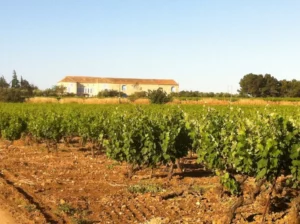
If you want to learn more about this appellation, the Domaine Ortola is naturally located near Narbonne, a few steps away from the Etang de Bages-Sigean. This family affair is settled around the Château Notre Dame du Quatourze, which belonged to the archdiocese of Narbonne until the end of the 19th century, when the castle housed a former convent.
This place name originally comes from the payment by peasants of a fourteenth of their vine harvest instead of the tax normally paid. As you can see, this vineyard is very historically rich, since it was planted by the Romans more than 2,000 years ago, but nonetheless remains fragile like its counterparts. That was a good reason for the Ortola family to lead an active biodynamic approach in order to protect their vines, thanks to an harmony between soils, vines, biodiversity and observation of natural cycles.
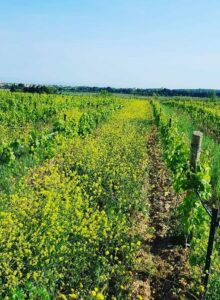
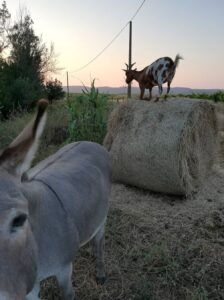
This Ortola dynamics was launched in 1983 by Georges, with the acquisition of two abandoned vineyards, around the Château Tapie and the Château de Lunes, with the goal to offer elegant wines with real personalities and made in a traditional way (photo credits: Ortola).
Swept by the Tramontana wind and bordered by the blue Mediterranean Sea, this Domaine Ortola is nowadays entirely classified as AOC and develops its own terroir, with a low yield. Therefore, planted on clay-limestone soil and rolled pebbles, their vines are protected from the sea winds thanks to the Clape Massif. Thus, those soils are cared within a natural biodynamic process, respecting biodiversity and inner ecosystem.
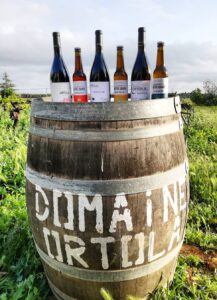
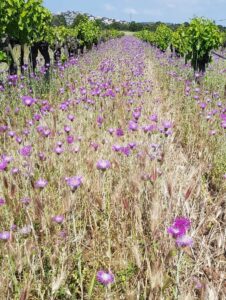
Guided by lunar cycles, while covering their vineyards with different types of vegetables, cereals and even bee plants to feed their bees, this environmental commitment conducted this wine estate to be certified as organic farming actor by the ECOCERT organism and even in next biodynamics certified by DEMETER. On top of that, those healthy vineyards generate large grapes harvested at the right maturity and valorized through a meticulous vinification, without added sulphites throughout the vinification phase.
The result is a selection of fine premium wines and also beers, imagined in a natural way and in the middle of multiple vegetal essences, such as olive trees.
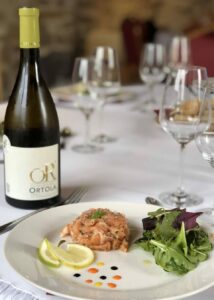
We start with L’Or range, which is available in a white wine (only vermentino for a beautiful minerality and persistence in mouth) and rosé wine (cinsault, syrah and grenache for a gourmet mouth of citrus fruits and subtle vanilla notes at the end). This duo is entirely manually developed, supplemented with indigenous yeasts, without adding any sulfur before the end of alcoholic fermentation, operated in barrels.
Then, the range of biodynamic Nautica wines are highlighted via a cuvée steeped in history and at the origin of a terroir established by the Romans more than 2000 years ago. Once again, these red wine (with red fruits and vanilla aromas at the end), white wine (with peach and grilled hazelnut aromas) and rosé wine (with red fruits aromas), aged in barrels, are produced in accordance with the principles of biodynamics, with indigenous yeasts, and without adding any sulfur before the end of the alcoholic fermentation.
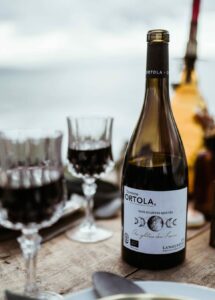
The three basic cuvées of the Domaine Ortola convey a beautiful blend of white (with white flowers aromas), red (with garrigue and black fruits aromas) and rosé wines (with pink grapefruit and white peach aromas) which nicely expresses the accessible and warmful Mediterranean spirit.
Last but not least, Au Rythme Des Lunes family is probably the most surprising range… These wines without added sulphites had again no input added, such as sulfur, during vinification, in compliance with the principles of biodynamics. Although the quantity of sulphites is controlled and limited, since they are naturally present in wine, especially during fermentation, completed by indigenous yeasts which ferment at a regulated temperature. The rosé wine somehow reflects a jelly of red fruits and spices, on a smoky final touch, while for the white wine, there are sensations of yellow fruits, before a fresh lime blossom finish. Without forgetting that for the red wine, a gentle extraction was carried out for a traditional maceration of 3 weeks, evoking velvety aromas of garrigue, spices and even incense.
Domaine Ortola, Notre Dame du Quatourze, 11100 Narbonne (France) / Phone : 00 33 (0)6 38 43 49 24. More information on their official website.
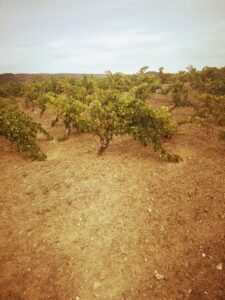
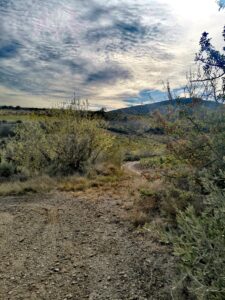
On another mountainous side, the Maîtres Vignerons de Cascastel entity may be regarded as a historic and modern cellar, although it was created in 1921, and which is able to bring together a club of vineyards, native from 4 villages, including Cascastel, Fraïs, Saint-Jean-de-Barrou and Villesèque-des-Corbières, all distributed in the massif of the Hautes-Corbières and the Haut-Fitou.
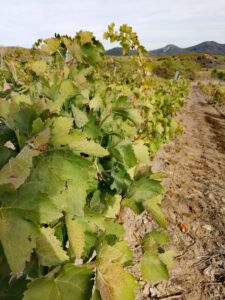

Adding to this, in this context of vines generating limited productions, the Maîtres Vignerons de Cascastel therefore tend to reach a certain goal of premium wine production, while respecting the environment. Indeed, organic farming has already been active in this area since 10 years. Since the 2009 vintage, the main part of the winemakers pays the greatest attention to sustainable agriculture, that today represents a surface of 30 ha.
For information, this responsible philosophy has already been under process in a way, for more than 30 years, when this collective of winemakers started to rise interest for this reasoned culture approach. Cherry on the cake, at the crossroads of the 2019’s harvest, the winemakers got the honor to be certified with a HVE3 label, honoring at this point around 90% of their production.
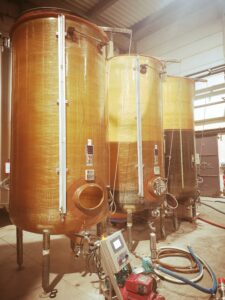
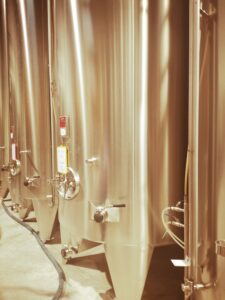
For more regulations, an internal approach was initiated, including the BIO and HVE3 certifications but which aims to go further in this thematics, in the quality of the REVE concept (for “Respect for Humans, Vine and the Environment”). In fact, this policy integrates technical support at disposal of the winemakers, with at least two formations per year of all types, including wine tastings, or about reduction of inputs.
Not to mention a biodiversity flap to act in a conforming way, in order to preserve a rich biodiversity. In summary, willing to obtain a homogeneous agro-environmental practice, this REVE concept promotes reasoned agriculture, all set up here to meet the qualitative and environmental requirements specific to each of these terroirs.
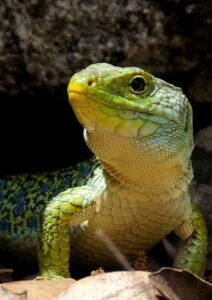
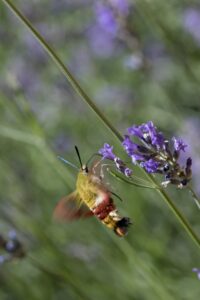
Starting from this principle, the winemakers may feel fully concerned and actors of the global undertaken actions. One of the main illustrations of this program is the foundation of a partnership in 2018 with Grégory Deso, an herpetologist member of the Herpetological Association of Provence Mediterranean Alps (aka AHPAM), which led to a preliminary research concerning the presence of specific reptile species, threatened on different sectors of the parcel (photo credits: Christophe Grousset & Georges Souche).
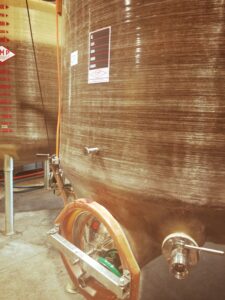

Based on this green preliminary, each of the produced cuvées would naturally reflect the selected terroir that gives them life and the secular know-how of the Maîtres Vignerons de Cascastel, which have been associated with the common desire to federate a whole series of talents. The complete involvement of each of the actors of this unique cellar, including the active participation of these solidary winemakers and their employees, supported by a significant amount of technical installations, make it possible to propose for each of the cuvées a certain taste regularity. On top of that, the collaborative work done between the winemakers and their technical teams, in particular inside the cellar, permit to refine the several juice selections each year from the different terroirs. As a result, a permanent questioning is putting, in order to respect a certain constant quality.
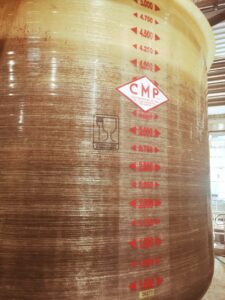
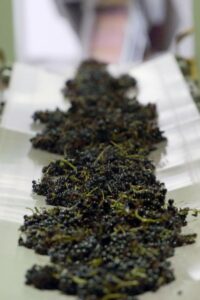
This is why while approaching harvest, it is not uncommon to observe winemakers associating their forces, in order to bring their synergies closer together. As a matter of fact, this teamwork is valuable, essentially when they get tied within the tough vine operations, sometimes made jointly to reach the optimum maturity at the same time, as a necessary condition for their final validation. In the other hand, these partnerships are in perpetual movement, so that those operations could be more flexible and adaptable, without being stuck in time.
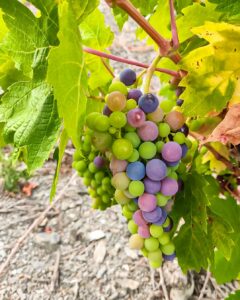
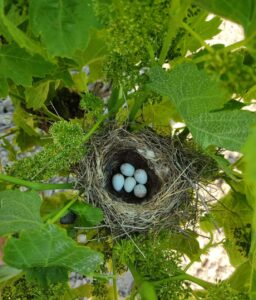
Thus, we can find through the range of their wines all the typicality of the different terroirs, component of this plural Cascastel domain. In this way, the expression of selected cuvées highlight the traditional grape varieties of this so rich but steep relief of Cascastel. Indeed, this terroir is mostly composed of black shale hills, north and west, along other clay-limestone sleeves in the southern and eastern parts. This vineyard of 950 hectares being located between 150 meters and 300 meters above sea level, the rather fresh nights preserve the inner fruity aromas and grape texture.
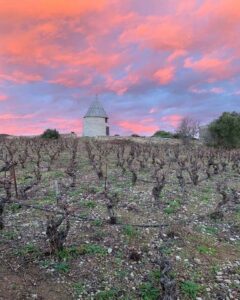
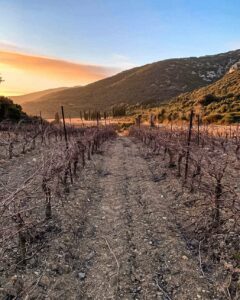
Thus, to learn more about the personality of the different domains, we offer you this non-exhaustive panorama of the appellations of the Languedoc wines but which are covered here by the area of Cascastel. Starting with the Corbières territory, considered as the first Languedoc appellation in terms of volume, covering about 13,000 hectares, and AOP labeled since 1985. In this case, the vineyards cultivated by the experts of Cascastel are located on the prestigious terroir of Durban, in the heart of the “Haute Corbière”. Moreover, some time before their accession to this AOC homologation in 1985, a couple of tasty and fine Corbières wines were already produced on their terroir. For example, we invite you here to discover the AOC Corbières Héritage de Bonnafous, completed with a nutmeg touch for this premium cuvée, consisting of 70% of white Grenache and 30% of Macabeu. You have to know that this Héritage de Bonnafous is either available in 2018 and 2017 vintages.
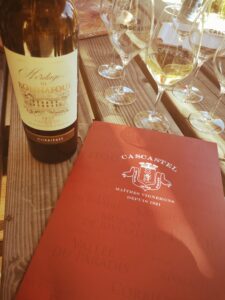
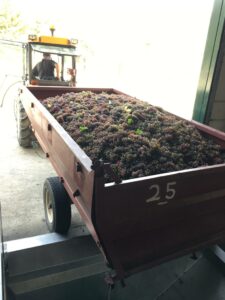
Nonetheless, if you wish to orientate into rosé wines, the Fraxinum Extra 2020, offers a tribute to the vineyard passionate from the village of Fraisse-des-Corbières who associated with the wine experts from Cascastel-des-Corbières in 2006. For your information, this Fraxinum edition represents the original Roman name of Fraïs-des-Corbières and means “ash tree”, with a deep reference to this very present tree in this sector. Once in mouth, this fruity wine, composed of 50% of Grenache, 30% of Carignan and 20% of Cinsault, offers a bucket with more roundness, and explicit notes on red fruits, such as redcurrants.
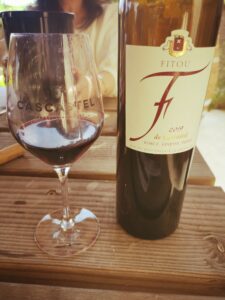
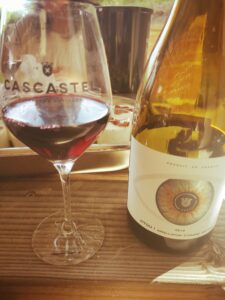
There is thus a Fitou maritime (sid-limestone), located on plains and on the other hand, the Haut-Fitou (shale), situated more in altitude and closer to the Corbières, operated here in organic process by Cascastel. The main part of this territory extends in the department of the Aude, between the Mediterranean Sea and the Mountains of Corbières on almost 2,600 hectares, divided into these two separate entities separated from about 30 kilometers. In addition, these two areas are composed at their eastern part, of a series of small hills pursued by a long stained plain, and in the western part stand small basins organized around narrow and closed valleys, dominated by hutches with steep slopes. For your information, the Cascastel vineyard is exclusively located on the Haut-Fitou, consisting of a multitude of small plots won on the garrigue, in high lands.
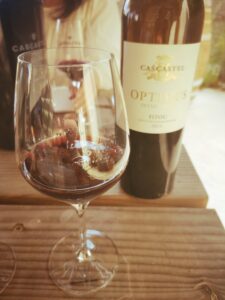
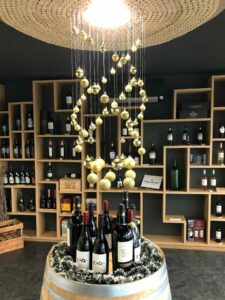
Therefore, in this category, red wines are mostly the lot of alloys between Carignan grape varieties, black Grenache (whose large majority resides in old vines aged of more than 50 years) and of course Syrah. For example, we suggest you to enjoy a vibrating bottle, in the entity of the 2014 Castelroc. This red wine displays flexibility and suavity, while offering a perfect balance between fruity but also large horizons in mouth. Behind a sparkling and delicate nose, its lively and fresh juice offers a notable concentration and real coherence.
At the base of this tasty red wine, your senses would undoubtedly swing between notes of macerated black fruits and garrigue accents or even thyme. From this disconcerting evidence, those tannins may equalize some persistence in your palate and truly express the explicit aromatic palette from those sunny soils.

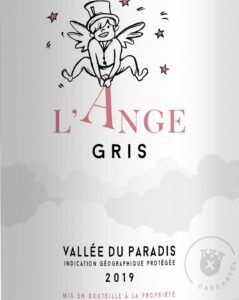
At last, the IGP Vallée du Paradis, represented here by the Ange Gris item, is located in a fascinating valley, crossed by rocky territories, with random rock falls and varied soils that wear this name in reference of dreams, namely the “valley of paradise“. The explanation of this celestial nickname could be maybe found by the fact that in its territory, there were no roads, and that alfalfas were born blue and more colorful, moreover this area had been preserved from the Great Plague. Inside this country, which is limited to a few villages belonging to the massif of the Hautes-Corbières, you would easily appreciate this authentic terroir tainted with history and tradition, spread into beautiful and foggy landscapes. This vineyard is a real oasis that runs from hills through garrigue, that transmits its expression of wild spices and fruits into the Cascastel juices. A specificity partly due to the Merlot variety for the production of the red wines of this IGP Vallée du Paradis, associated with traditional grape varieties in order to provide them a unique character.
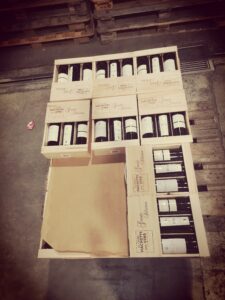

Without omitting the Rivesaltes AOP, which has been existing since 1936 and becoming popular in the 80s, although some say that these vineyards have been present in this area for more than 2000 years. Spread through approximately 90 municipalities between the Corbières at the northern part, the Canigou peaks at the western part, the Pyrénées mounts in the southern side and the Mediterranean Sea at the eastern angles.
From those charming territories is extracted the famous Muscat wine of Rivesaltes, matured here in stainless steel tanks and laying on fine lies, whereas the regular Rivesaltes gets as well matured during two years in stainless steel tanks before have some complementary rest, during 3 years in oak barrels. The lucky 2,600 hours of sunshine per year, less than 600mm precipitation, the marked summer drought and the omnipresent tramontane wind allow these grape varieties to produce the natural sugars necessary for the development of these natural wines.
In order to reach this quality, the Muscat of Rivesaltes is mainly composed of Muscat from Alexandria along Muscat with small grains.
Les Maîtres Vignerons de Cascastel, Grand-Rue, 11360 Cascastel (France) / Phone: 00 33 (0)4 68 45 91 74. More information about their wide wine selection on the official website. Their cellar is open from Monday to Friday, from 9am to 12pm and 2pm to 6pm except public holidays.
